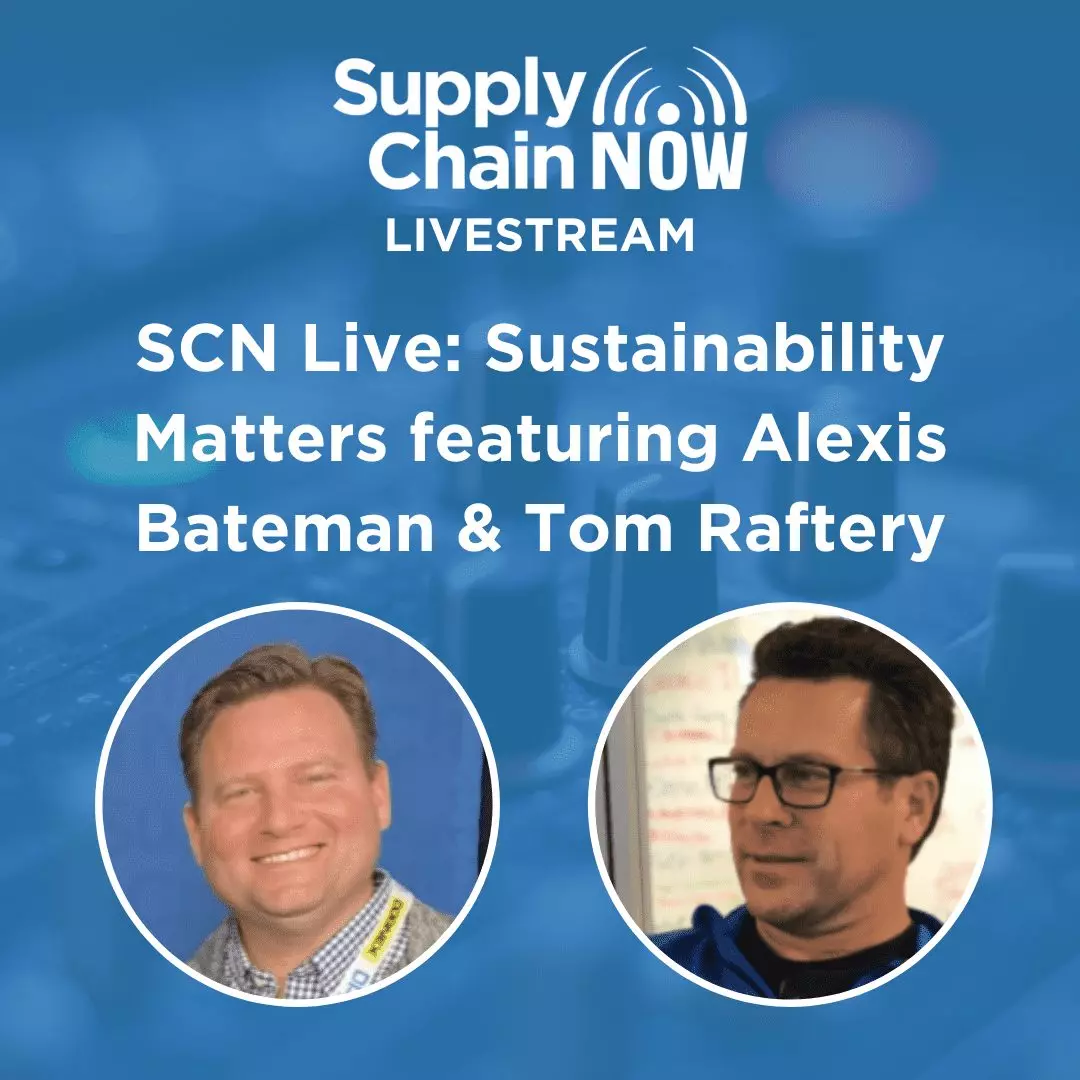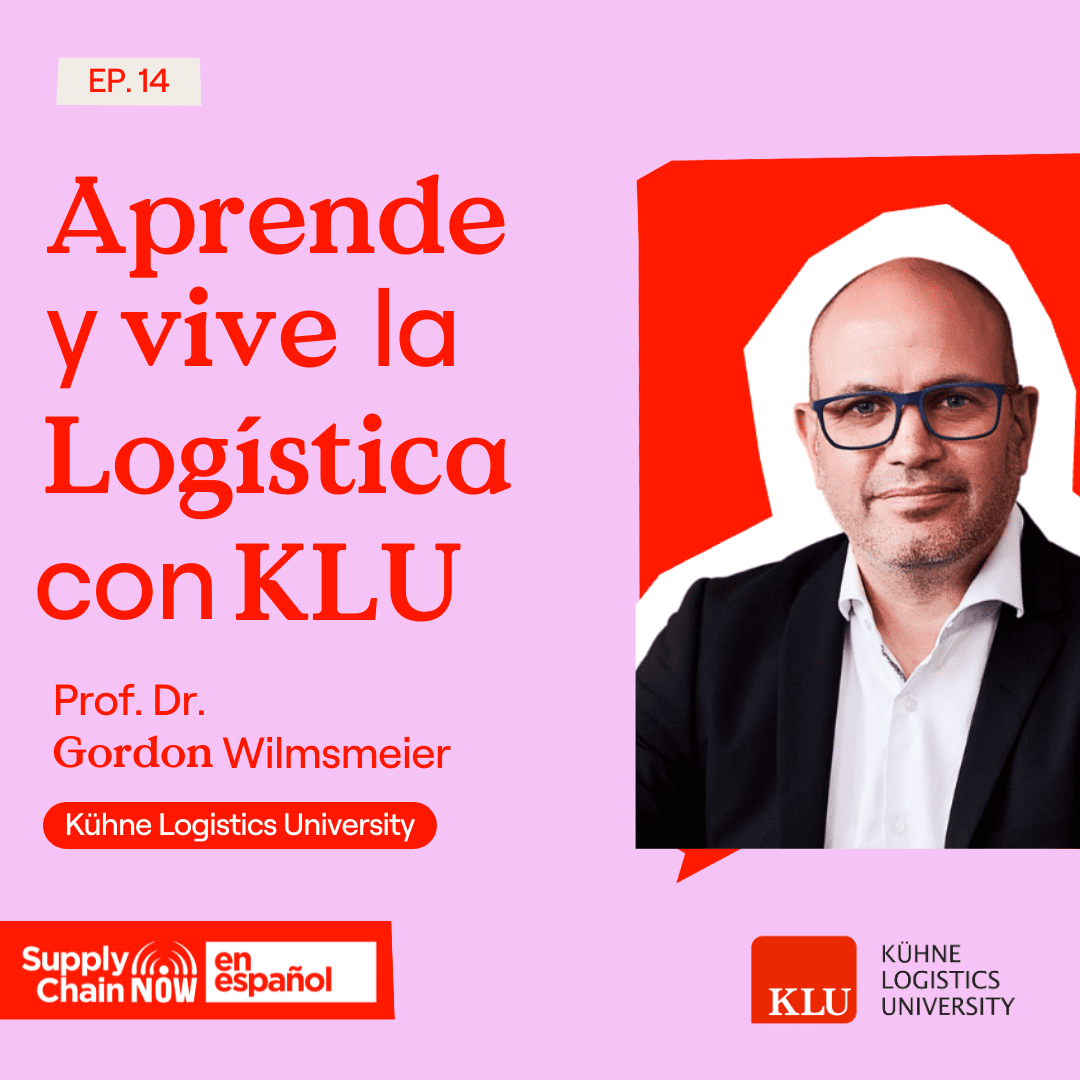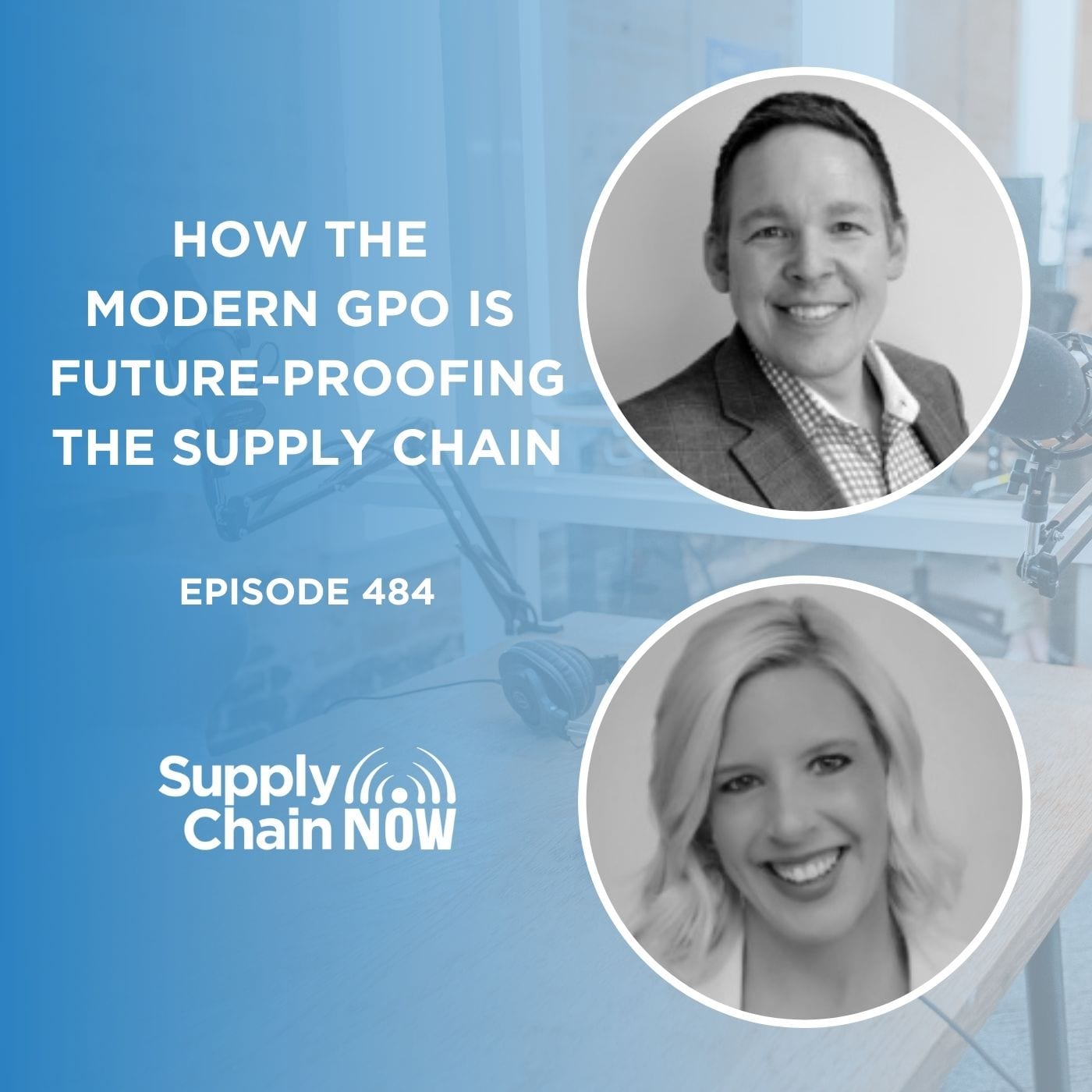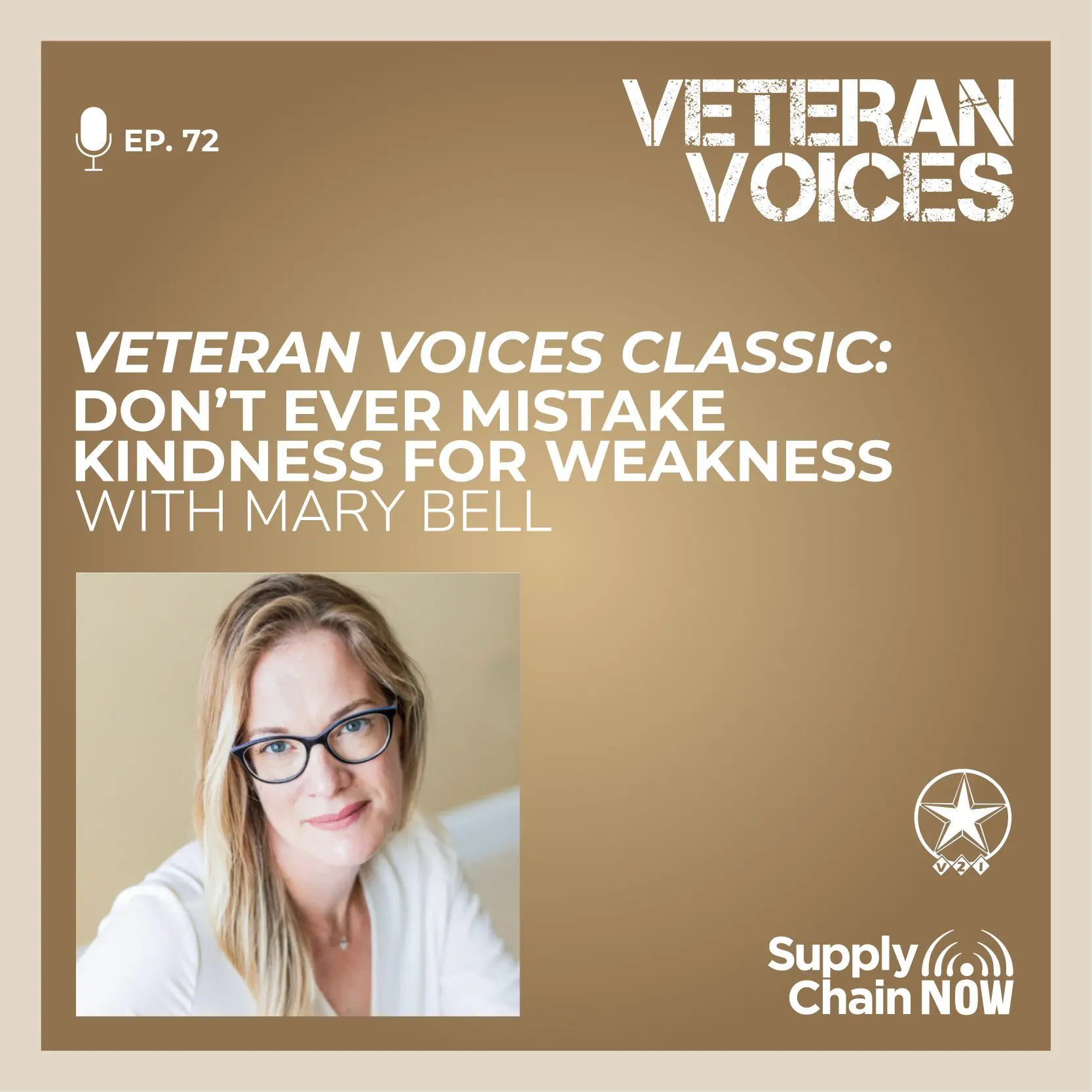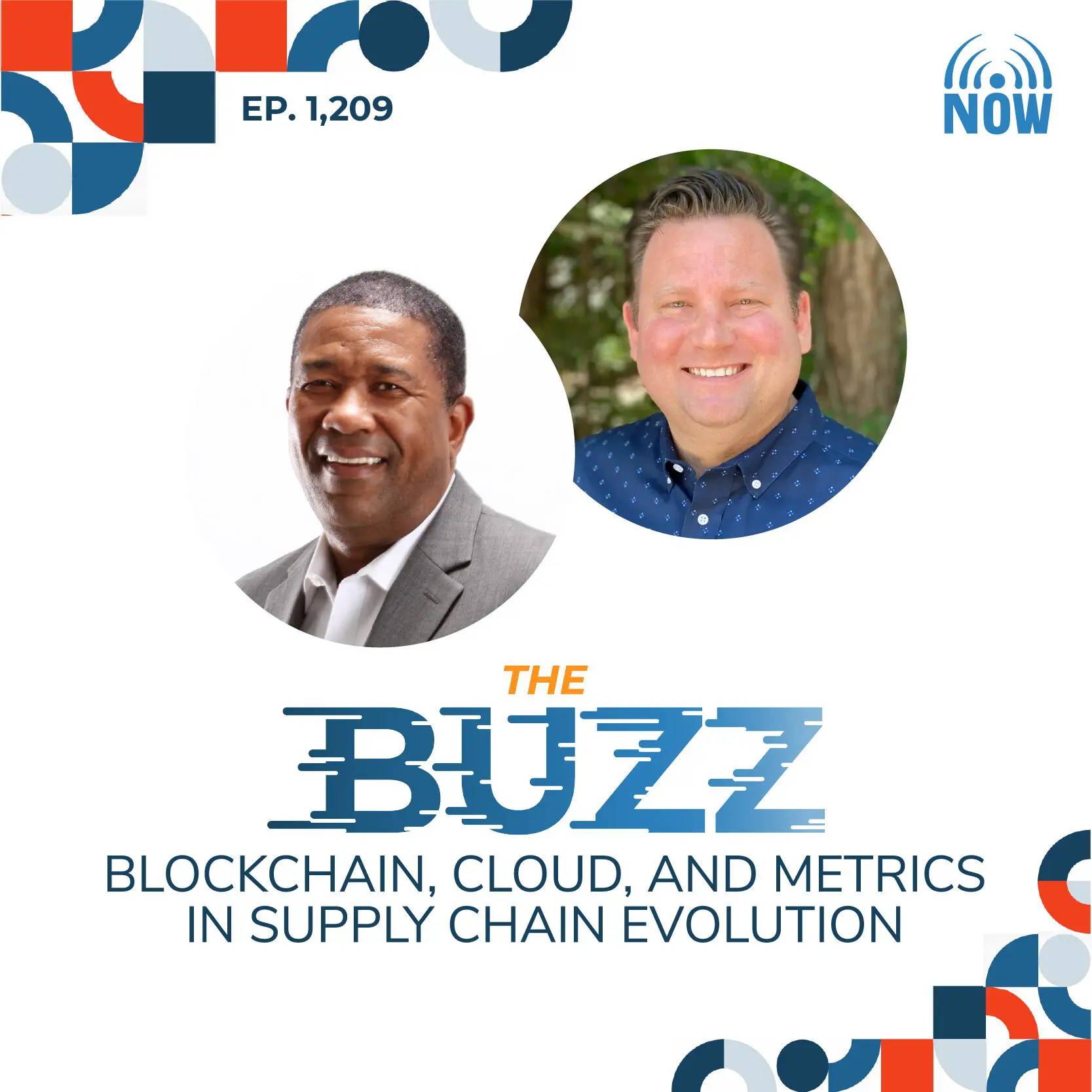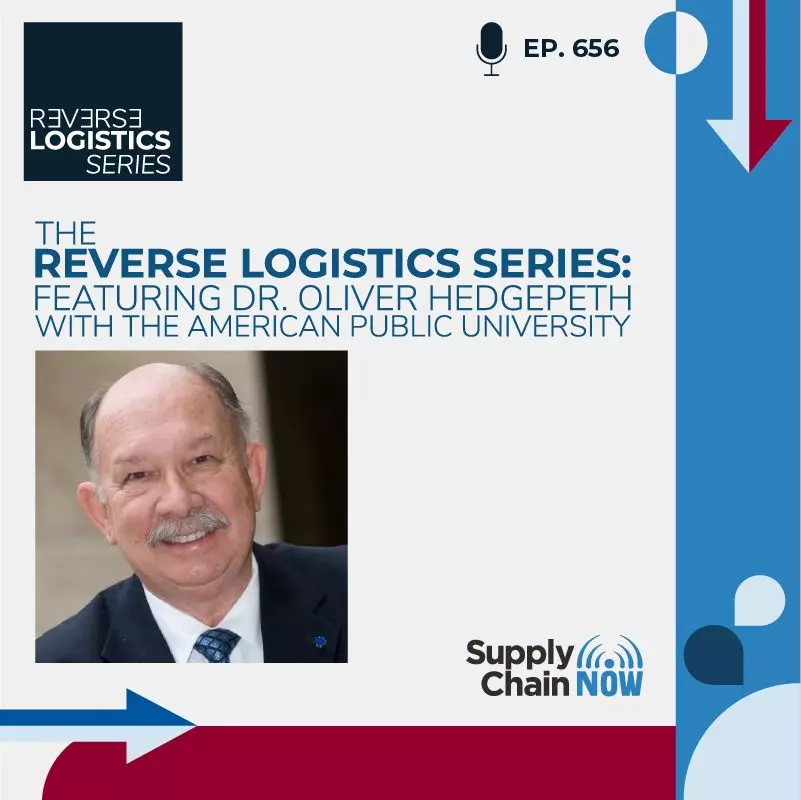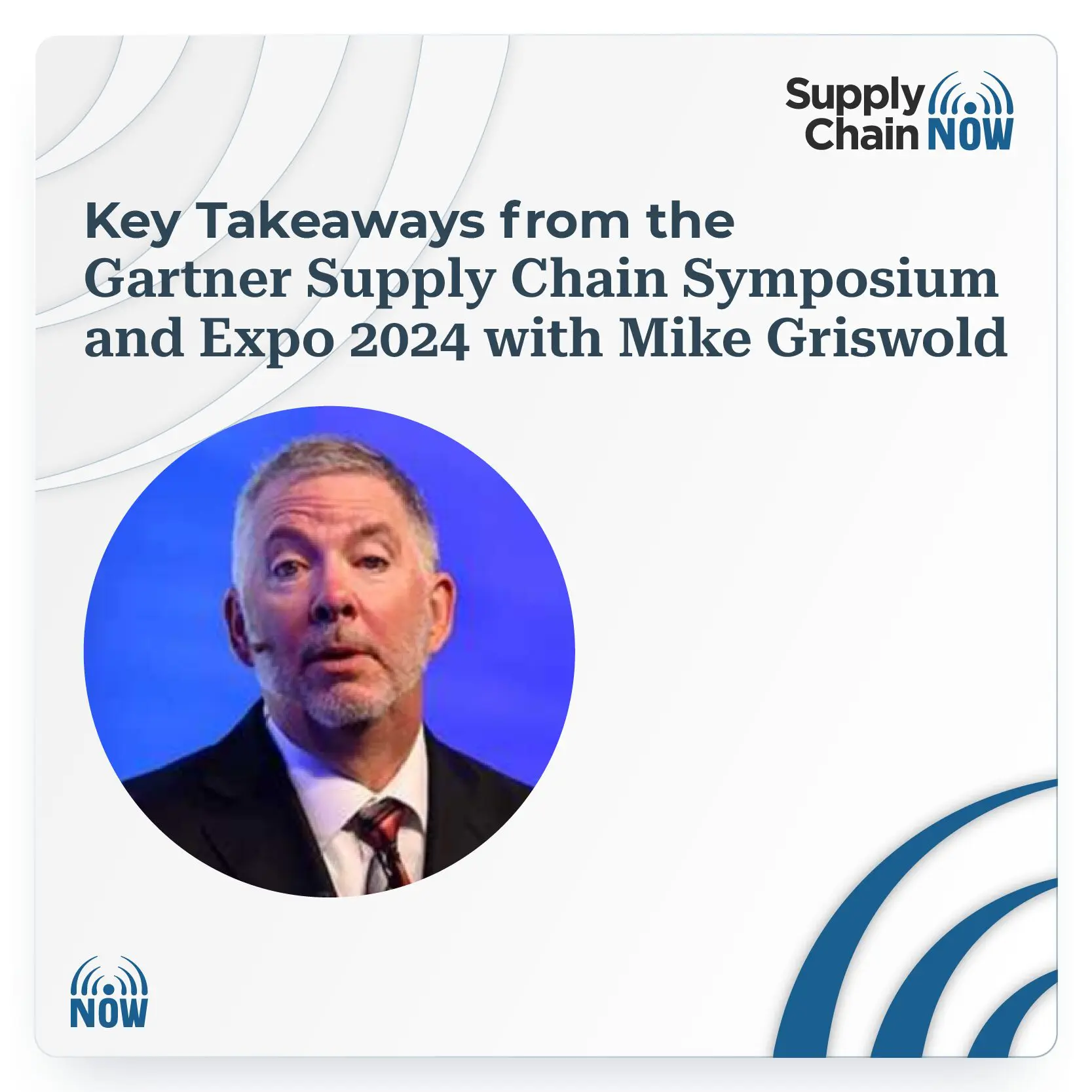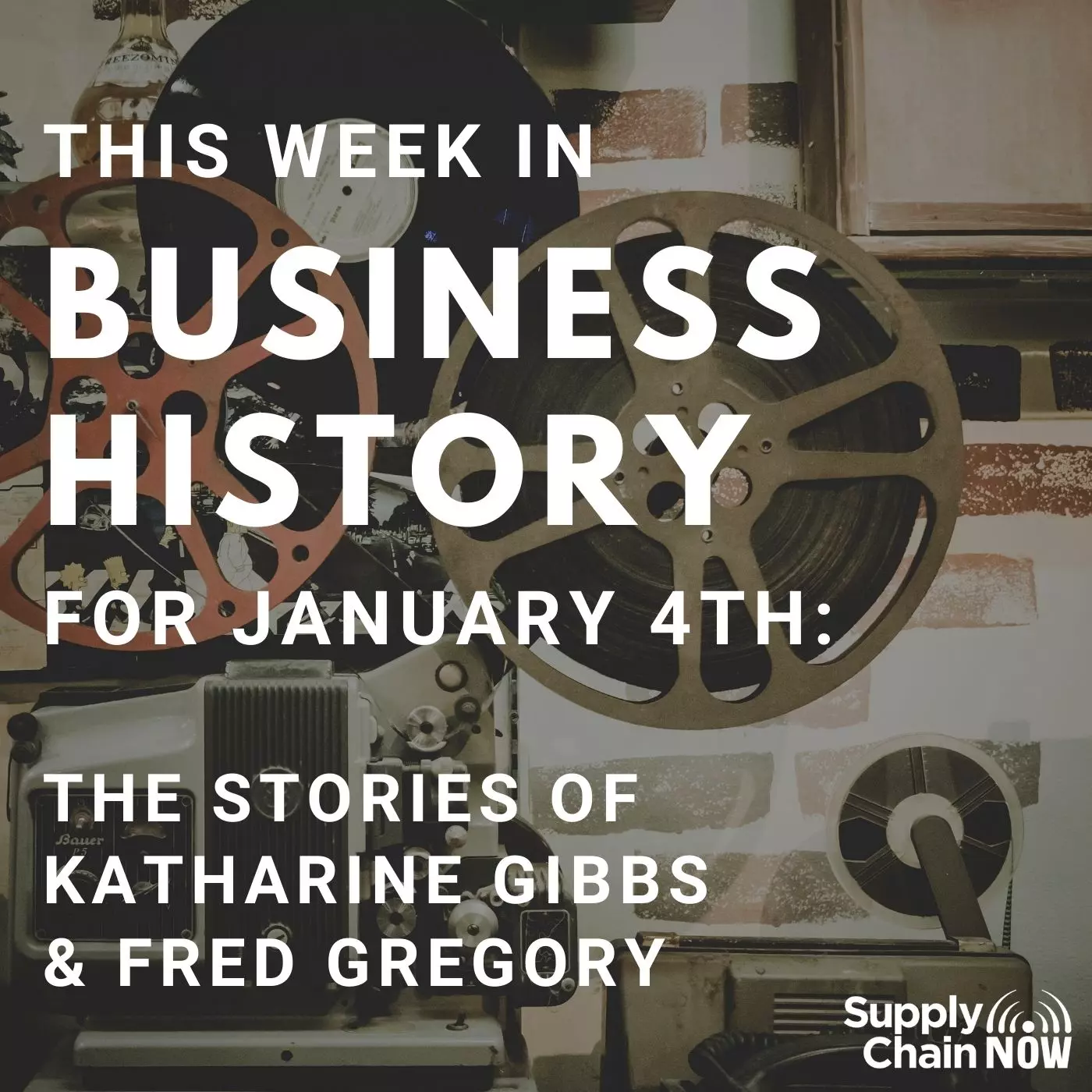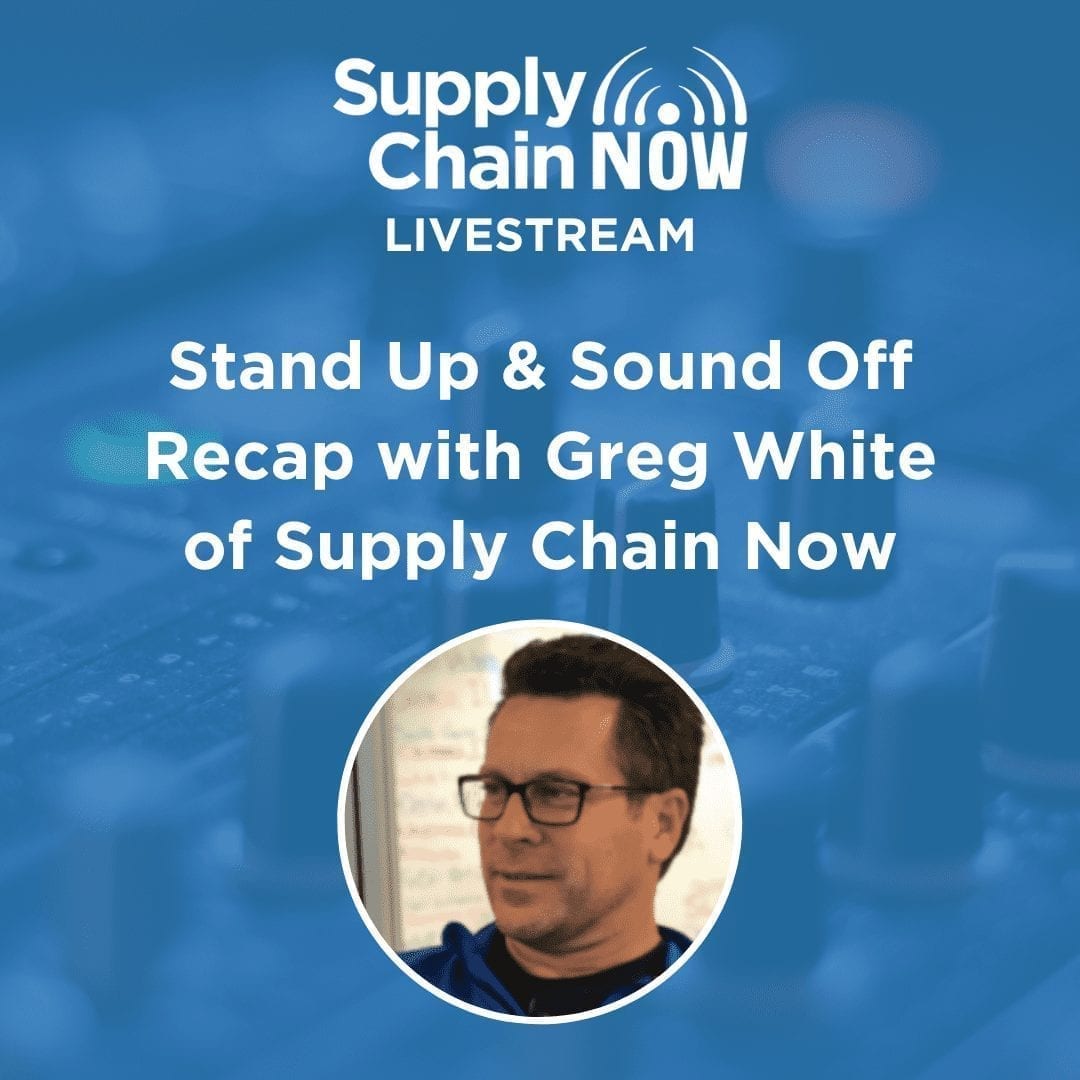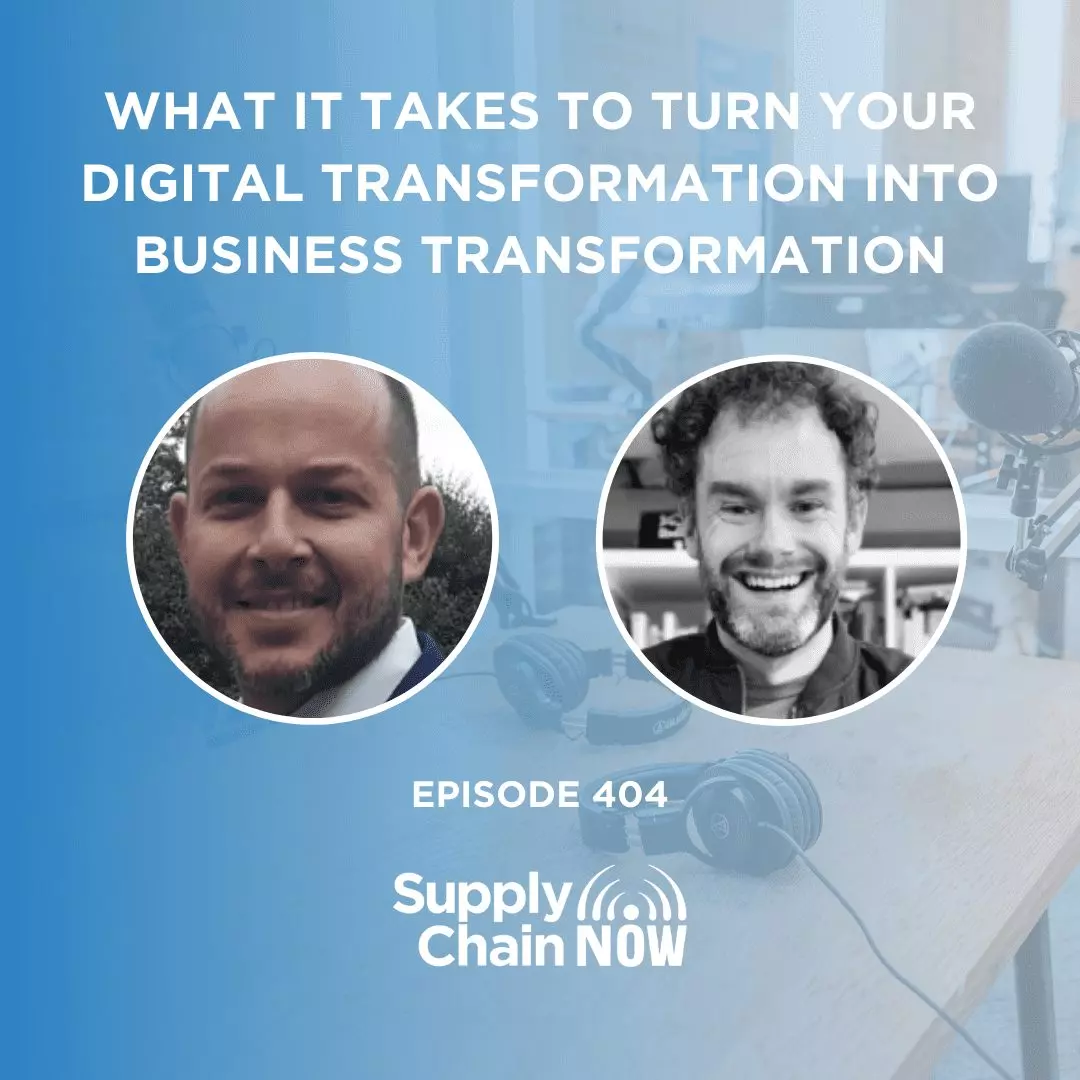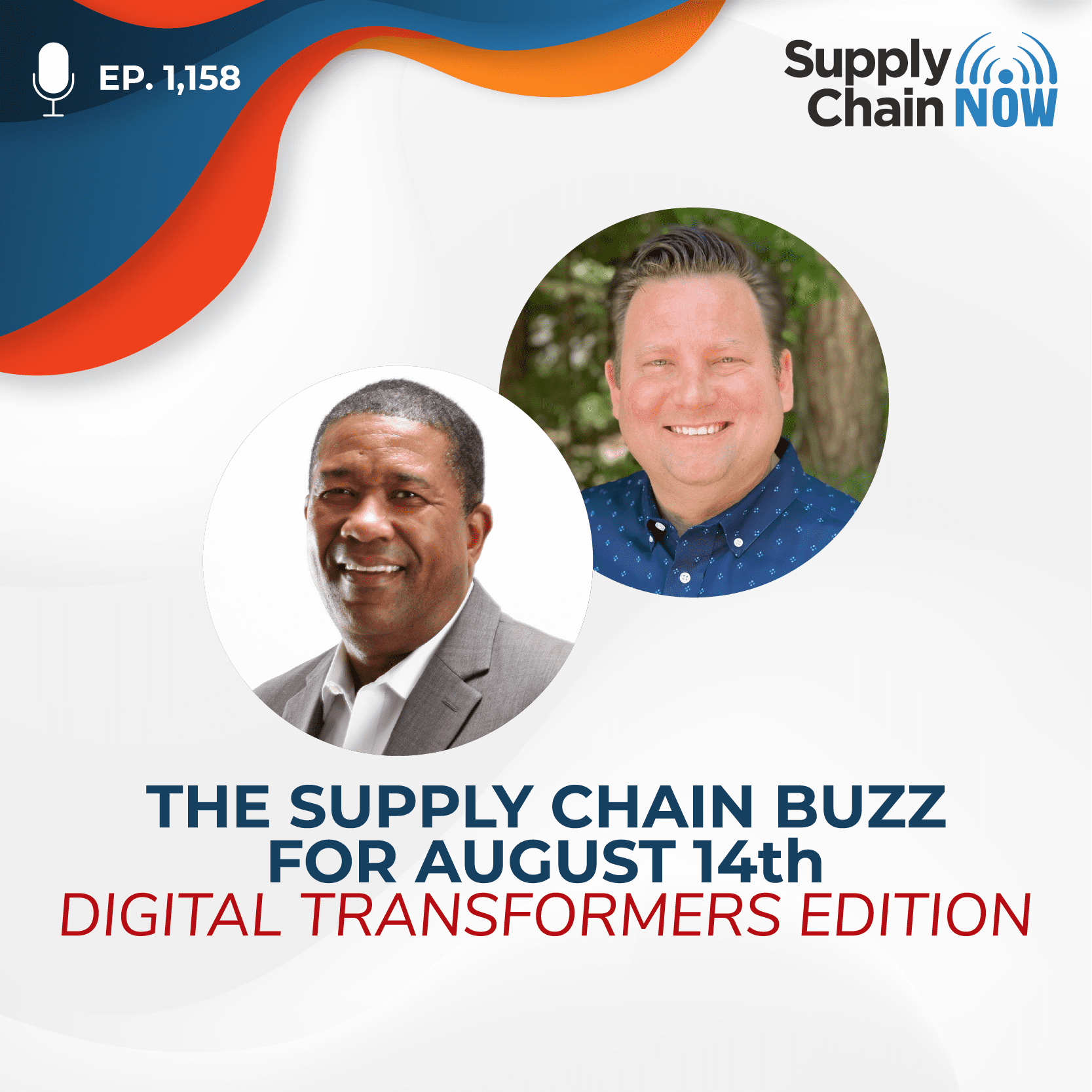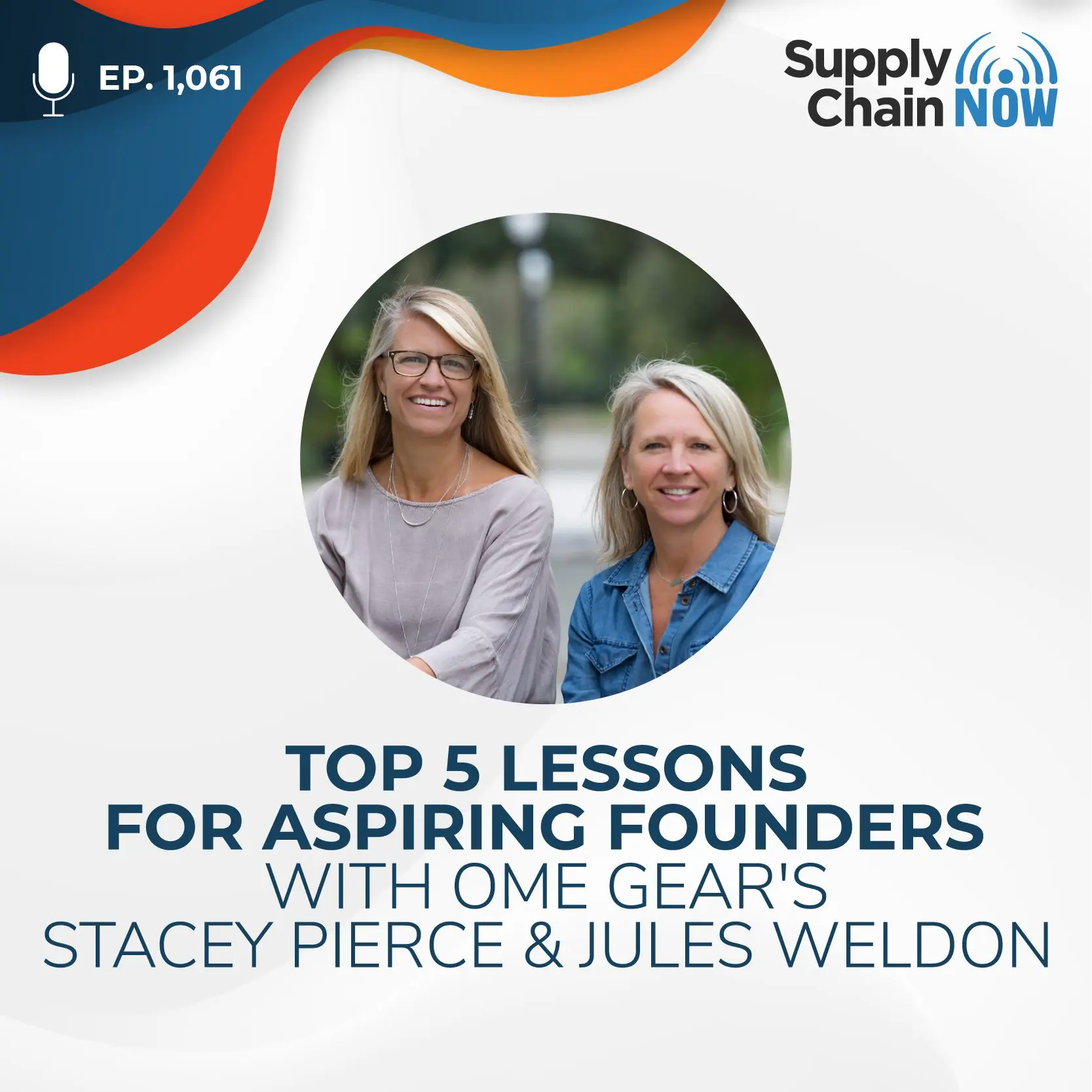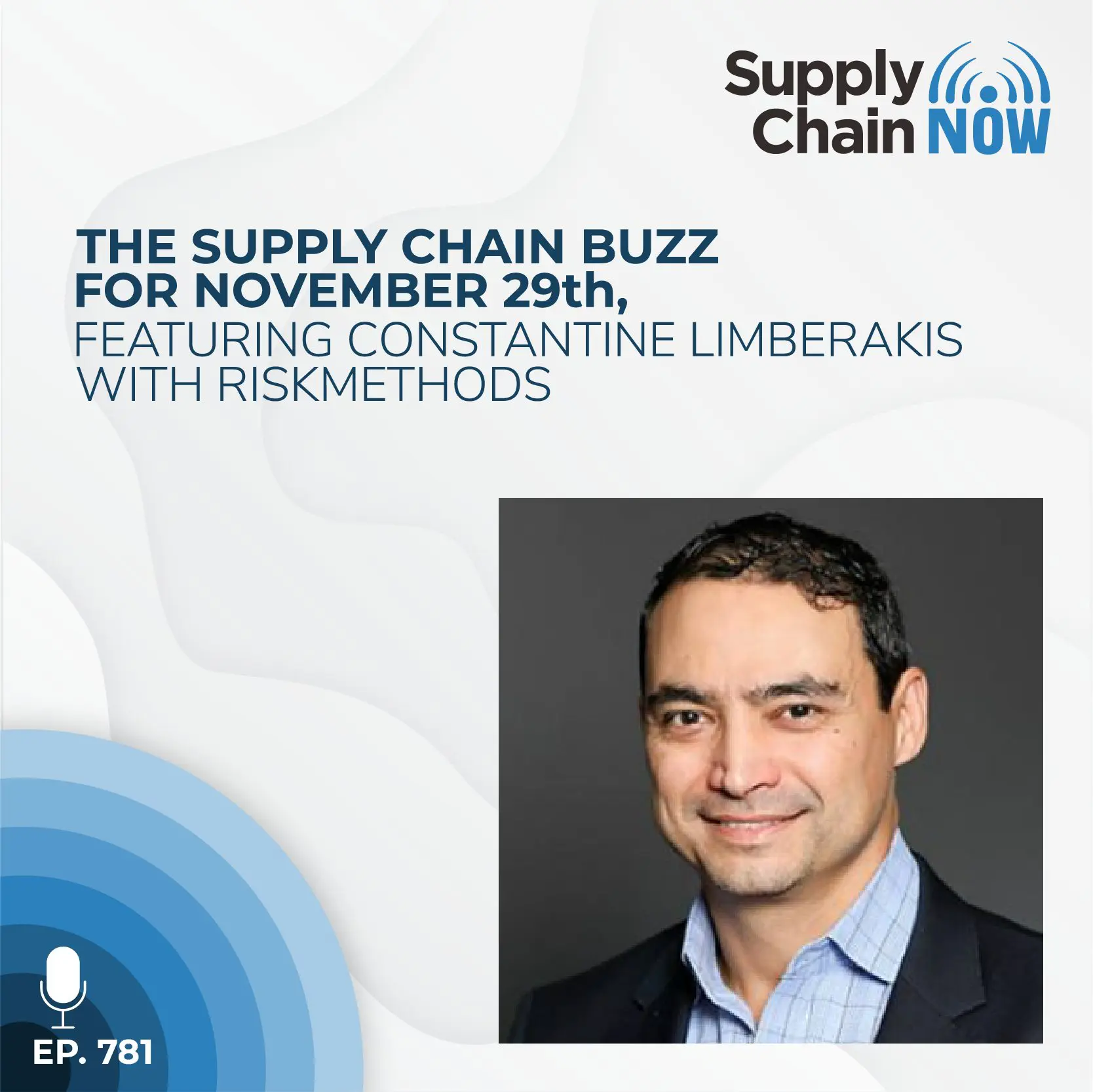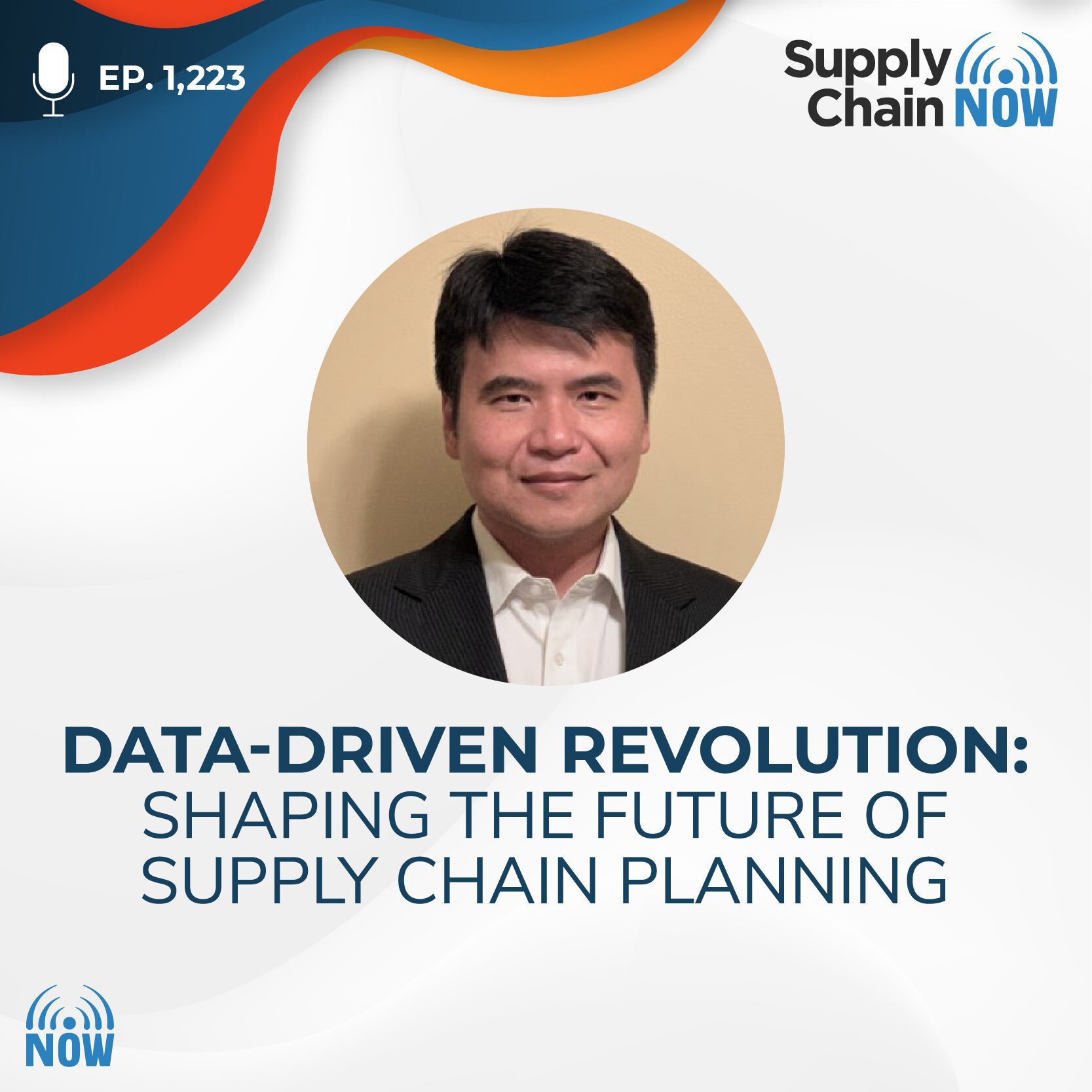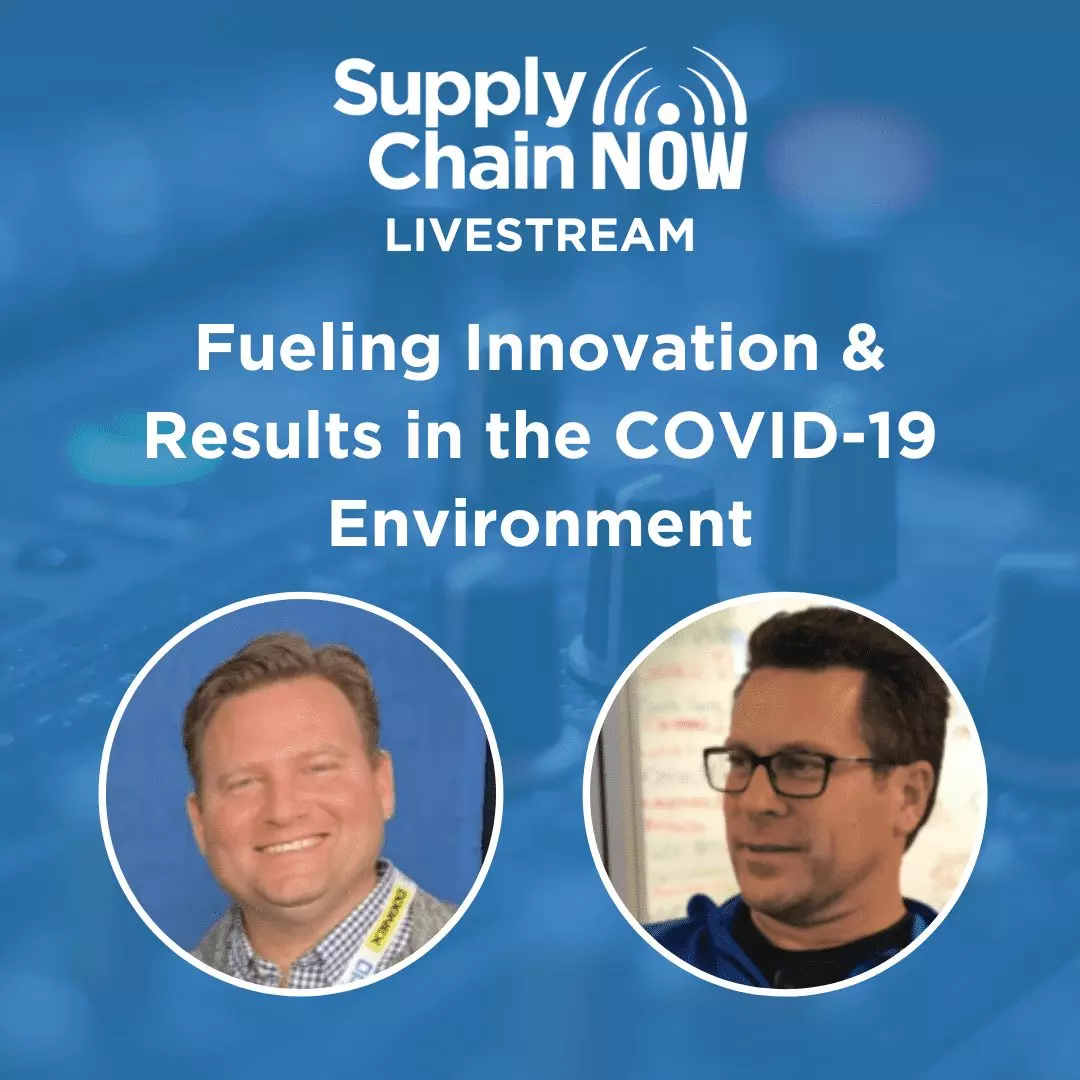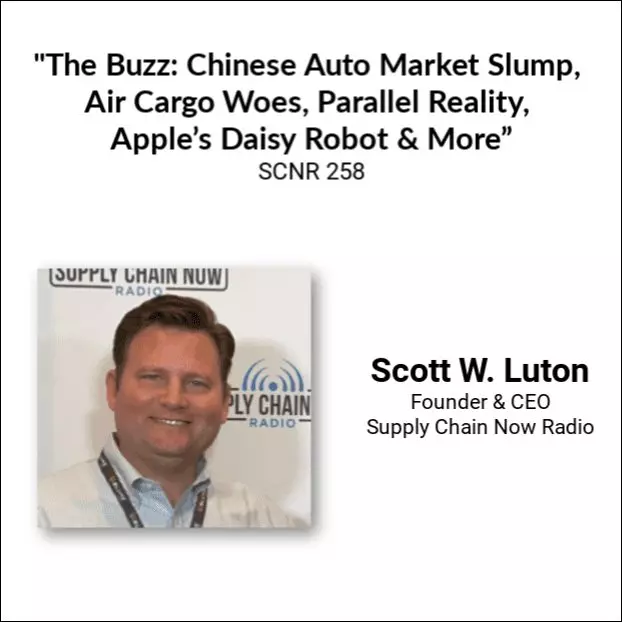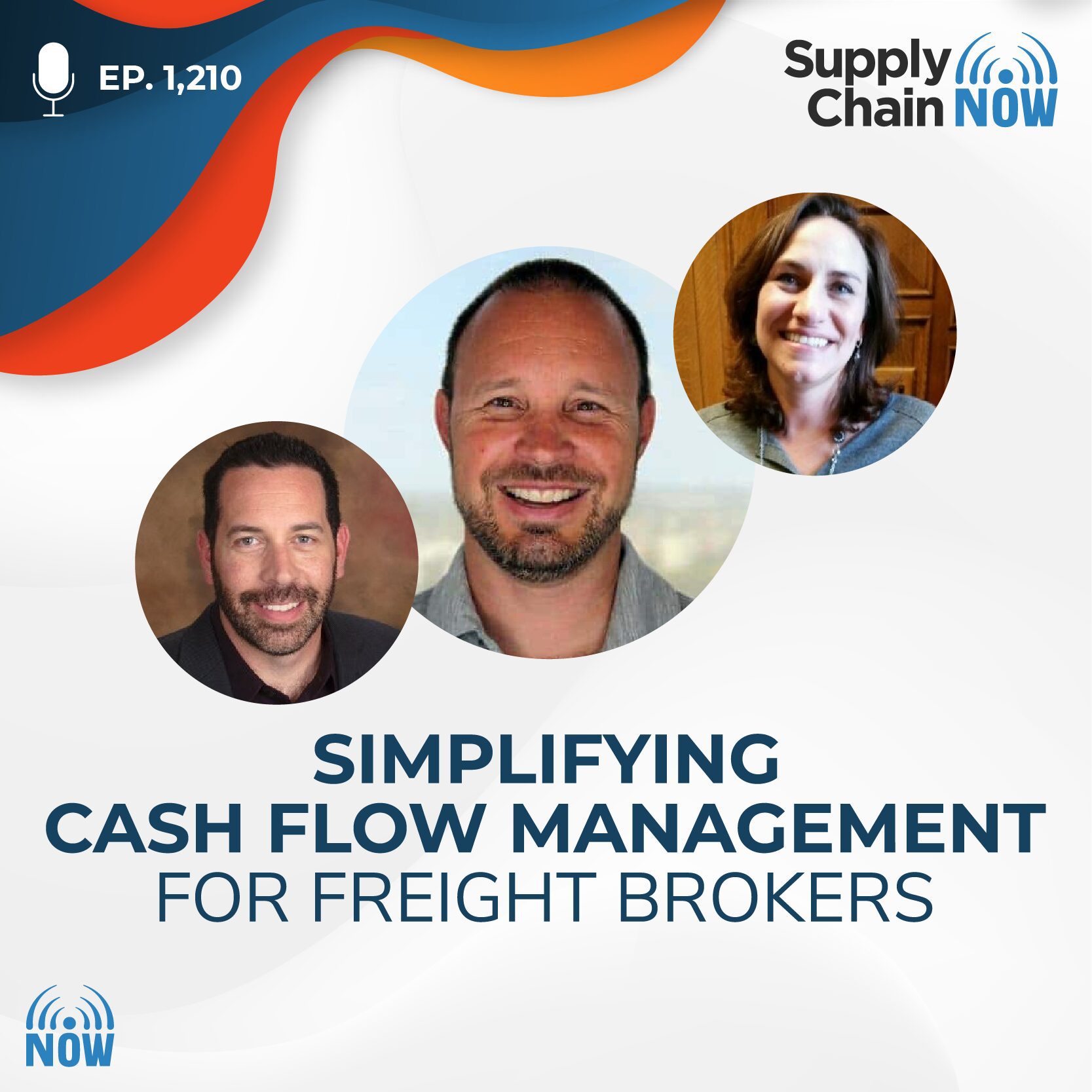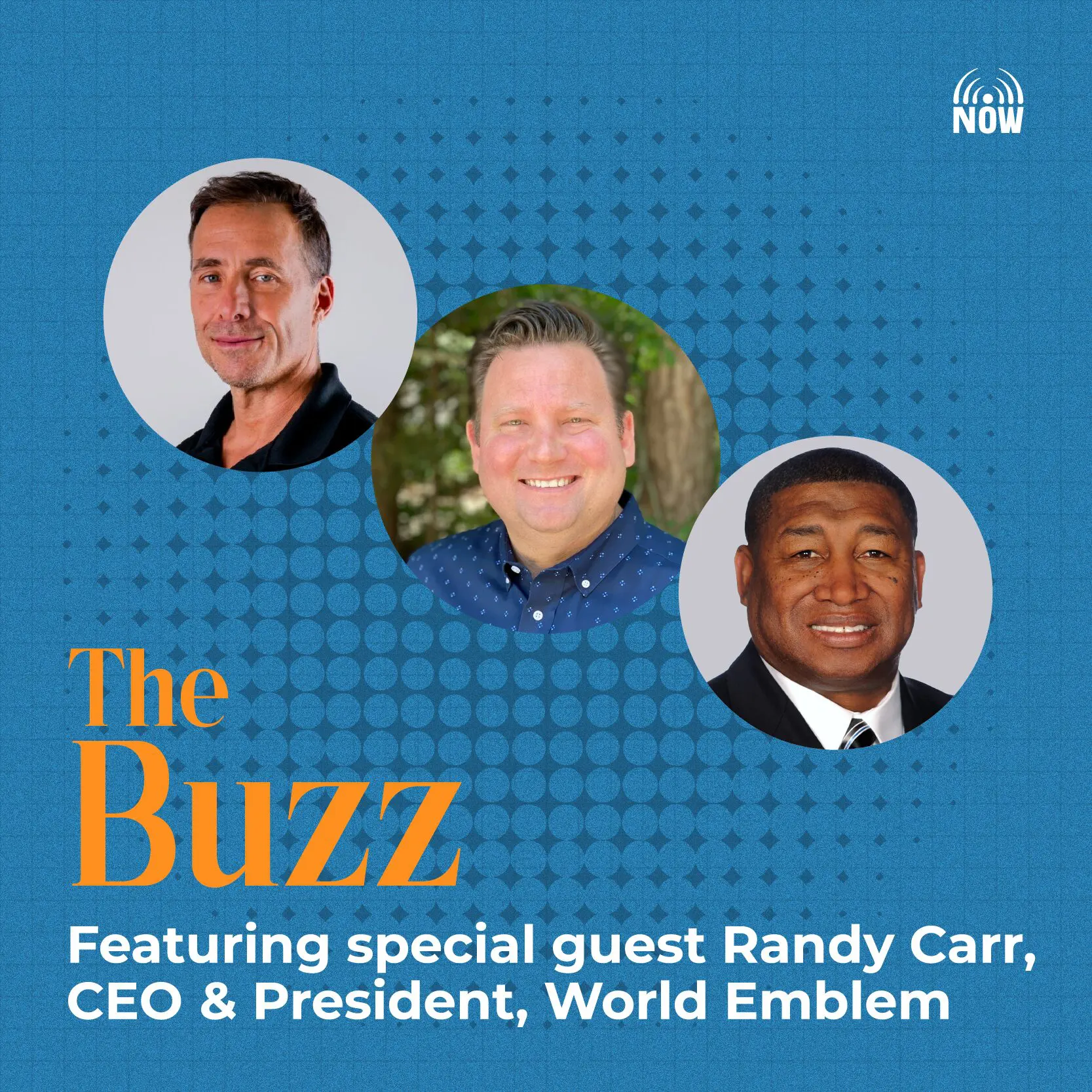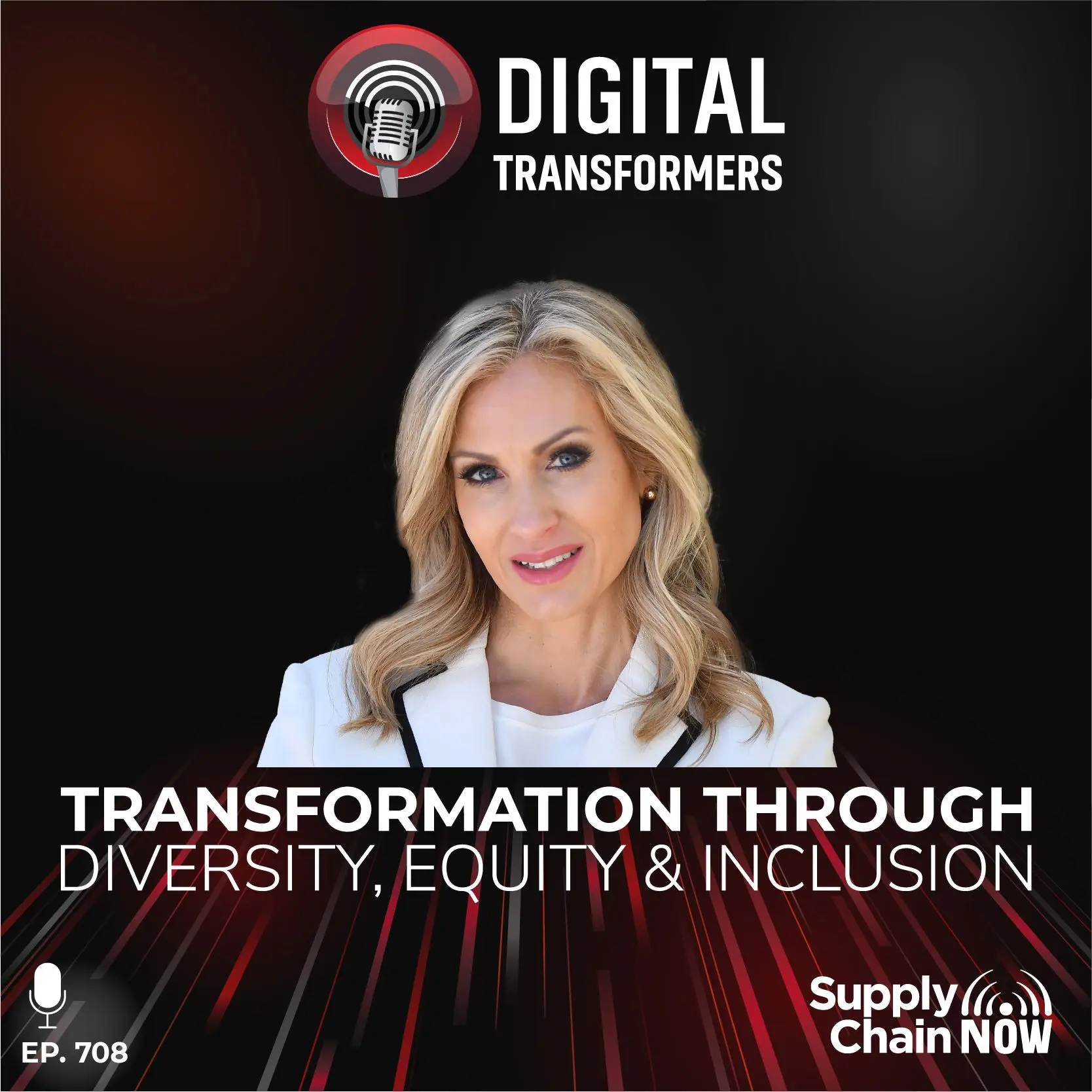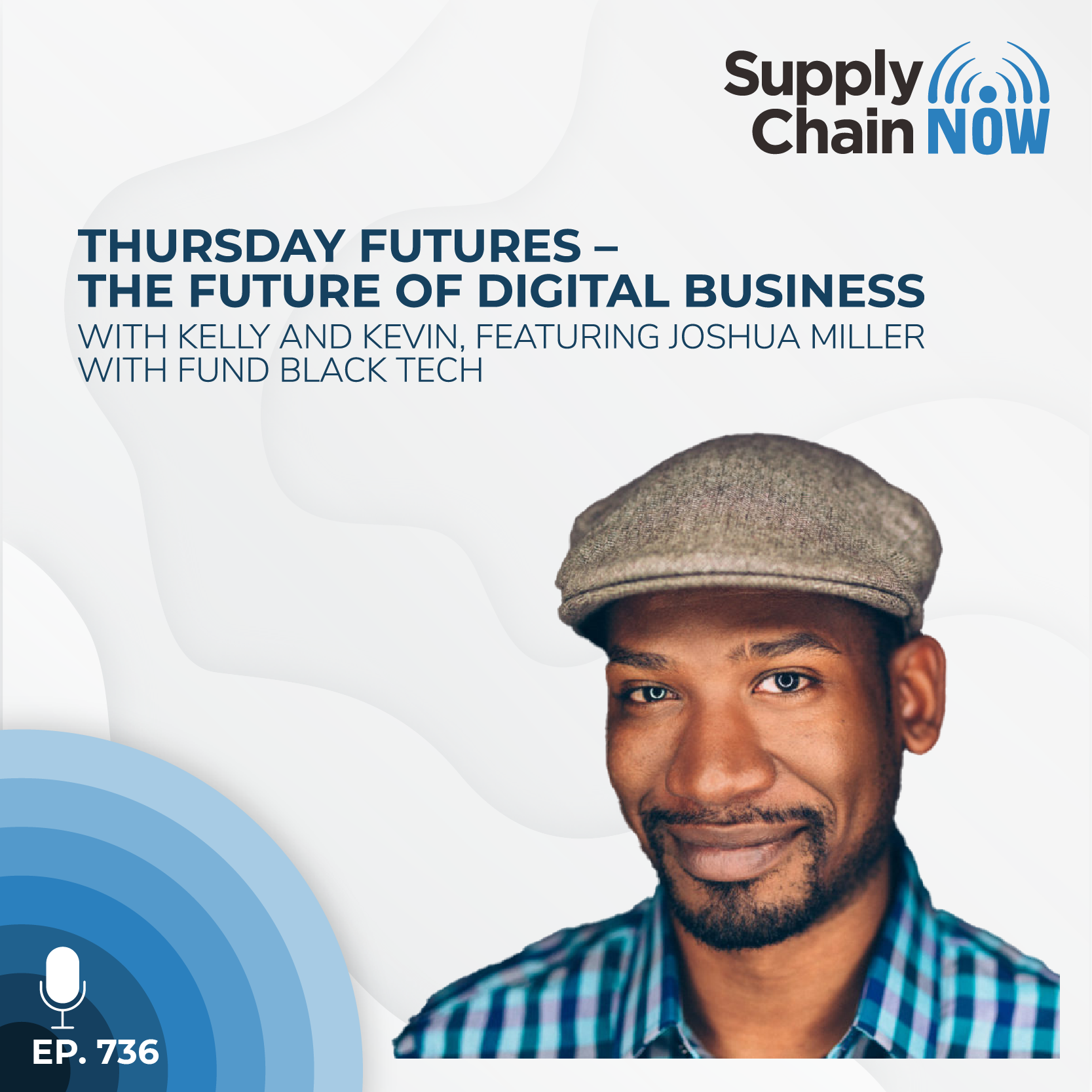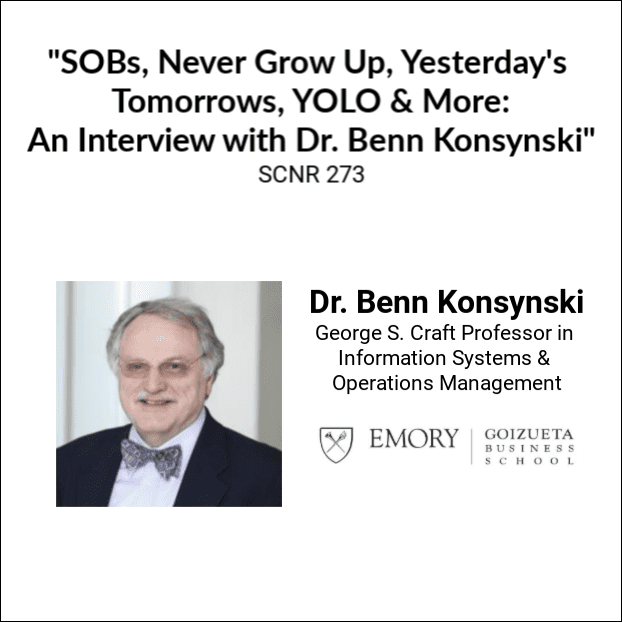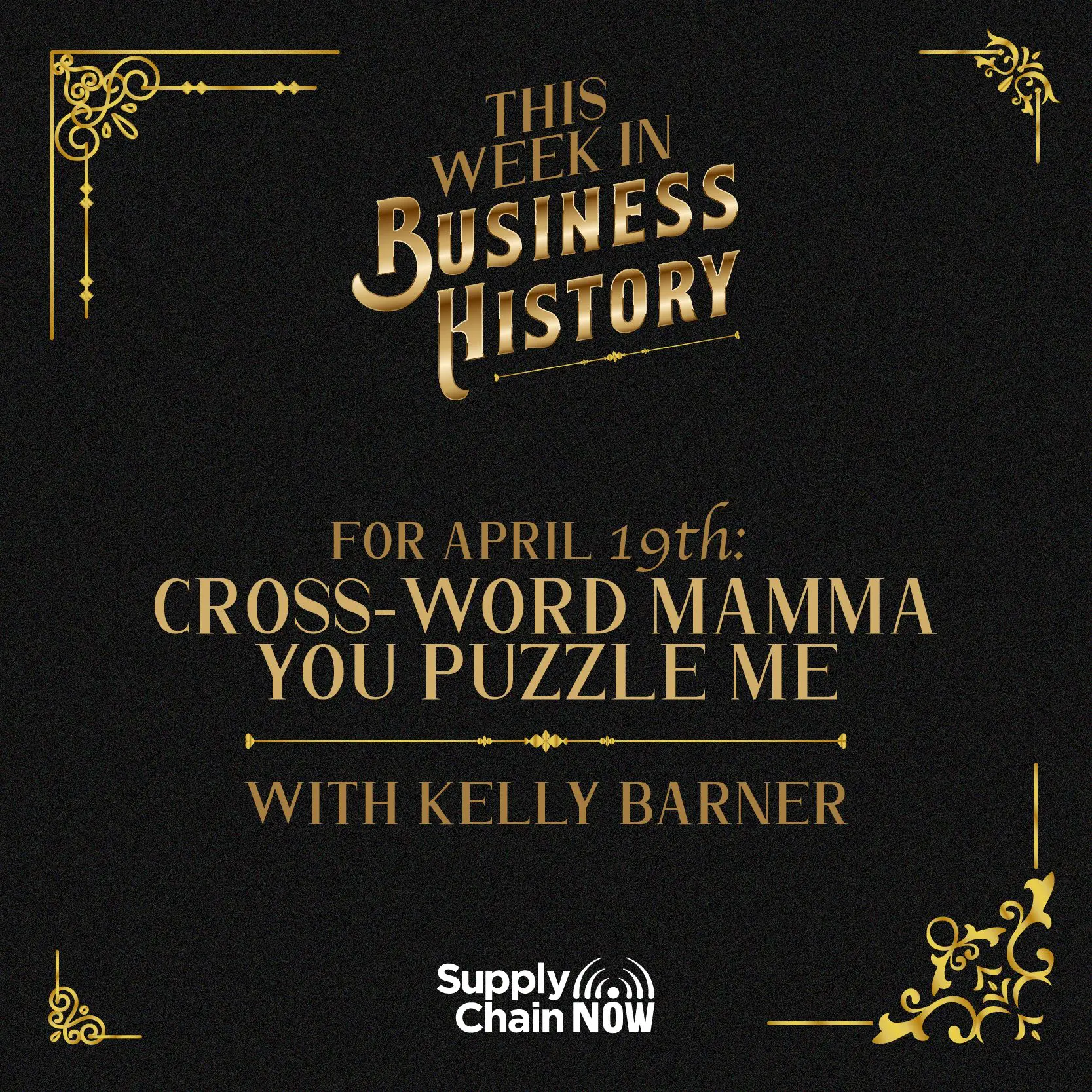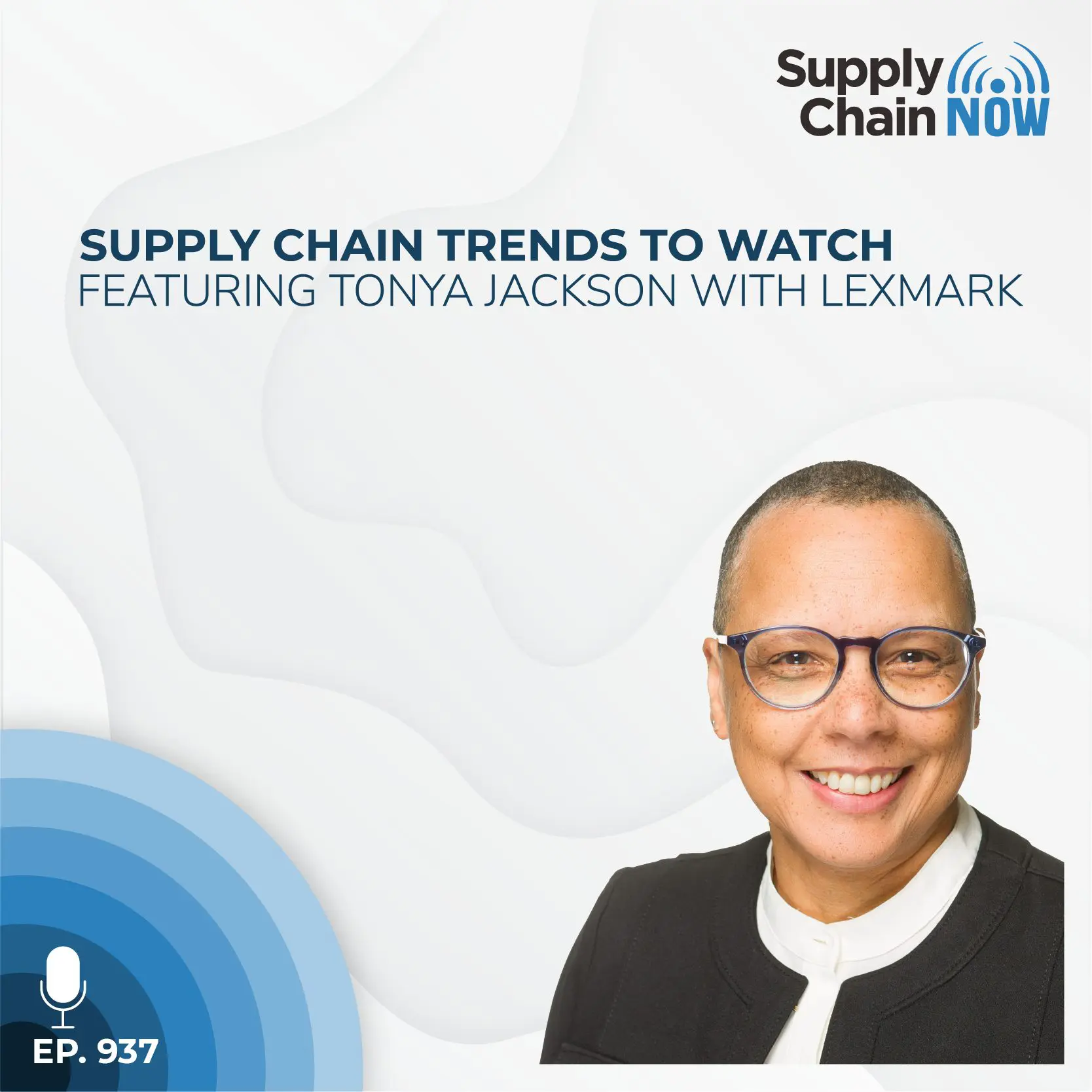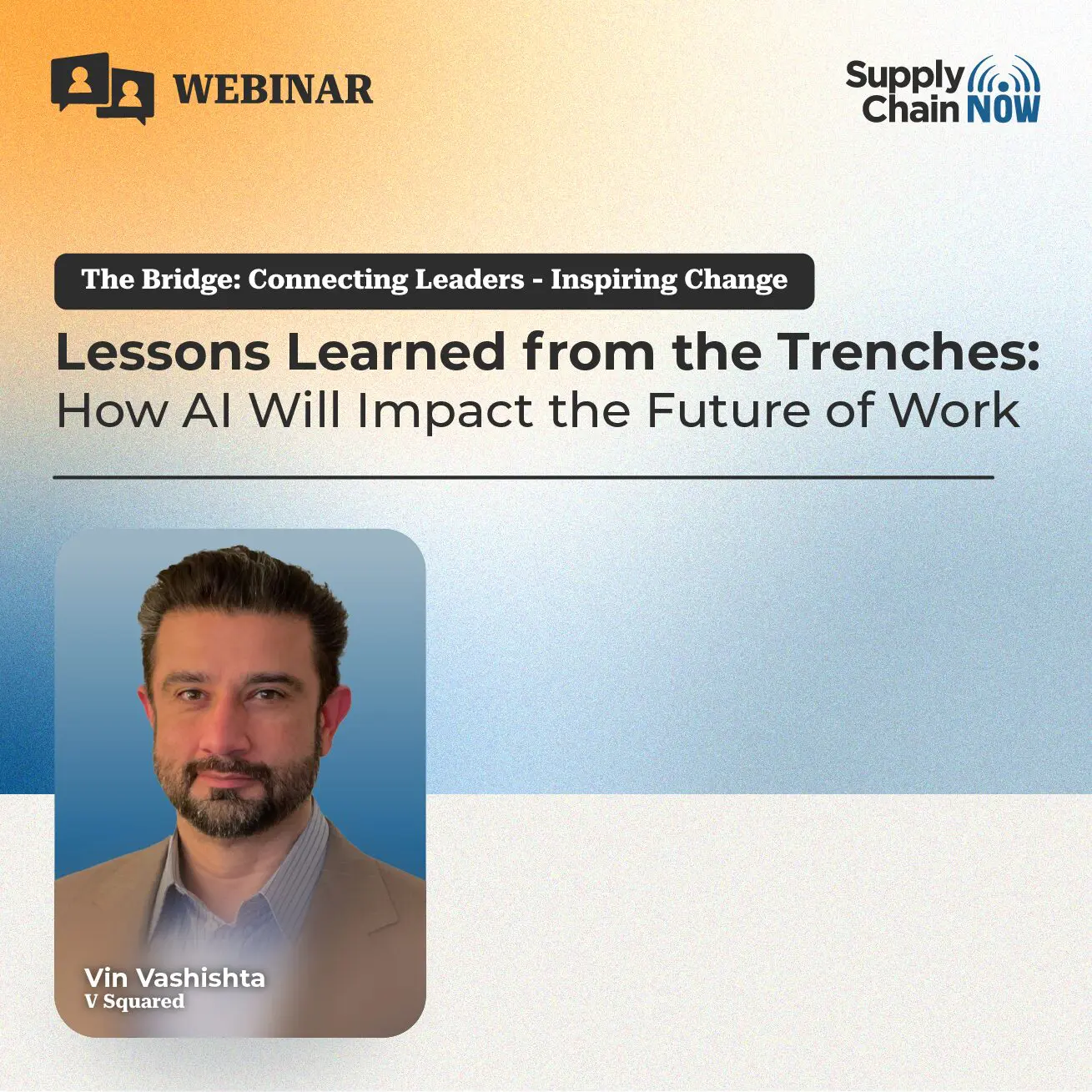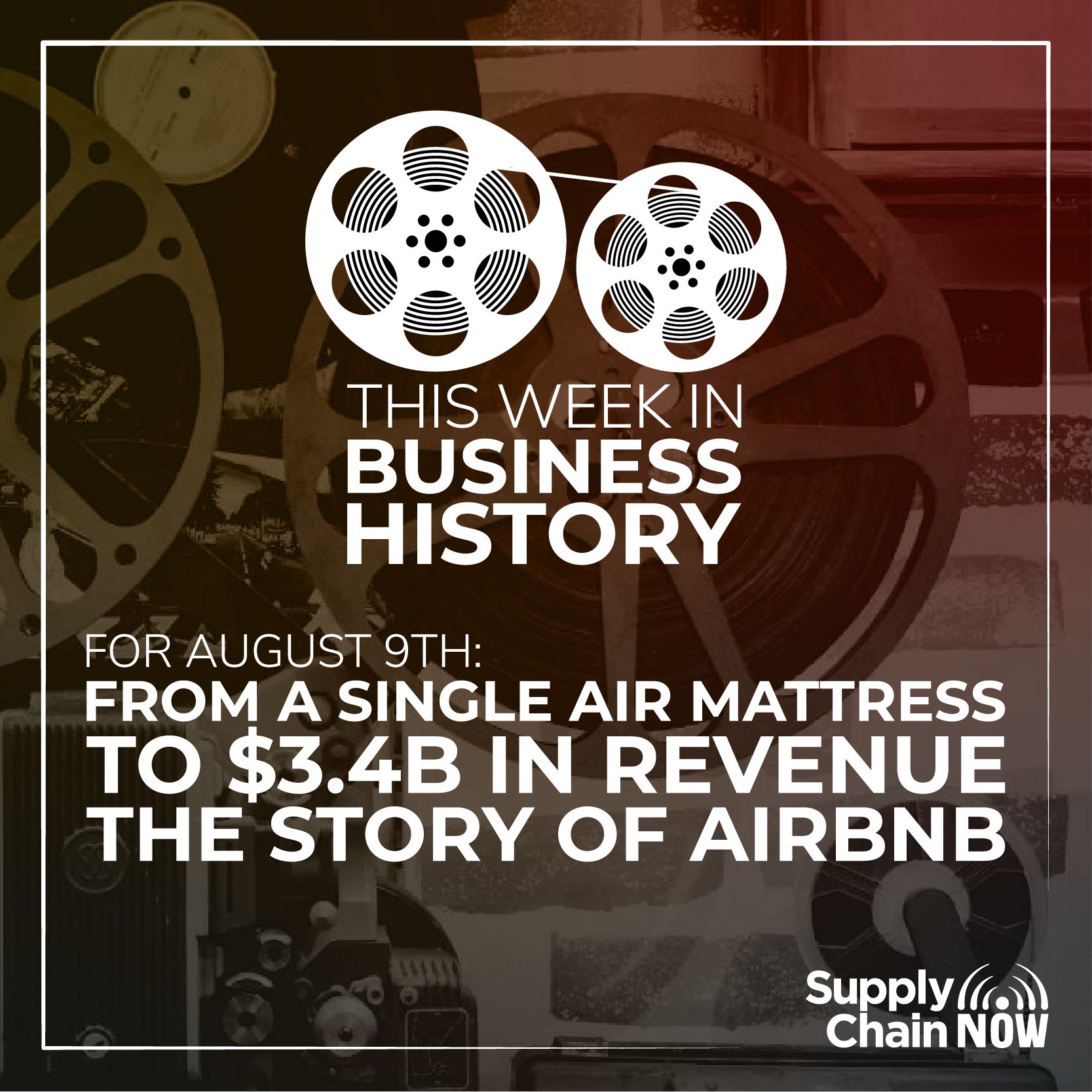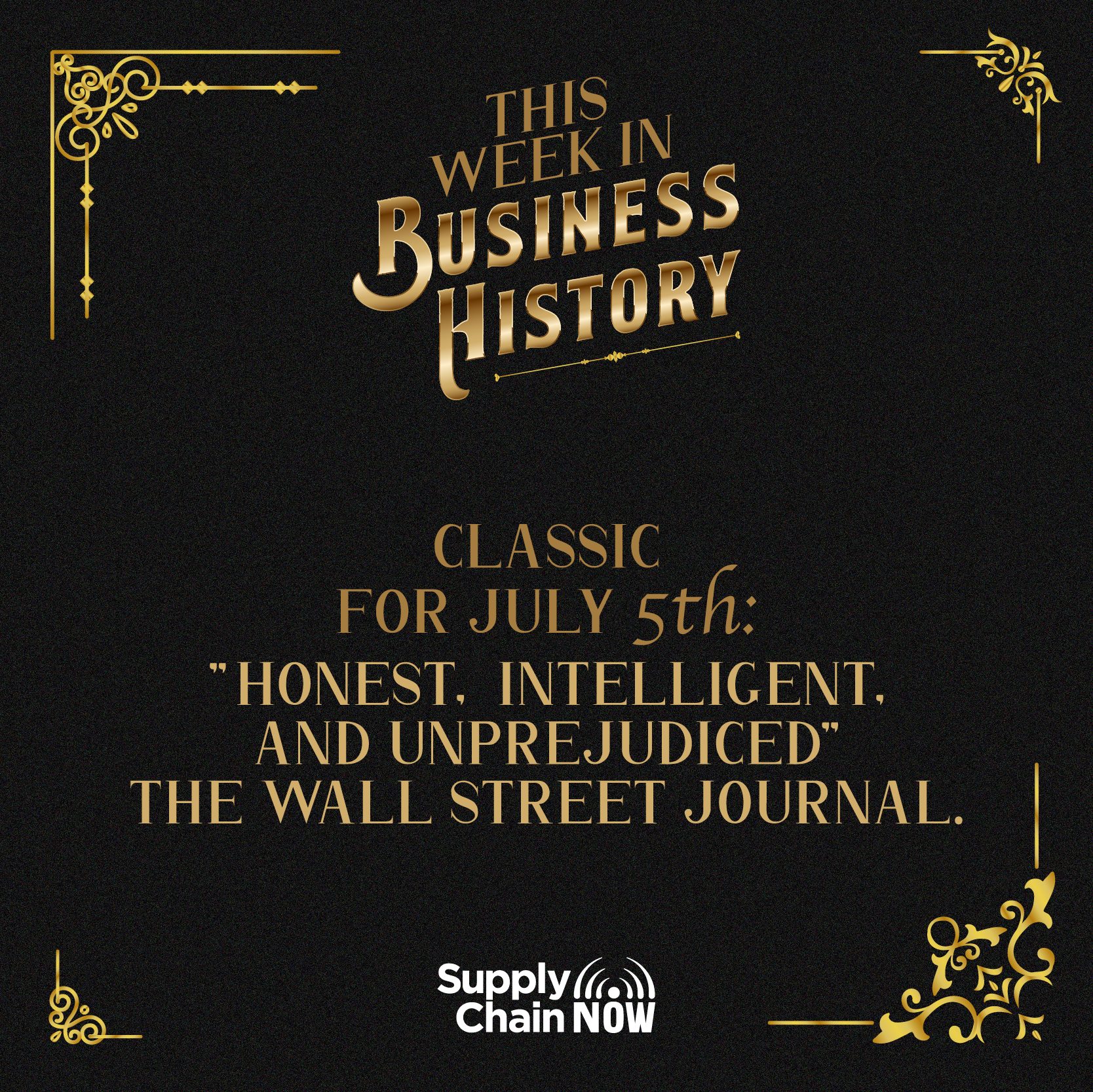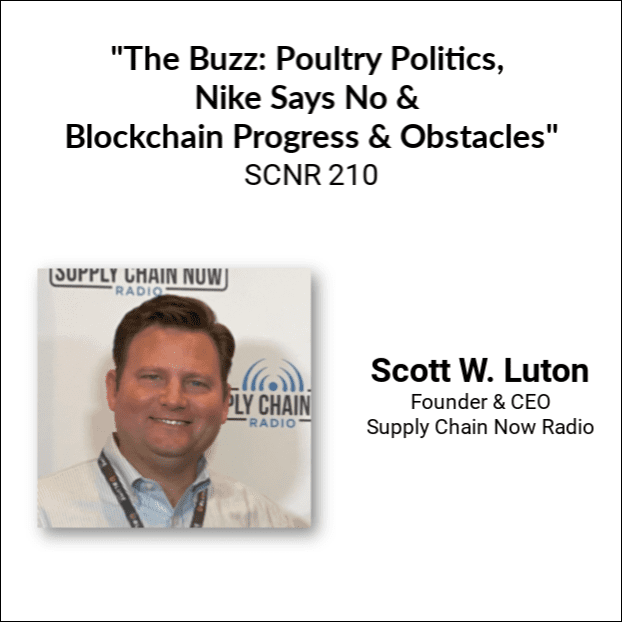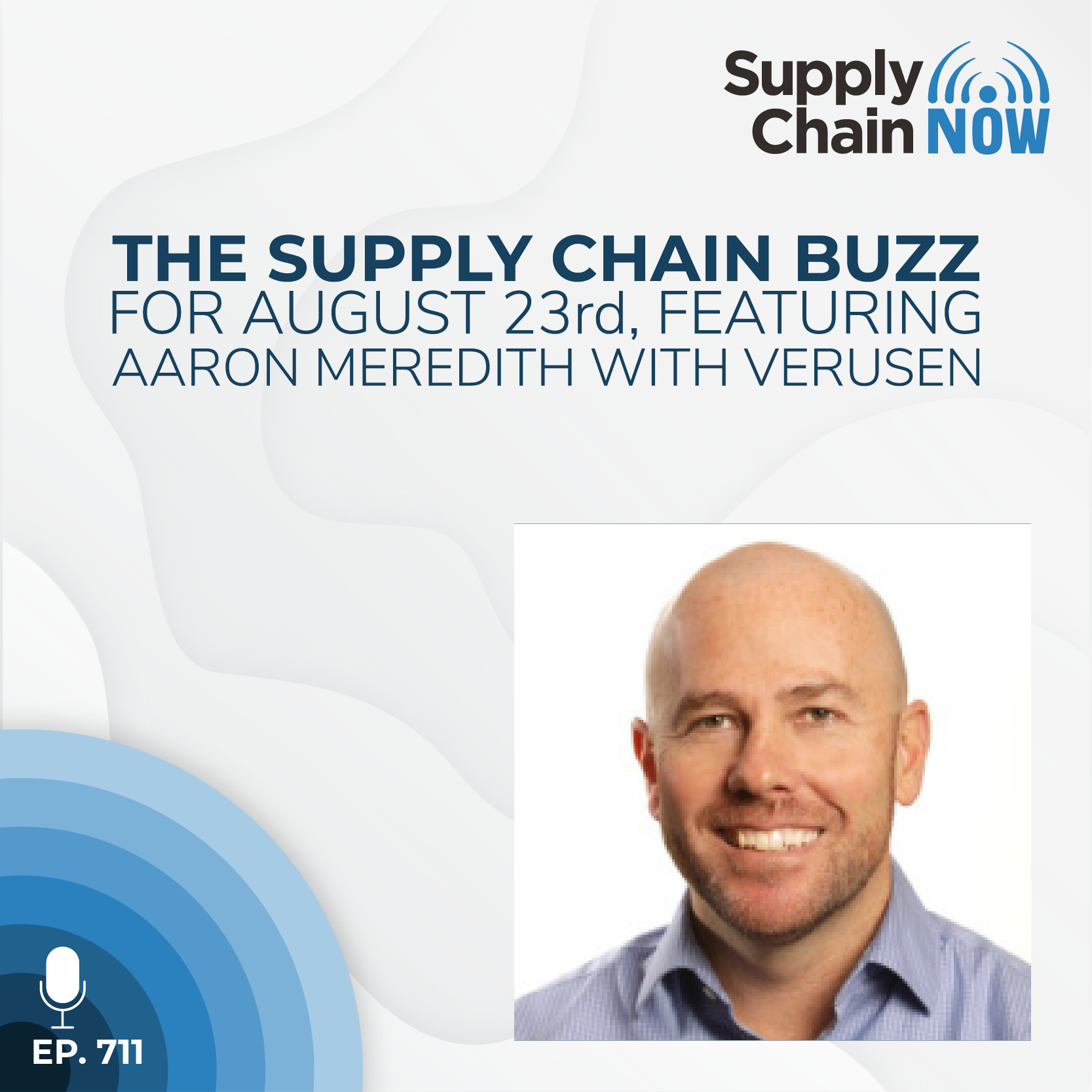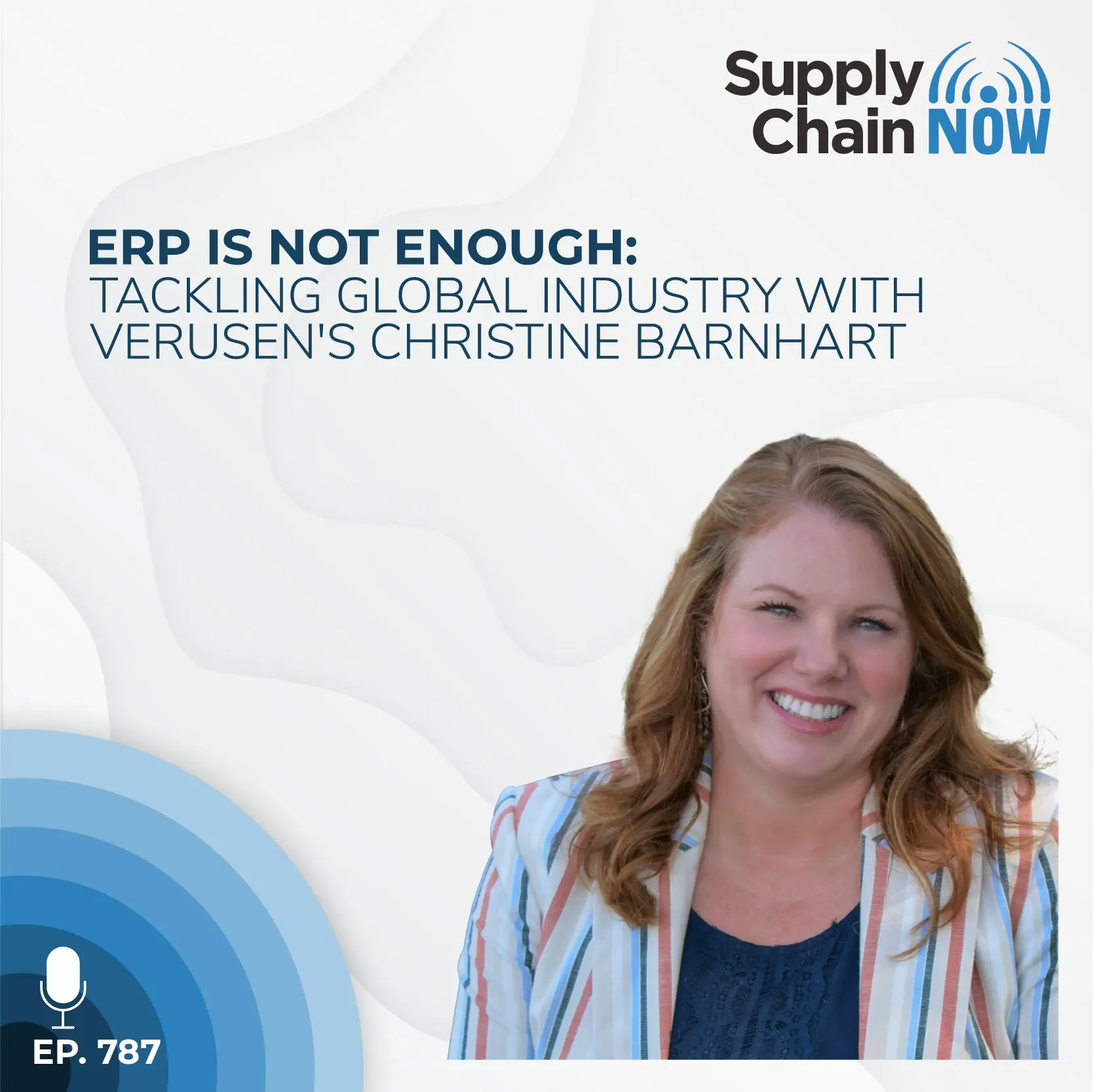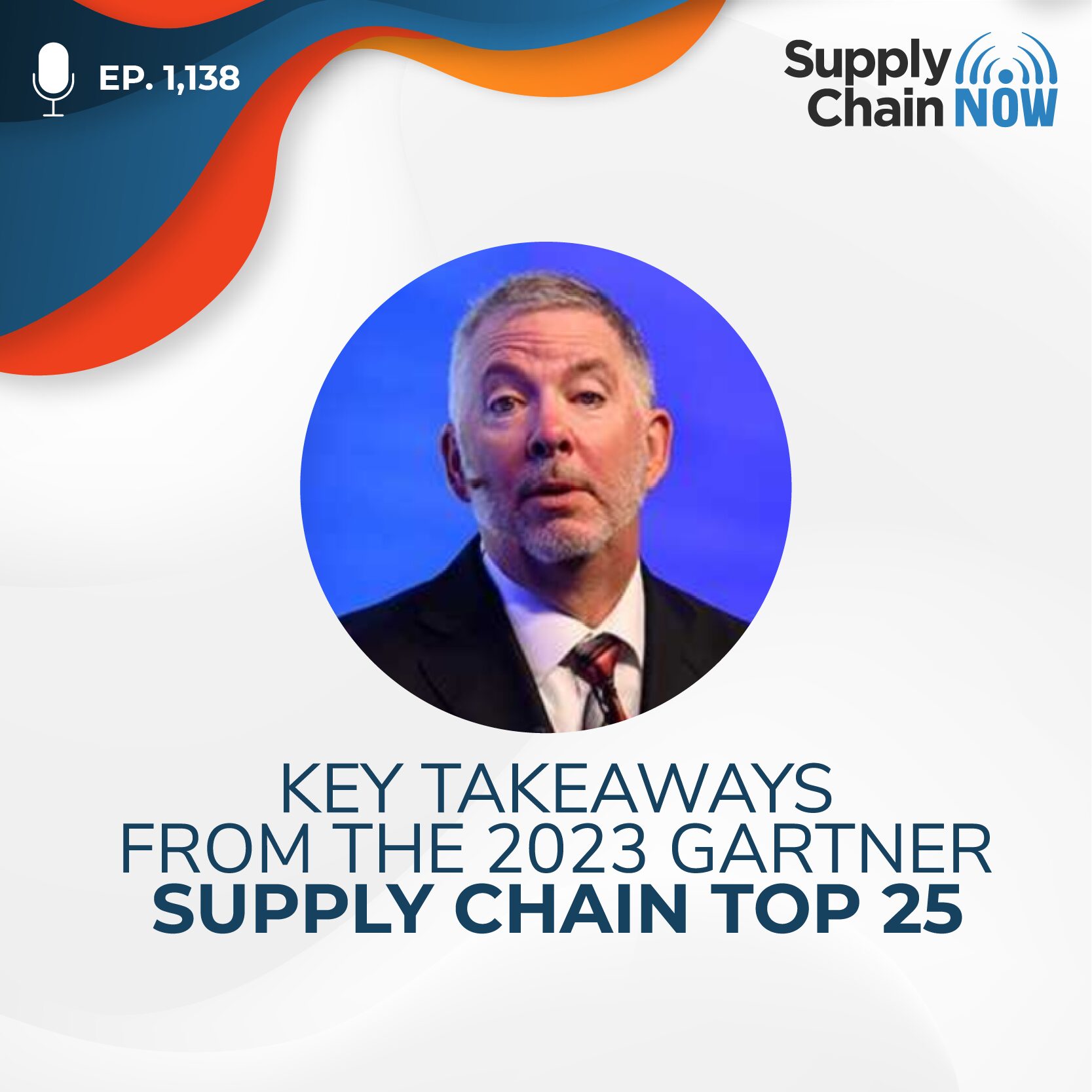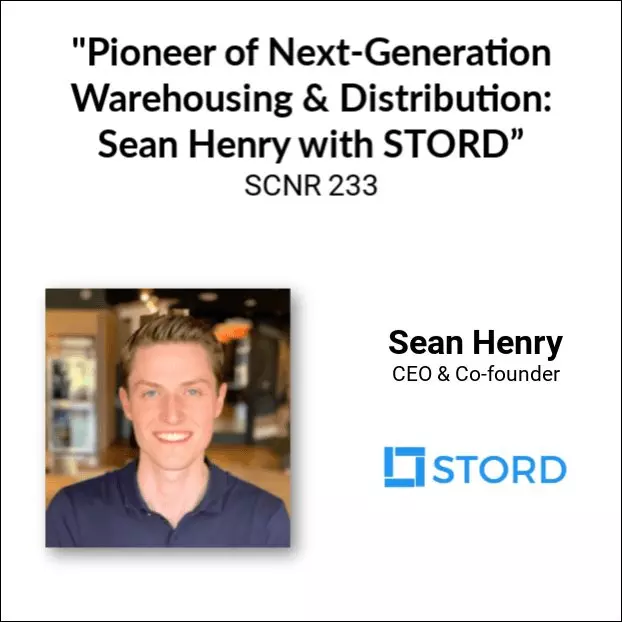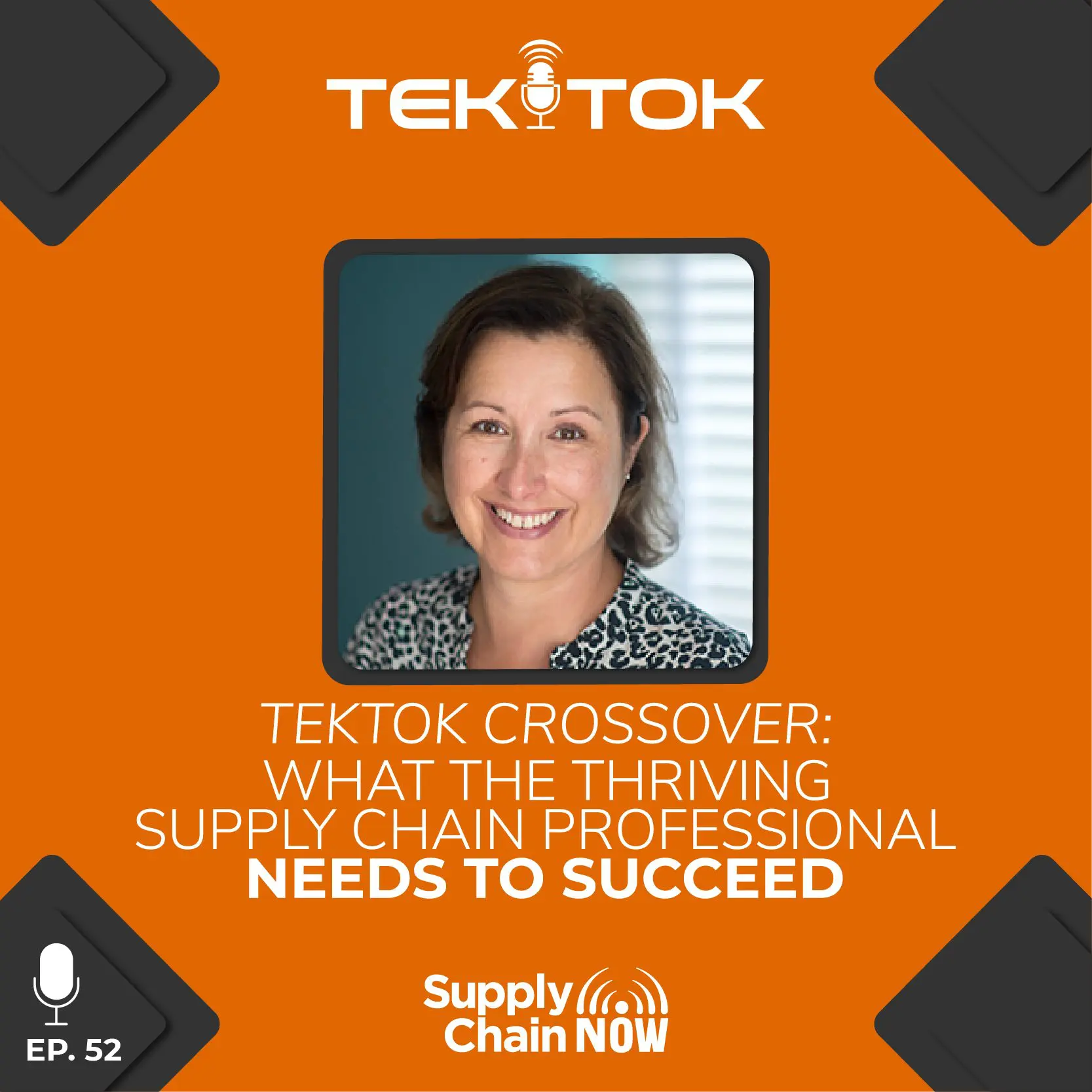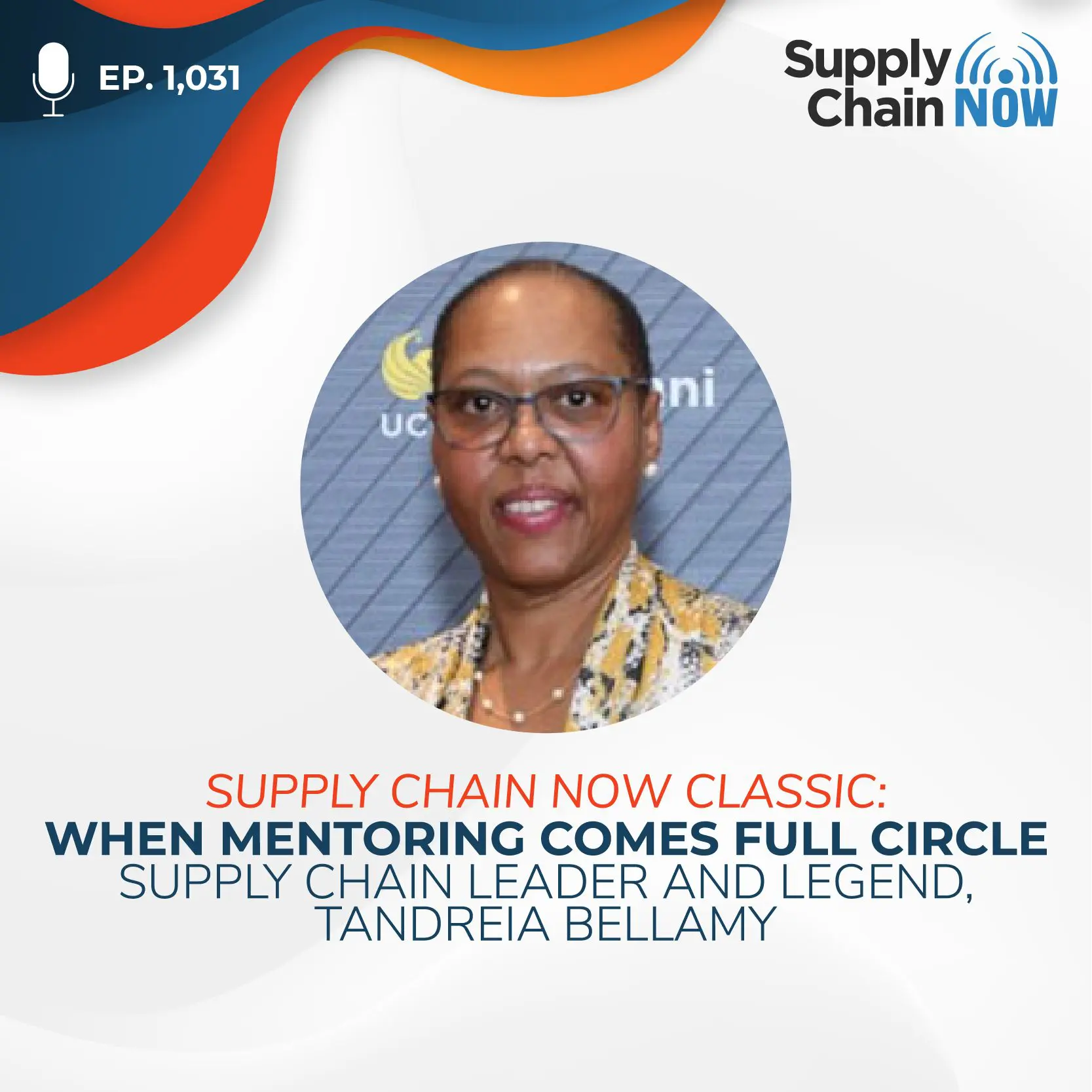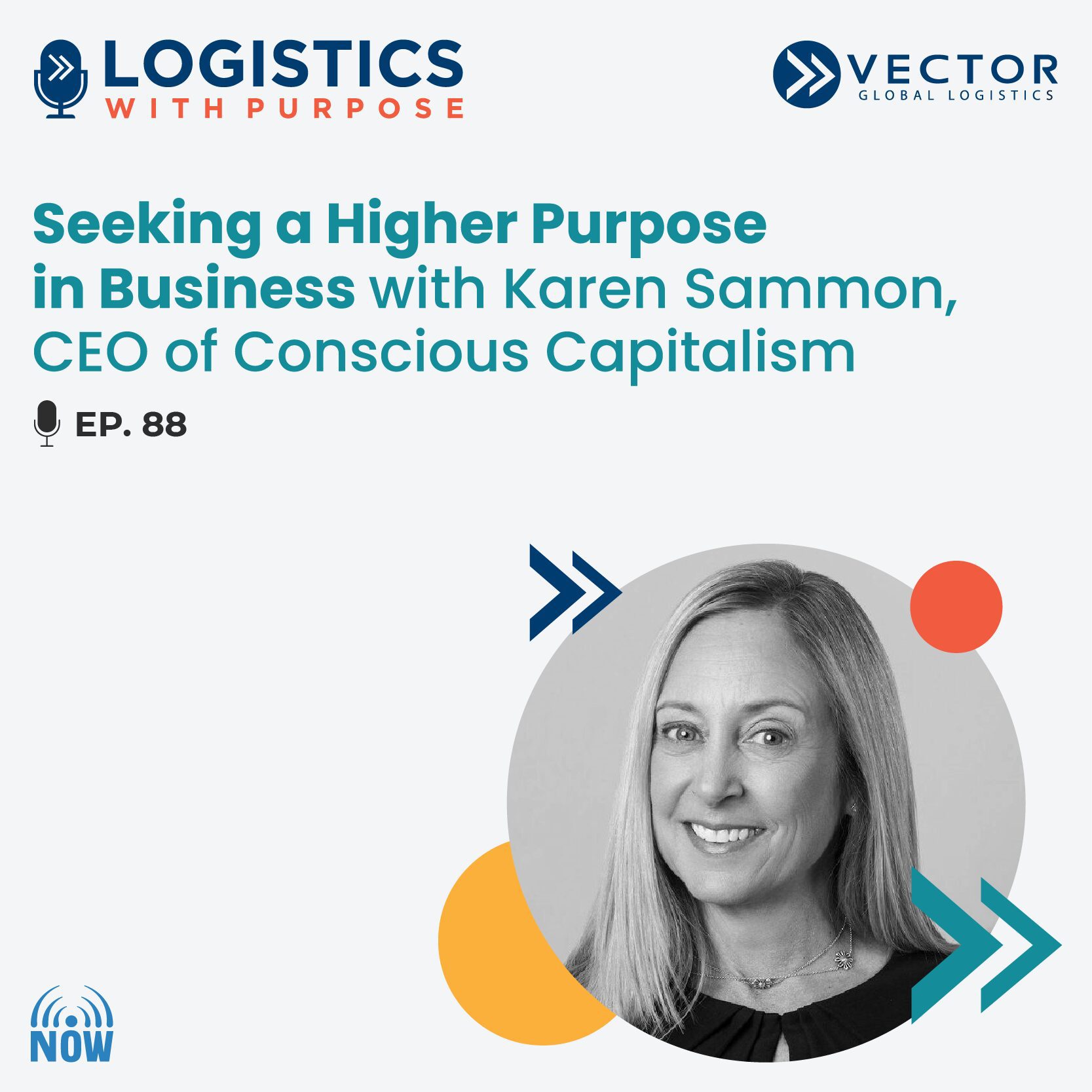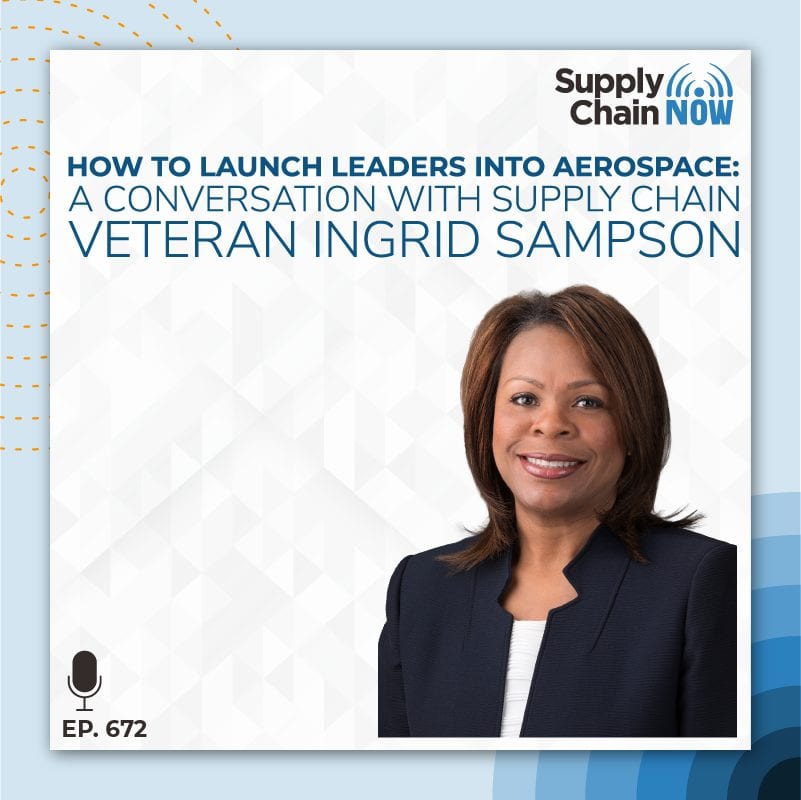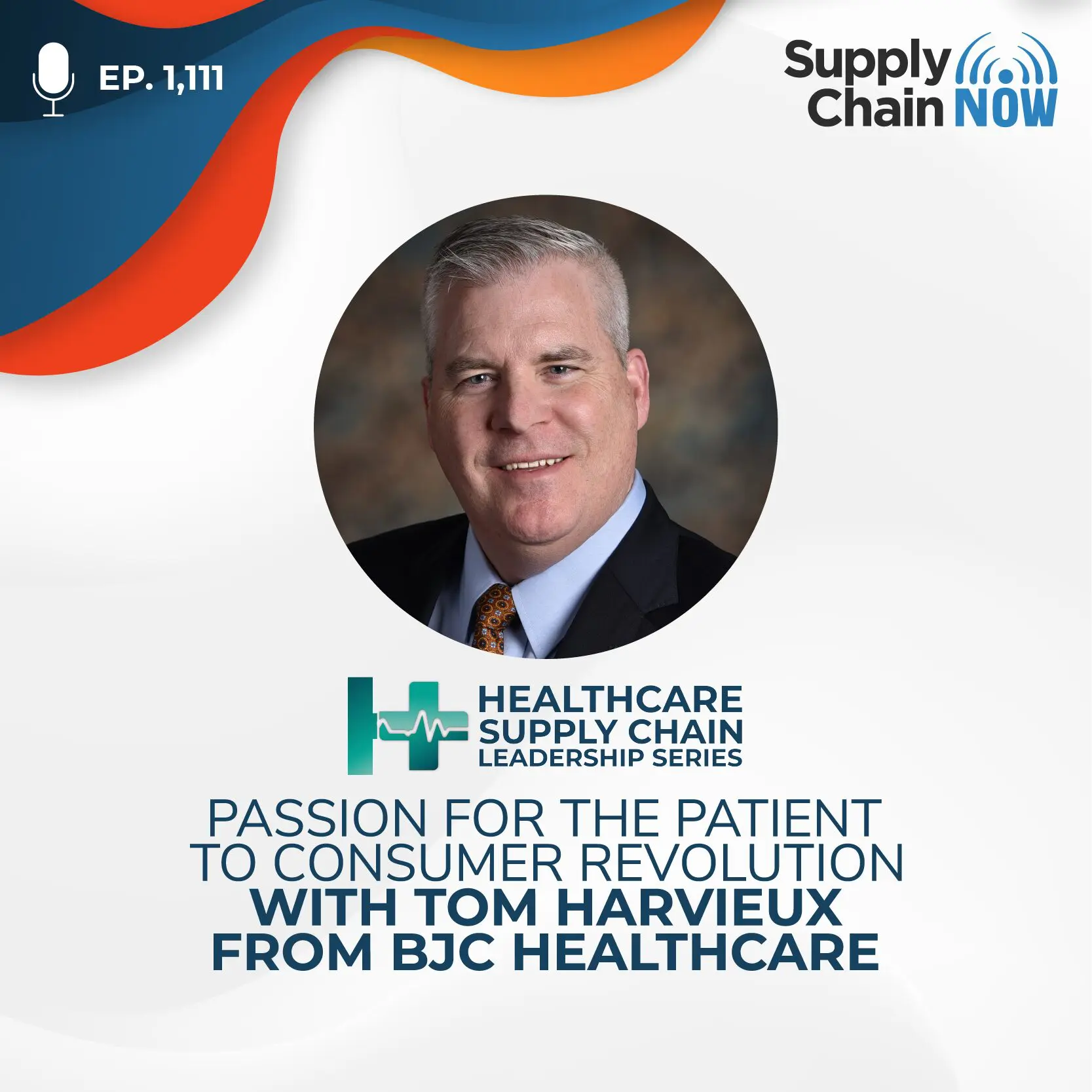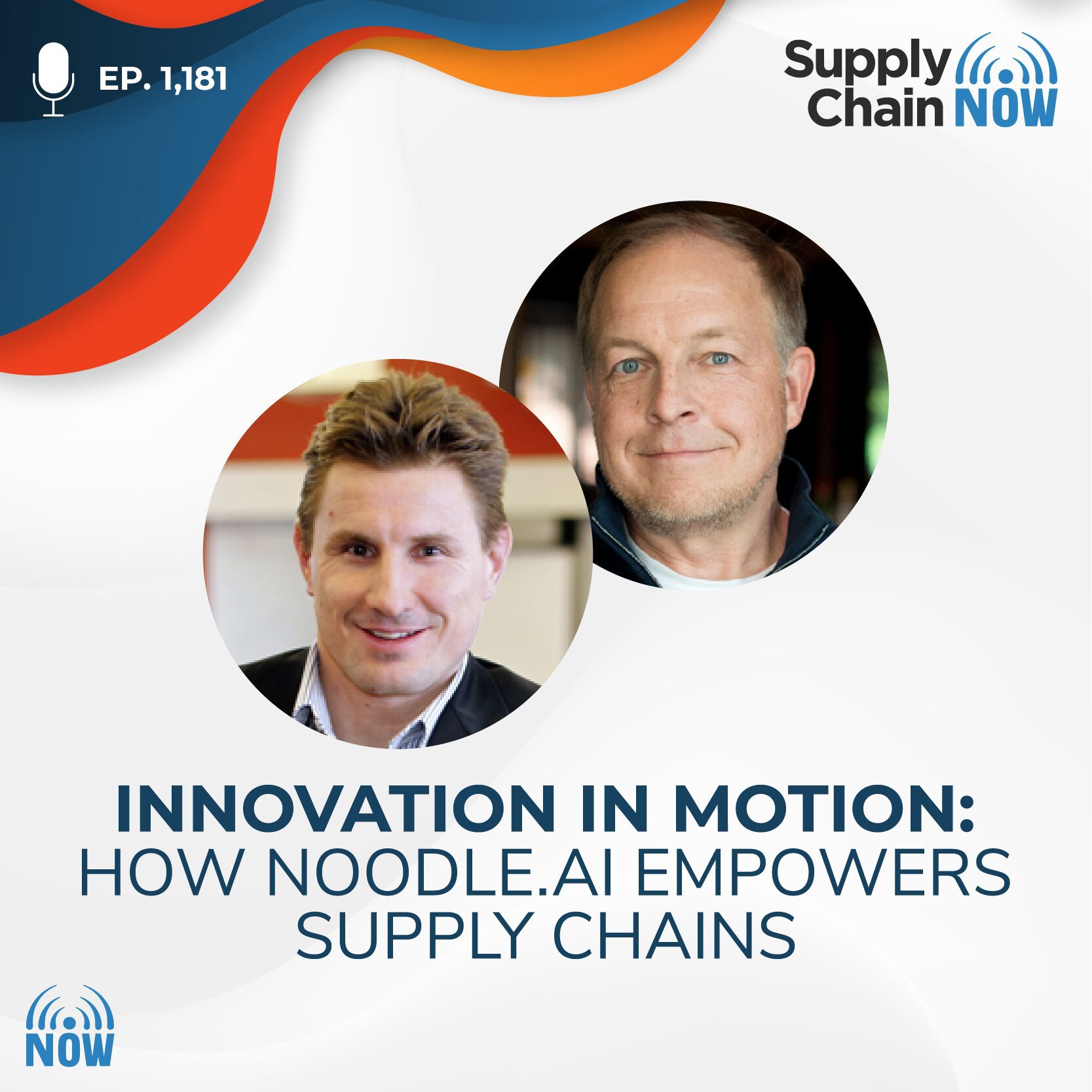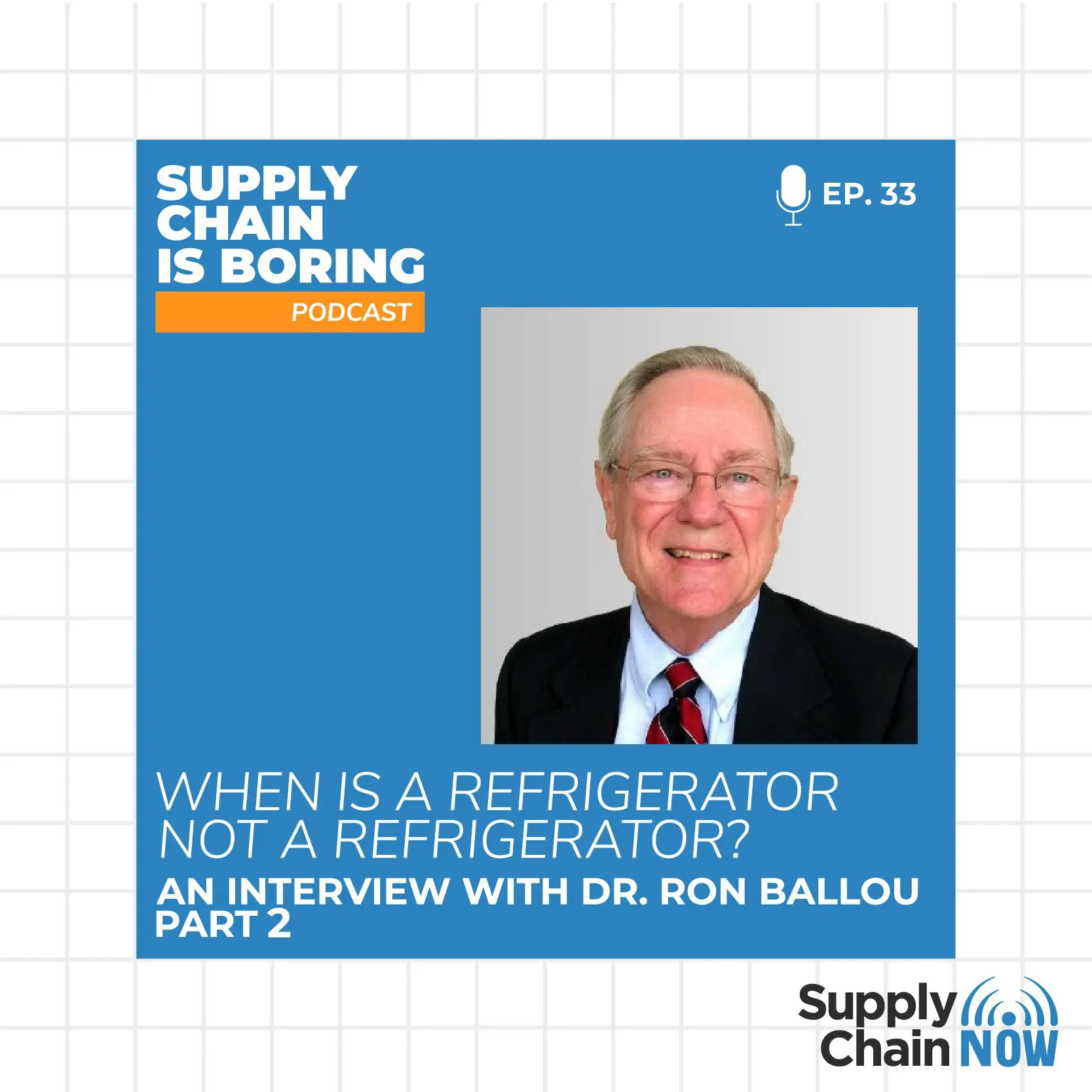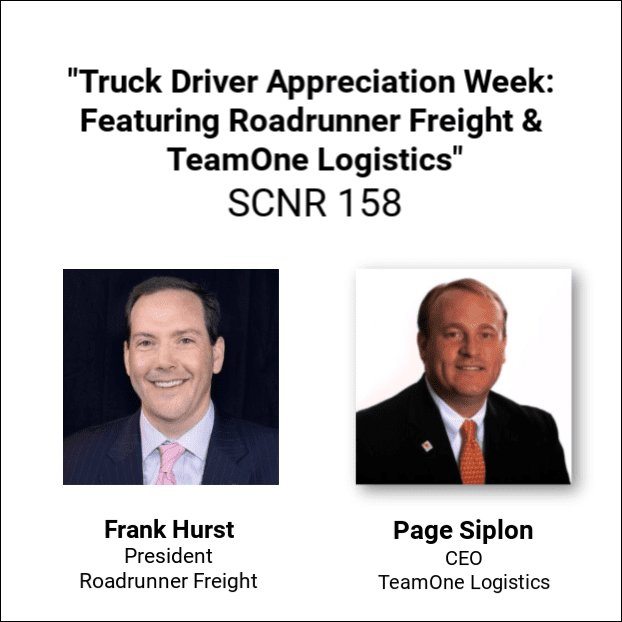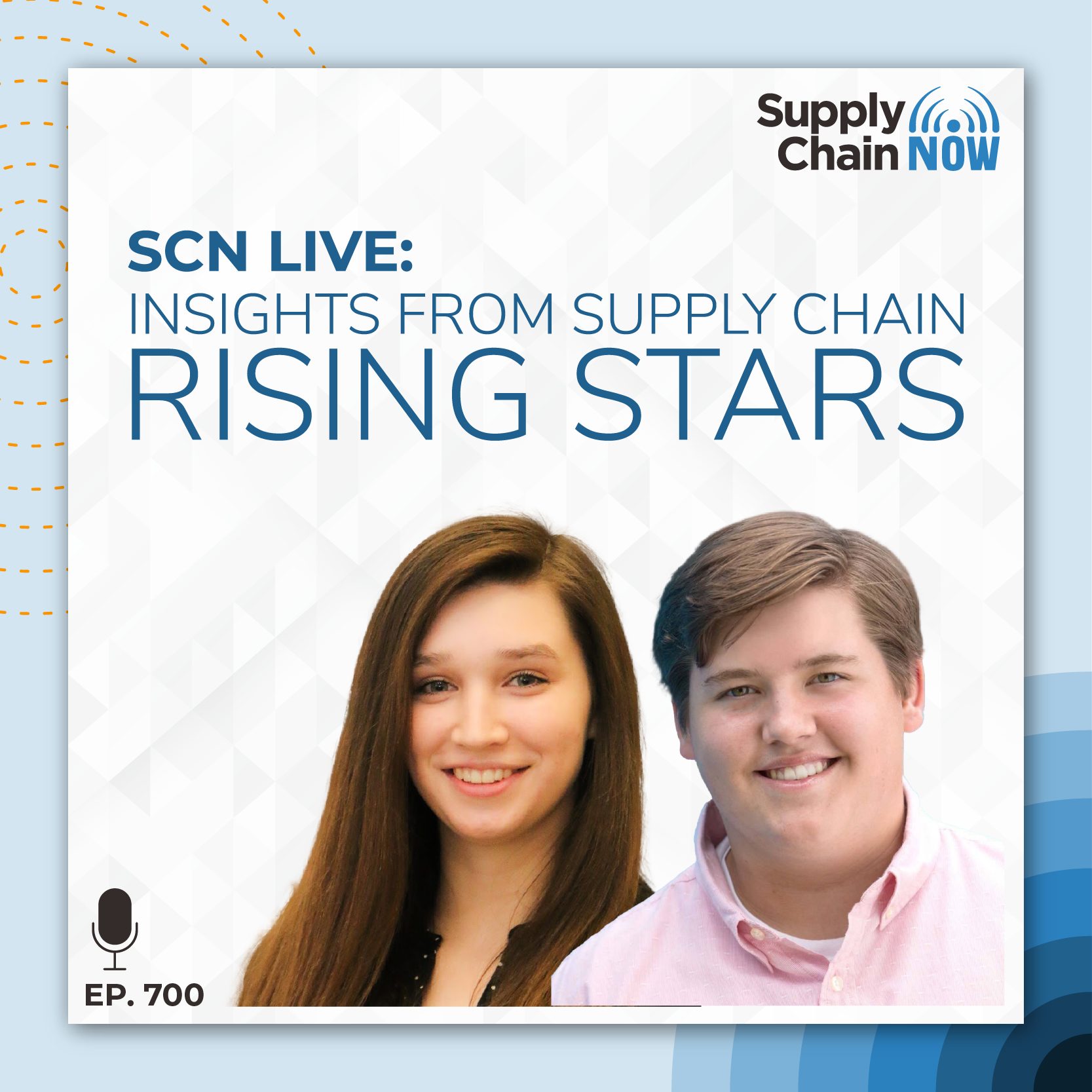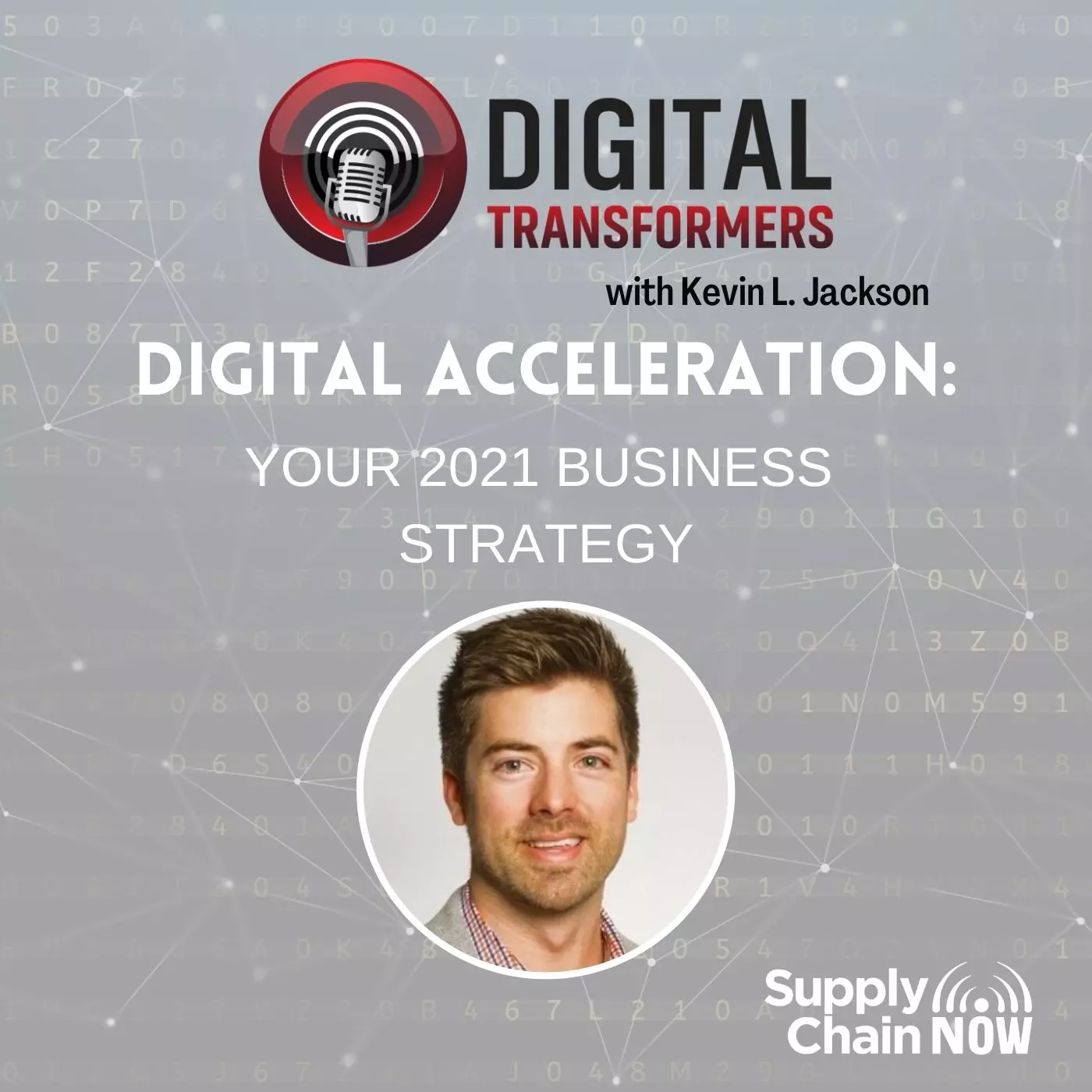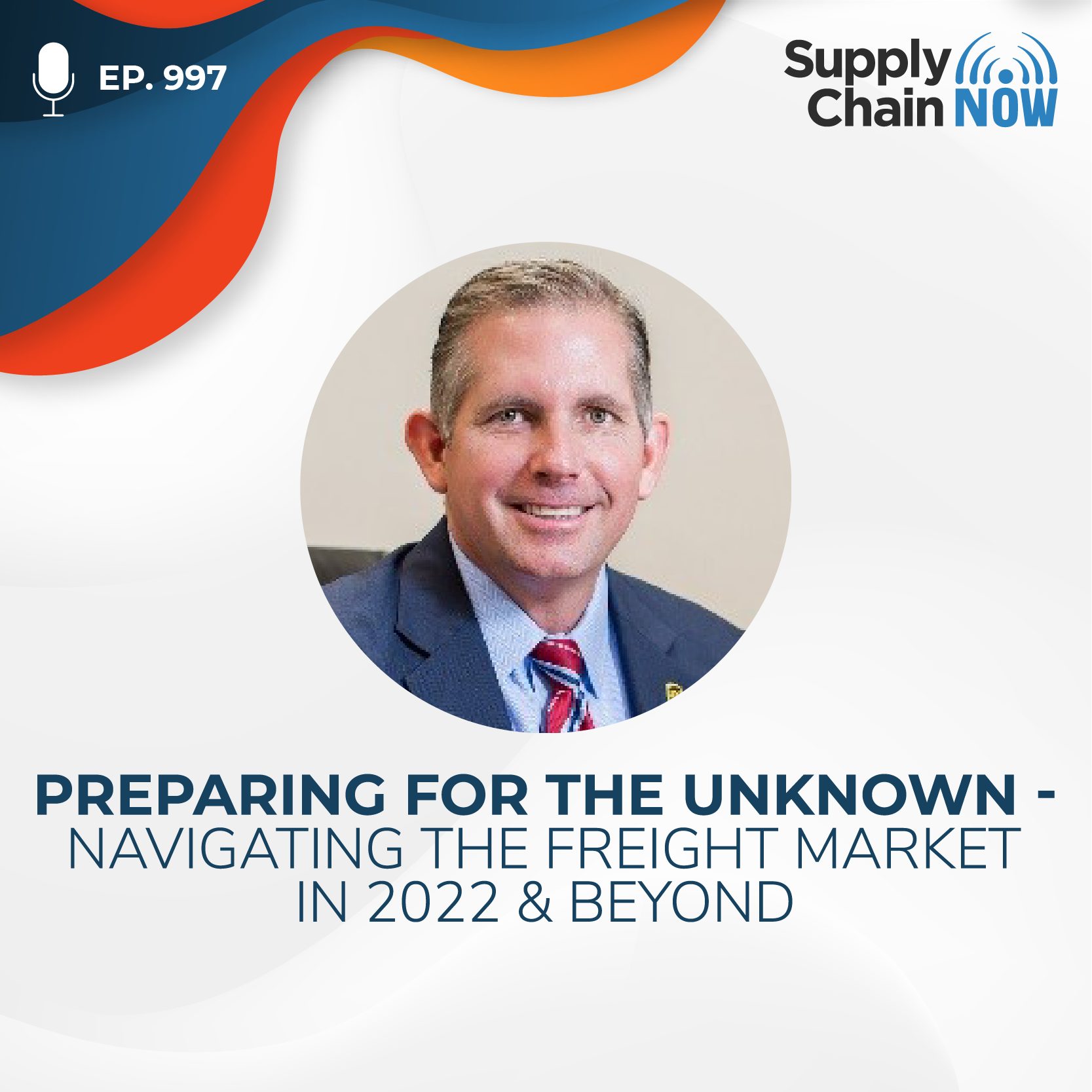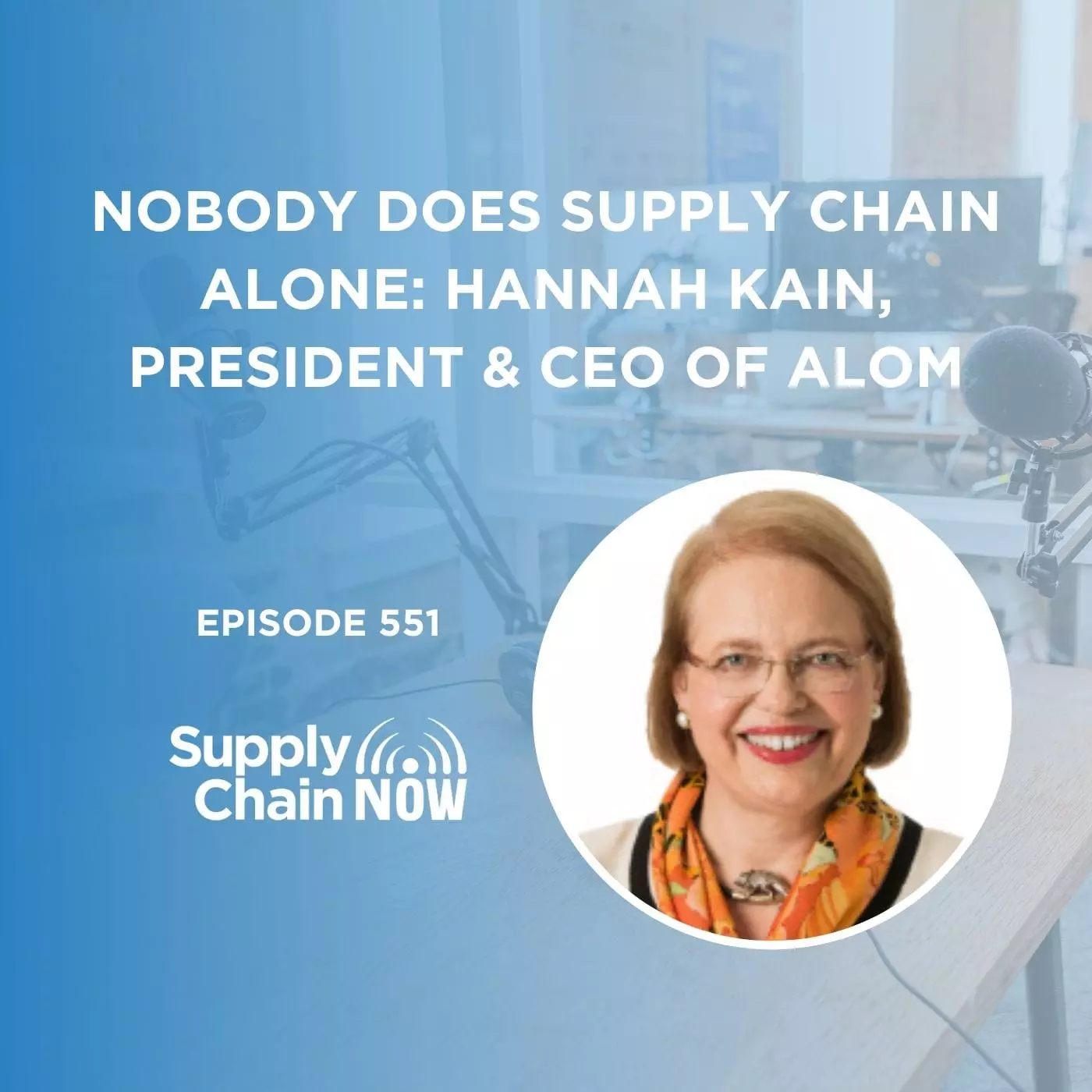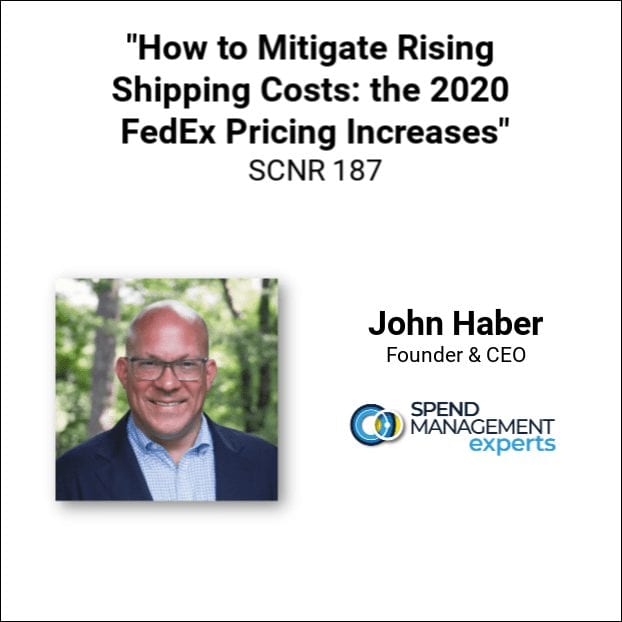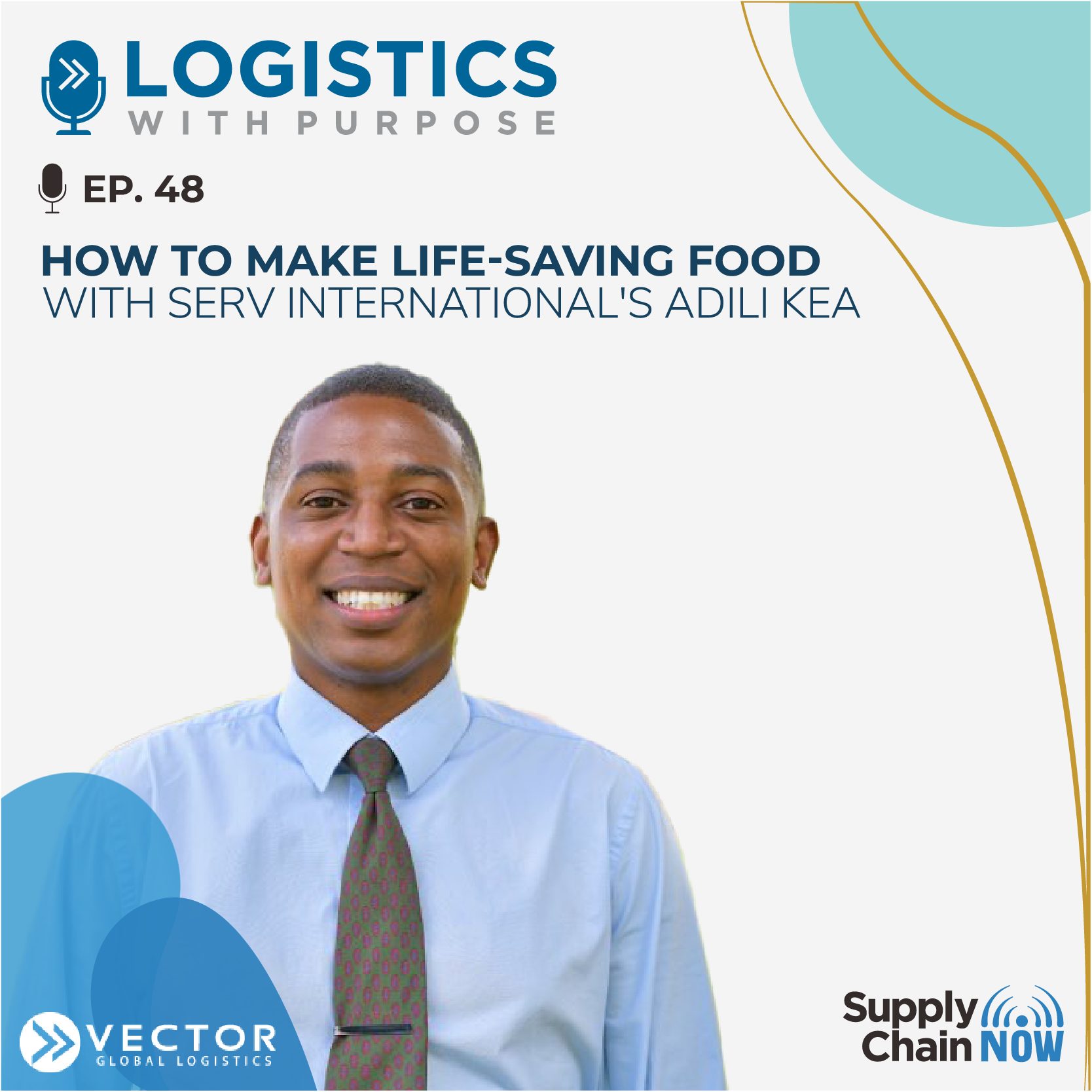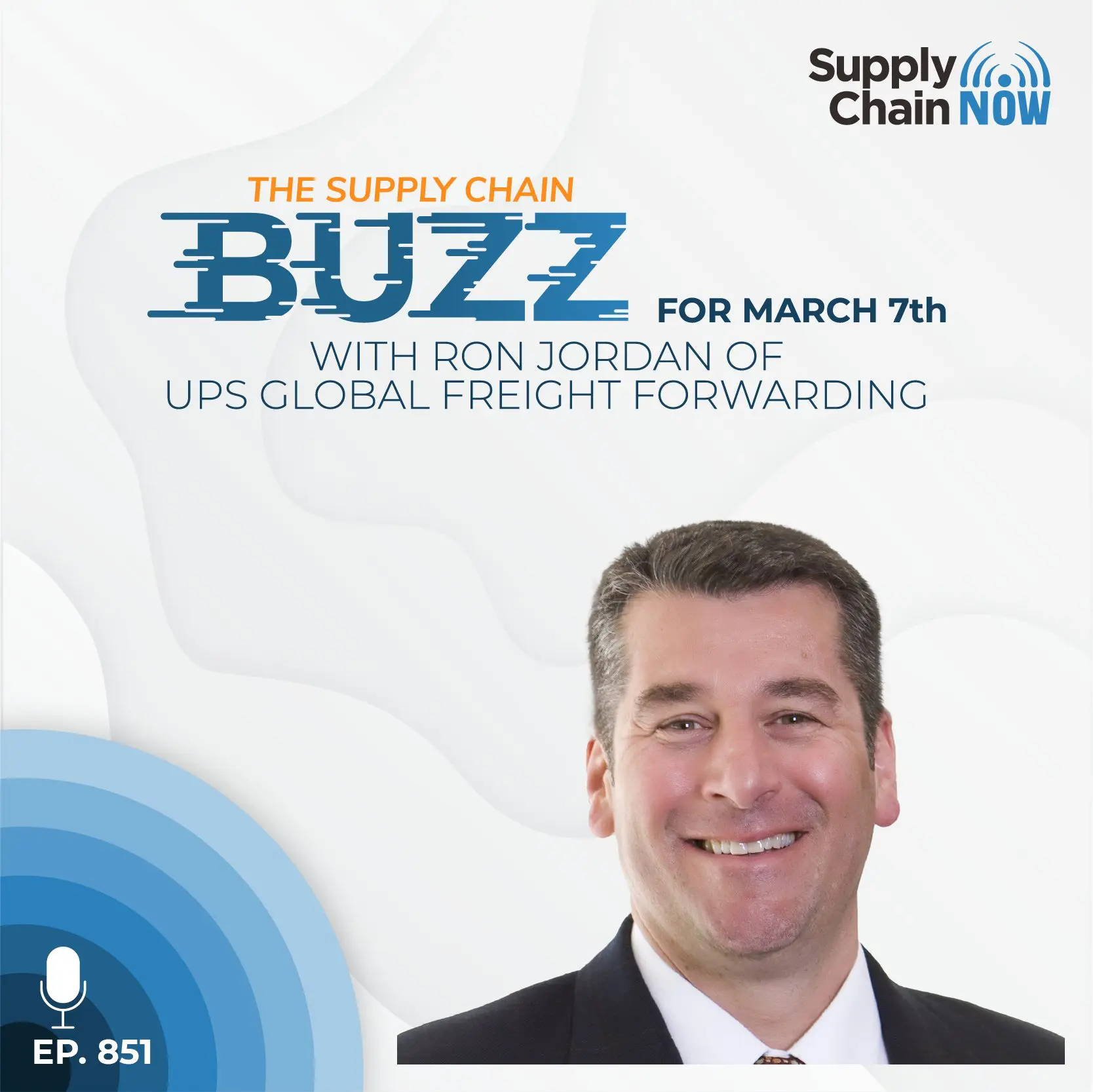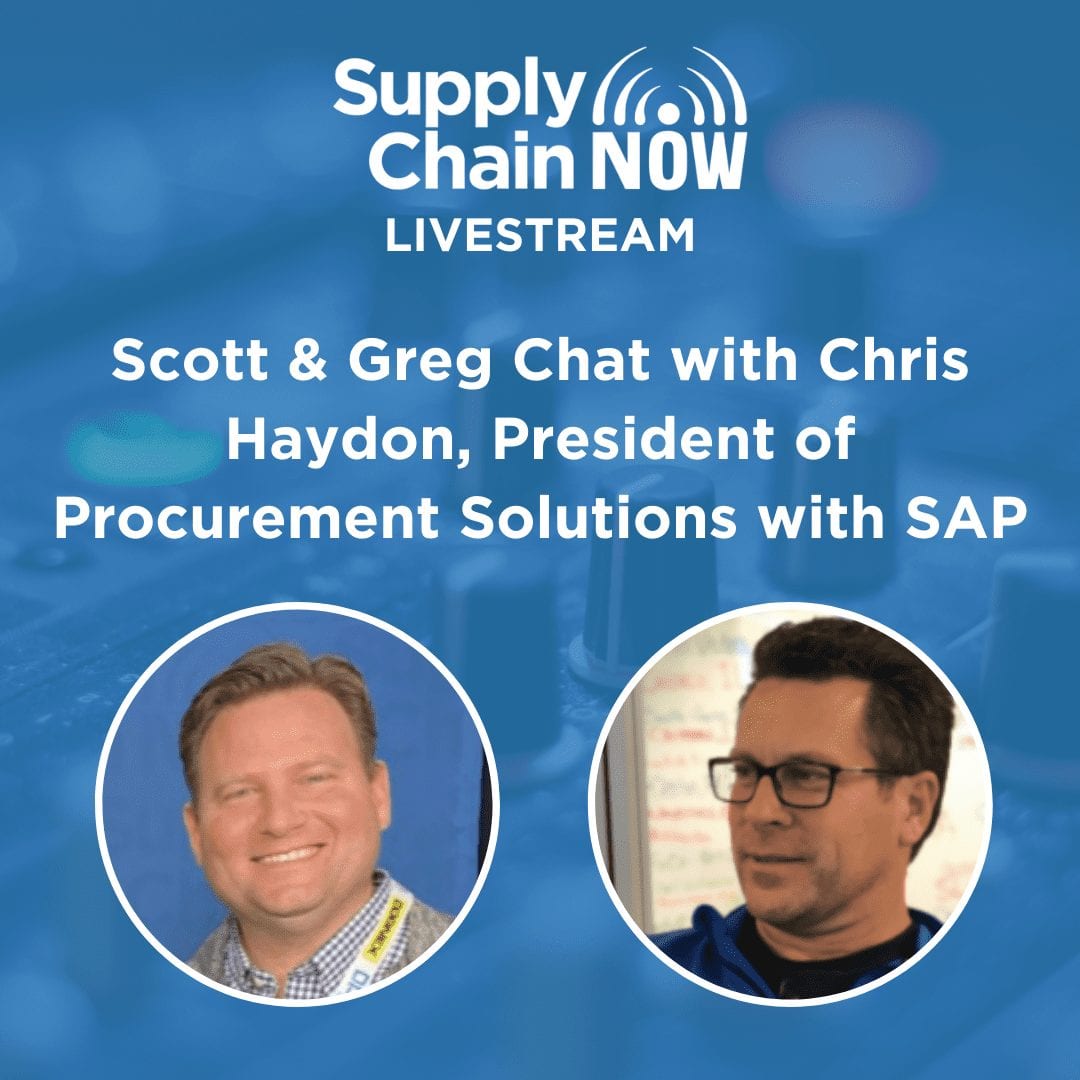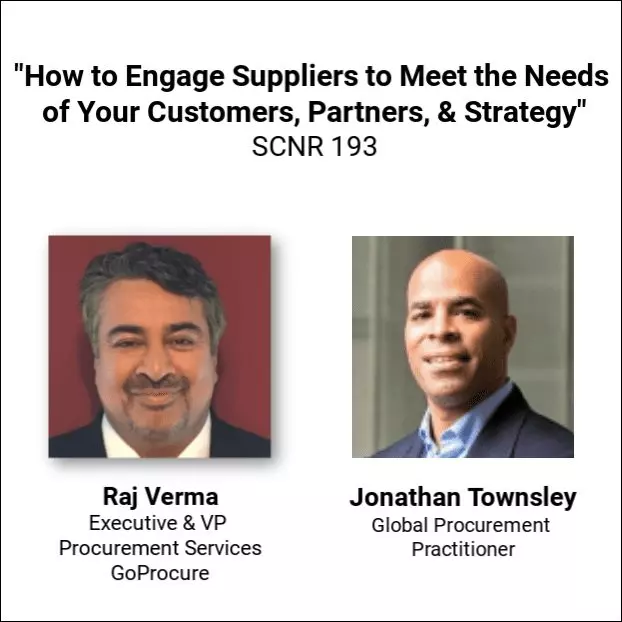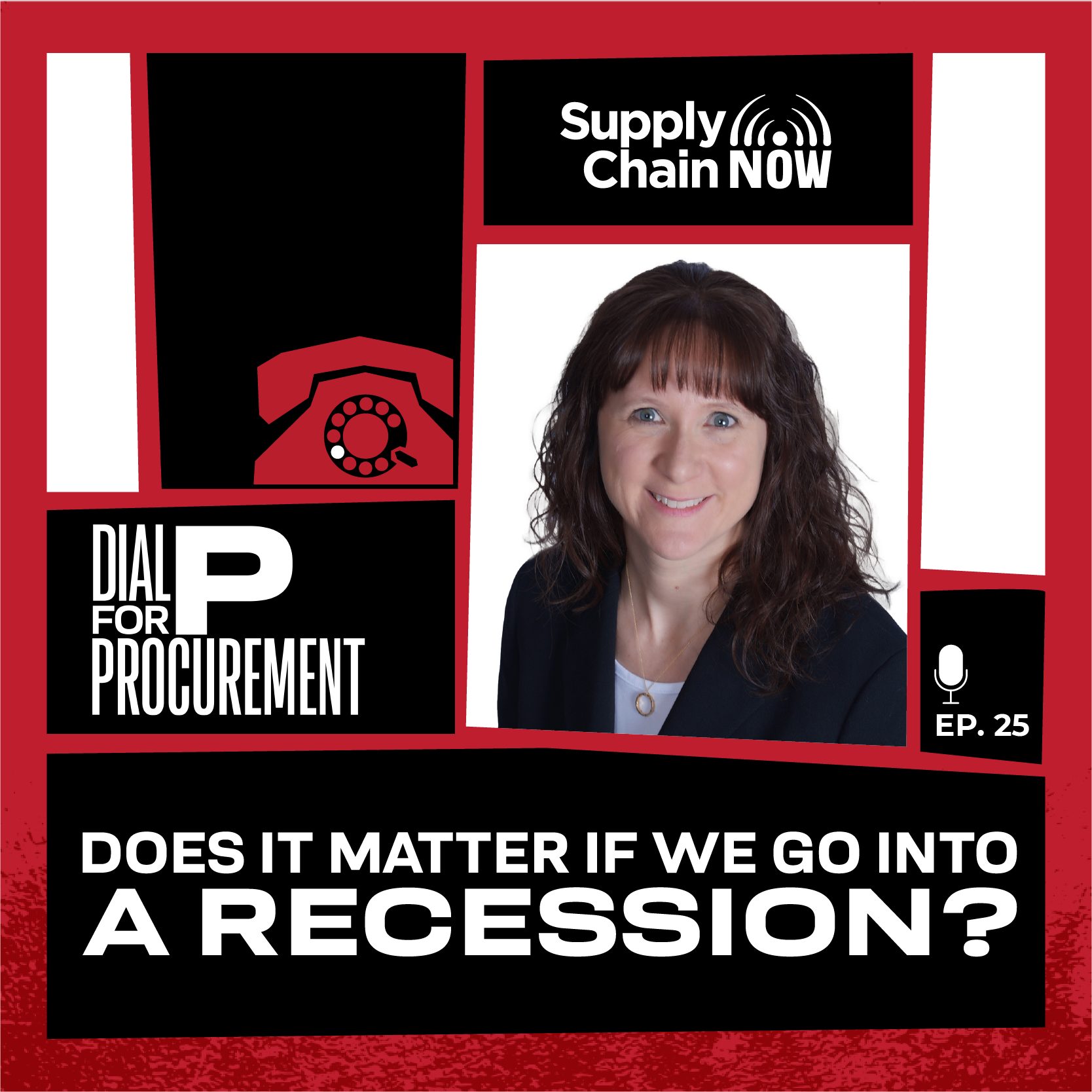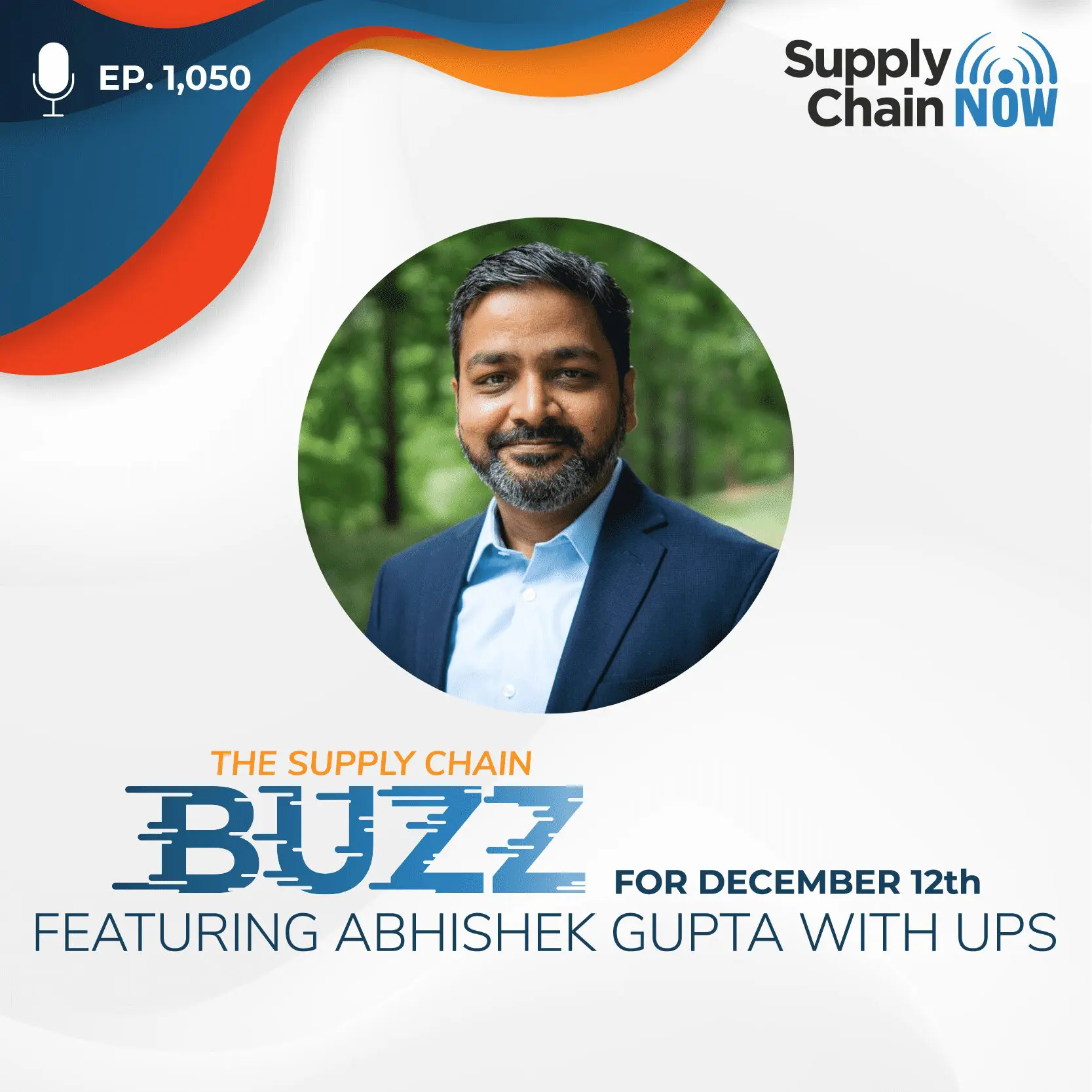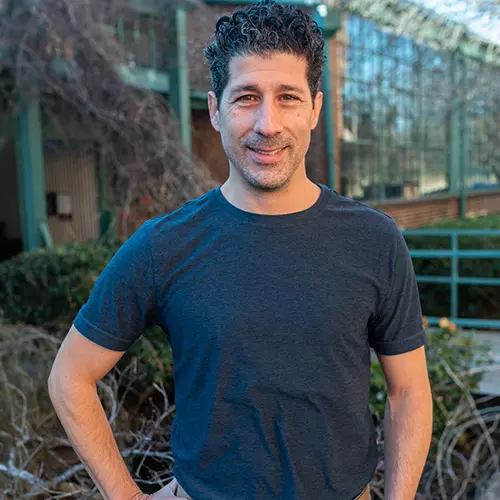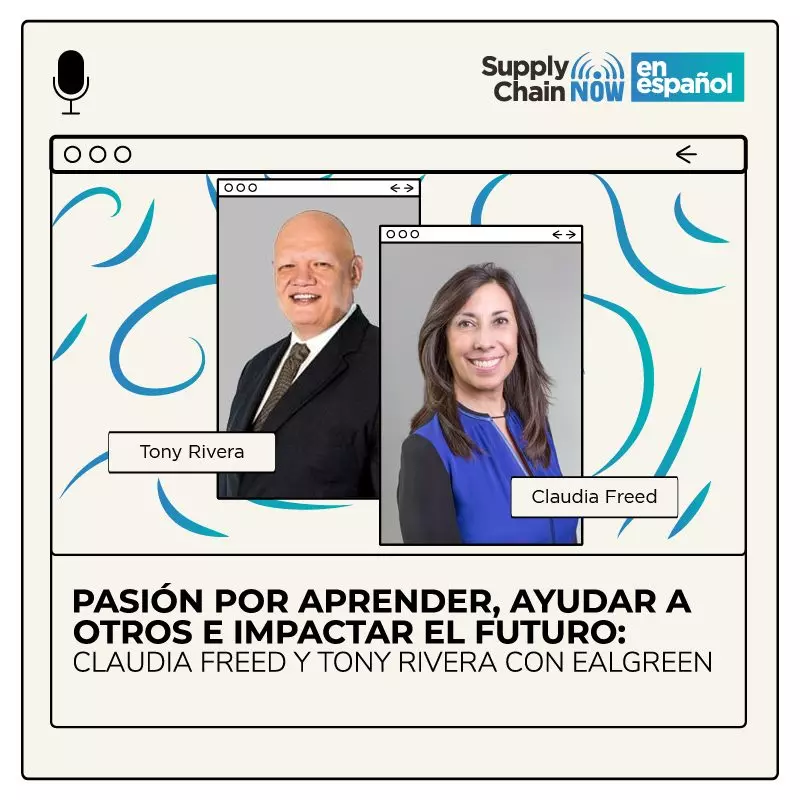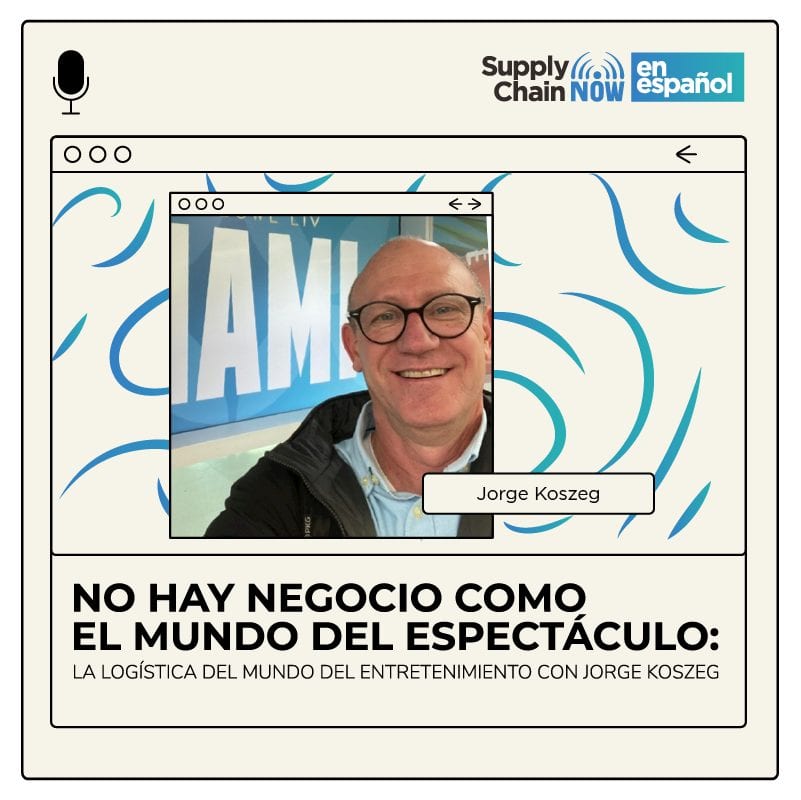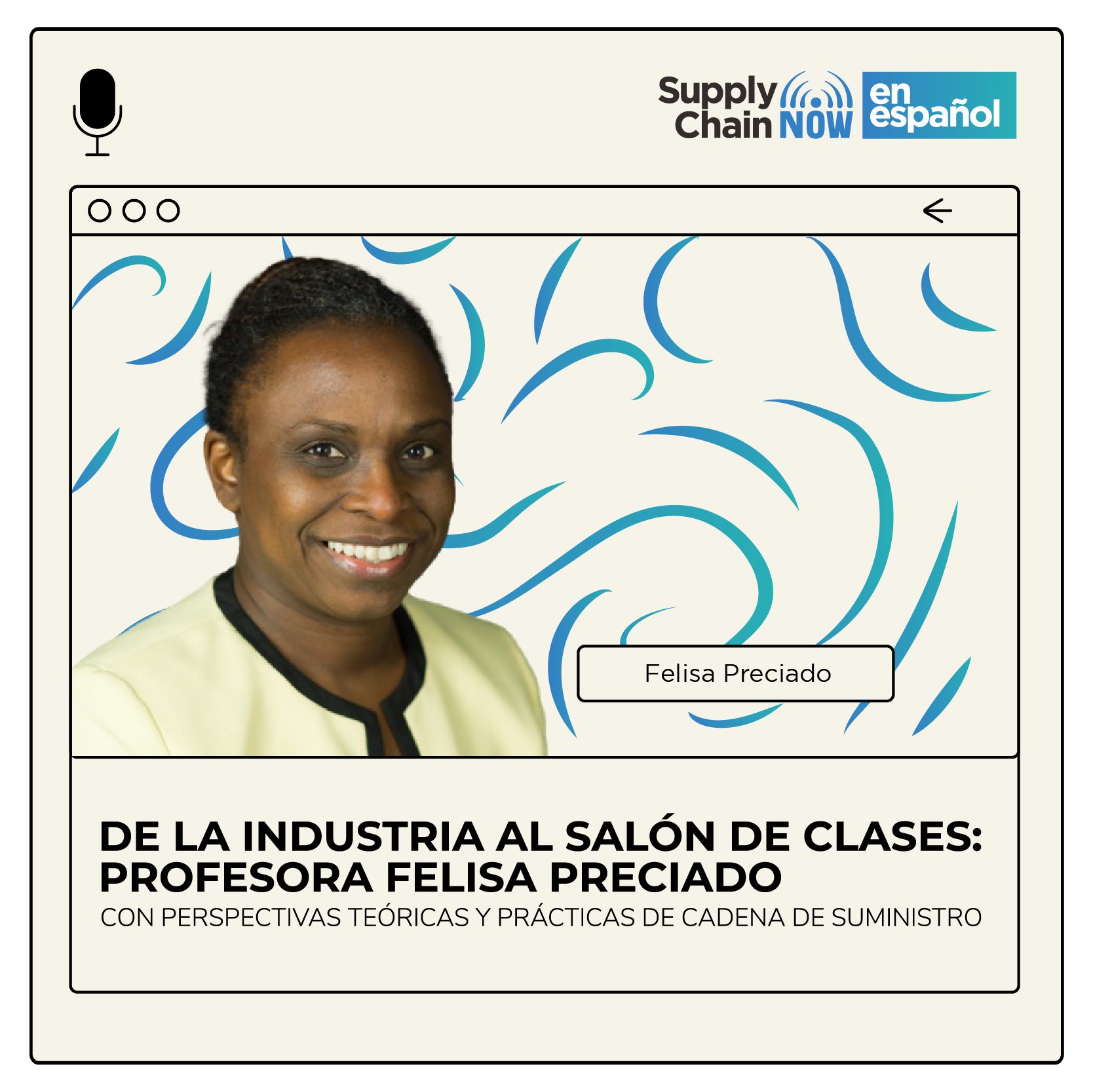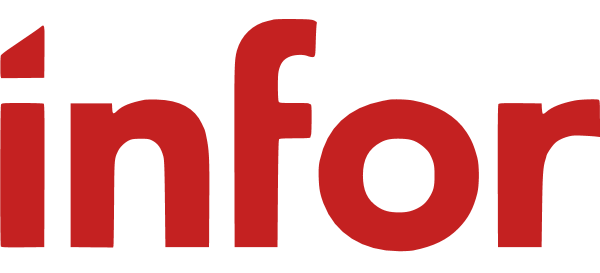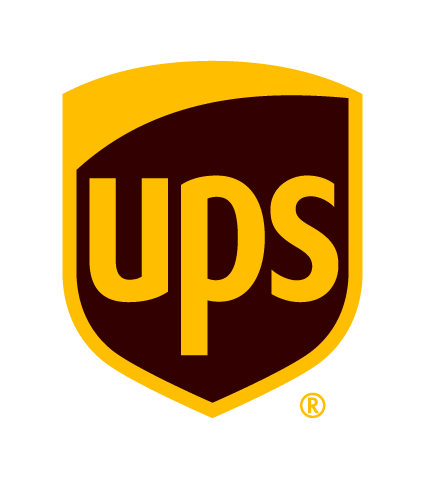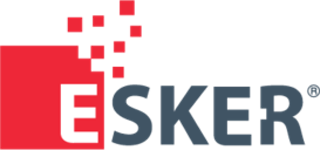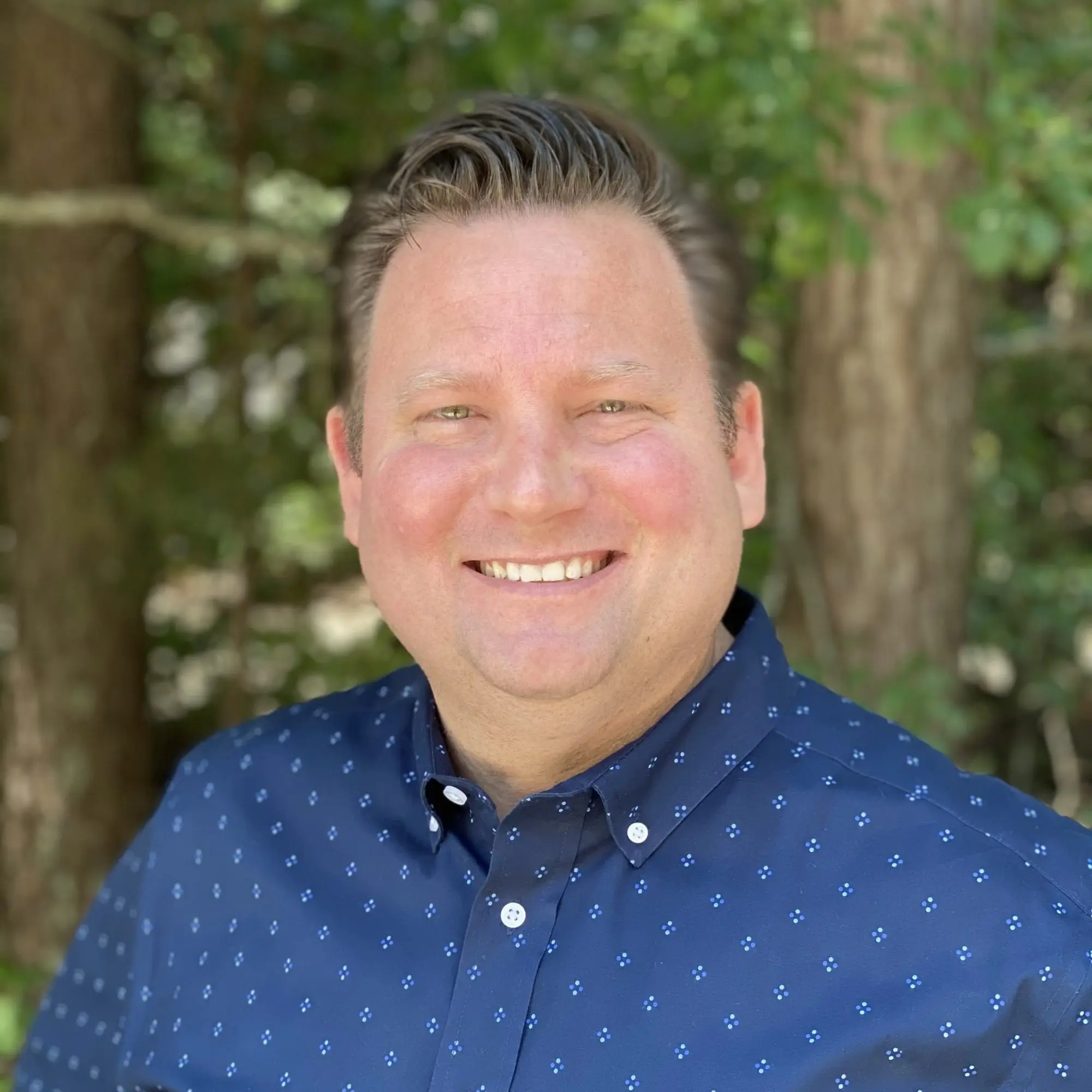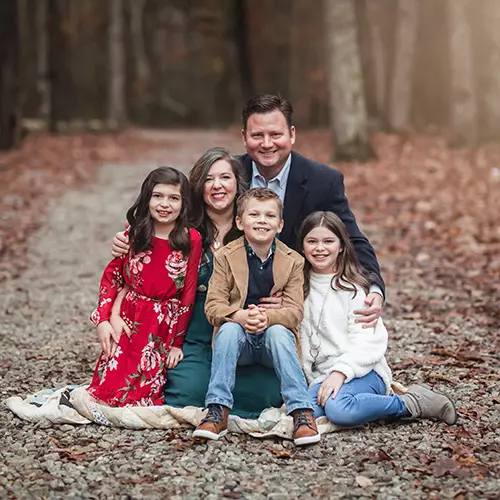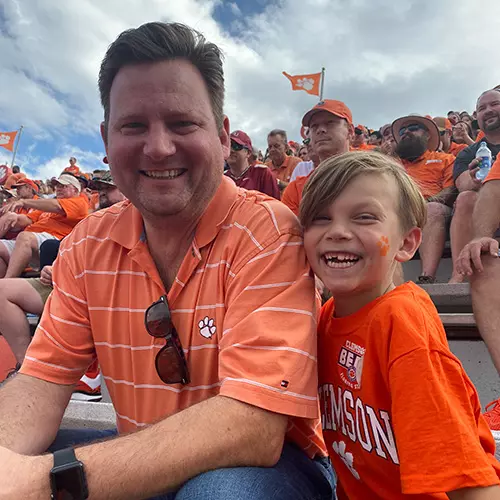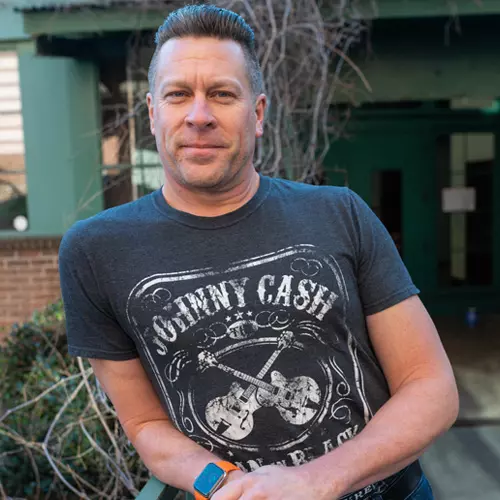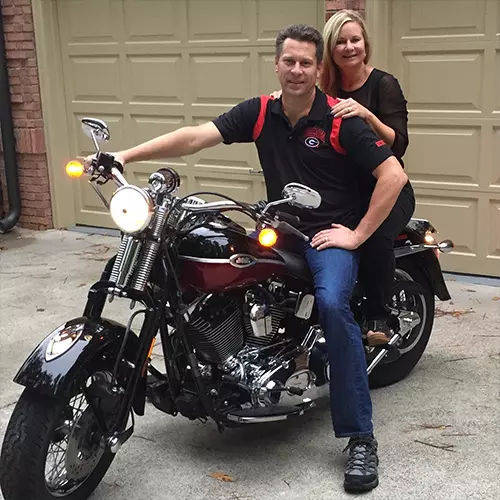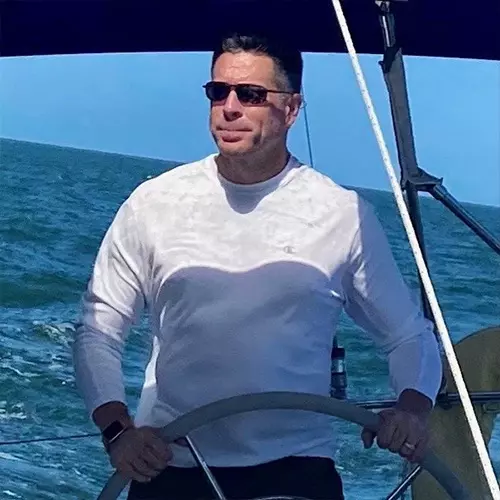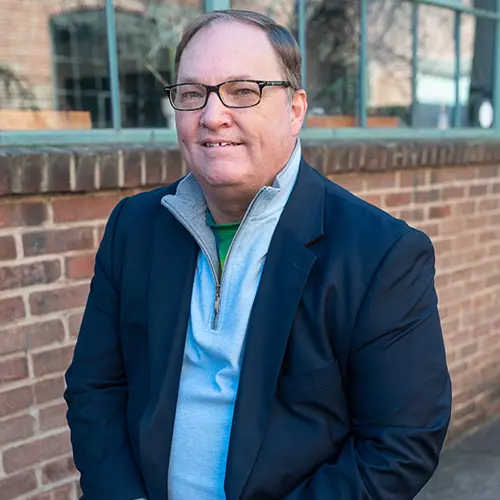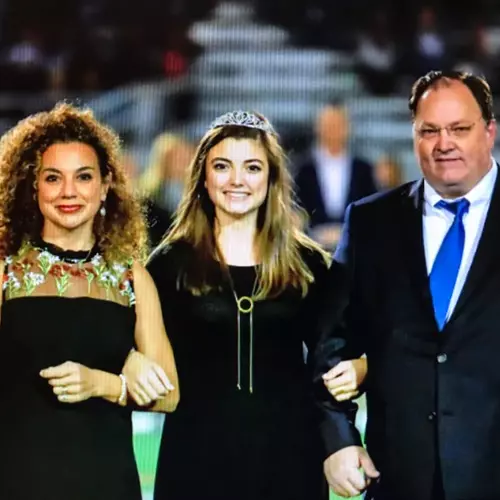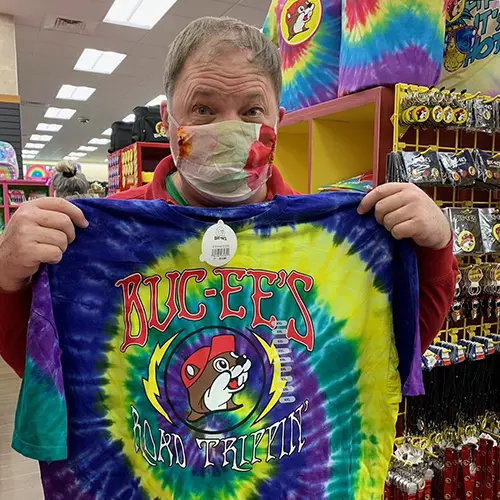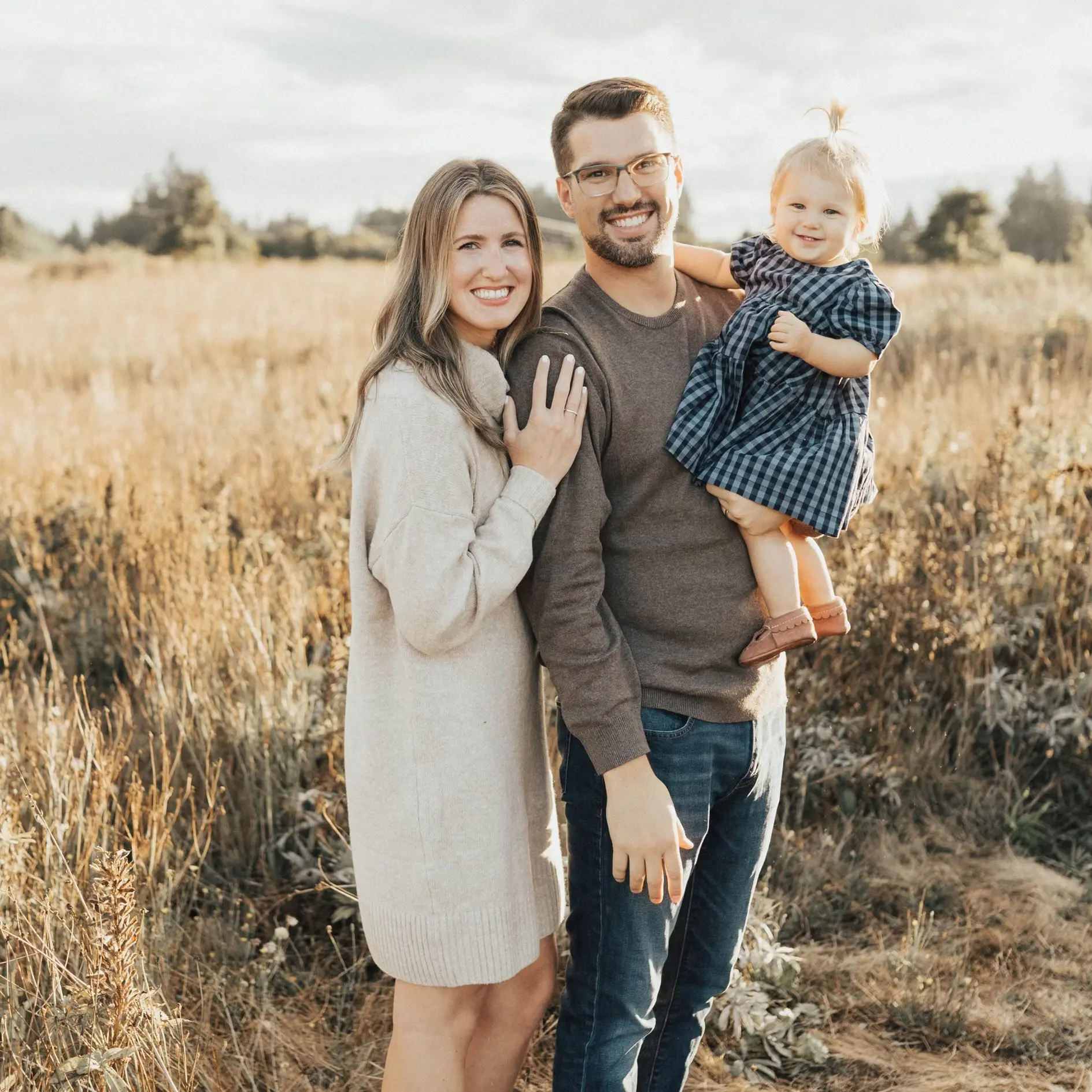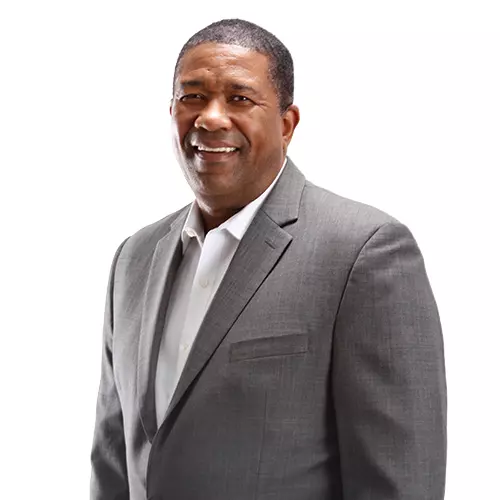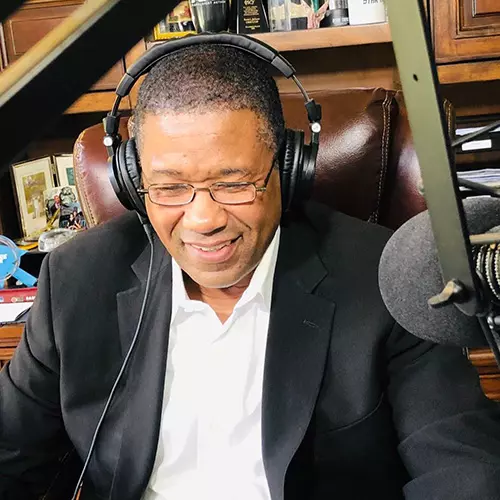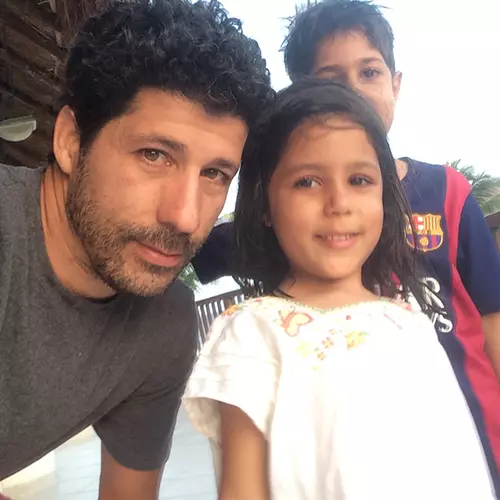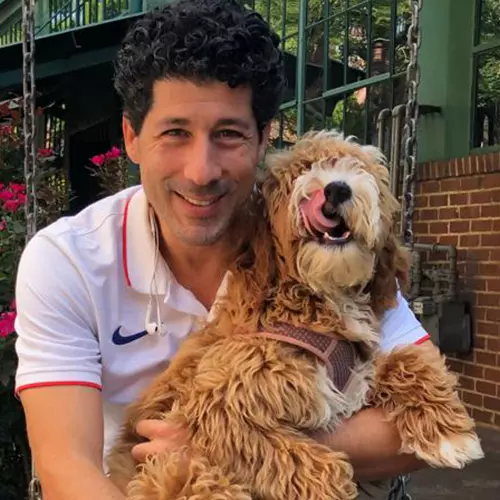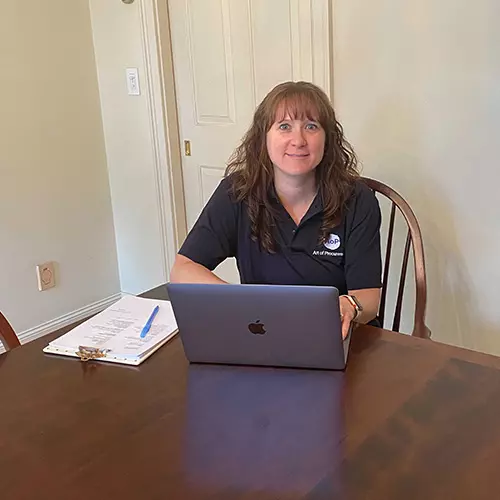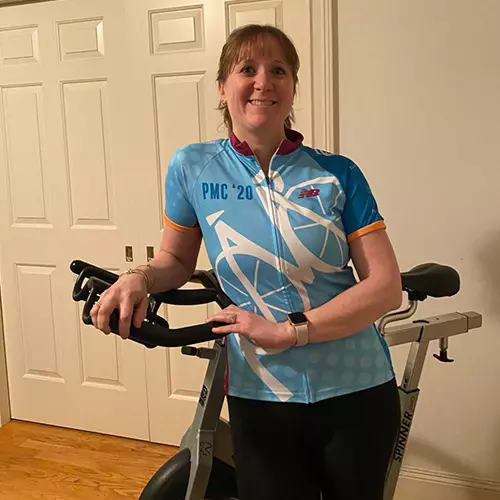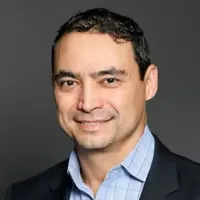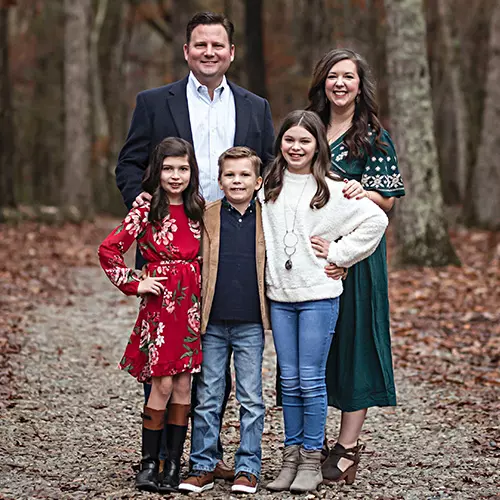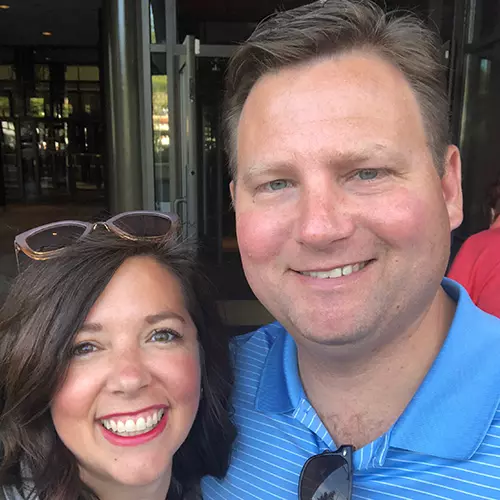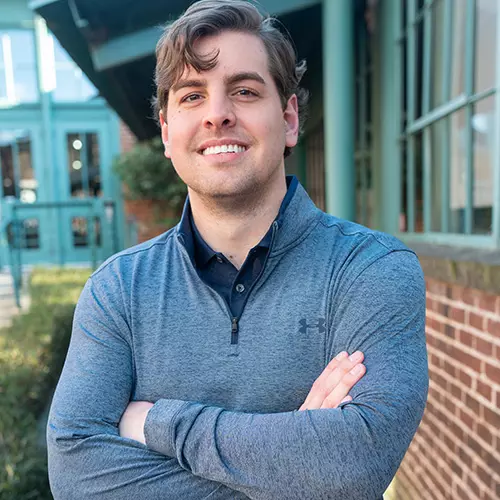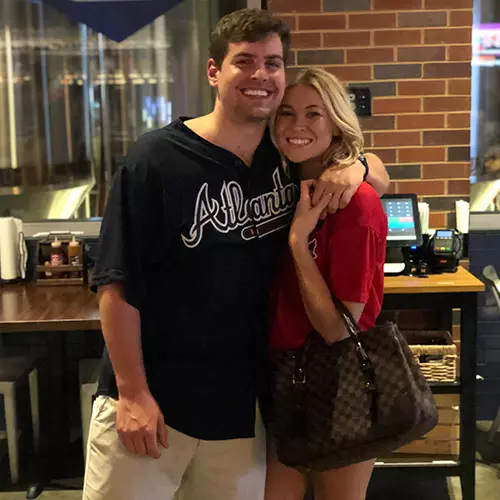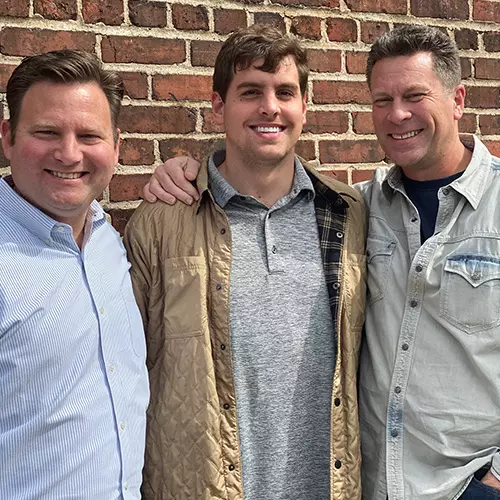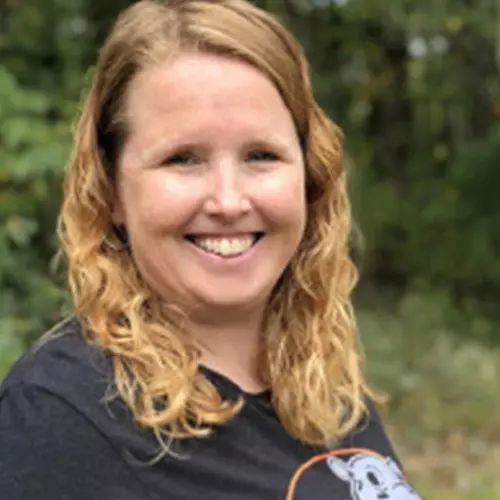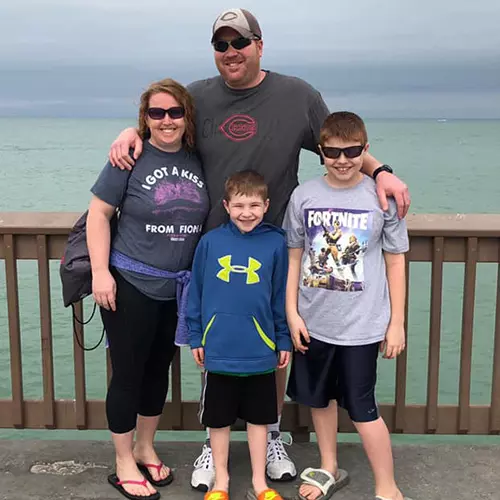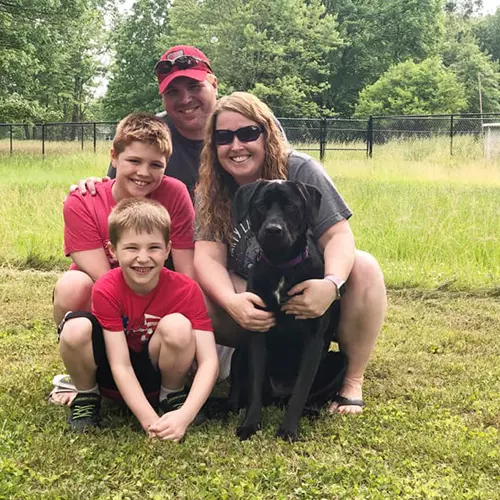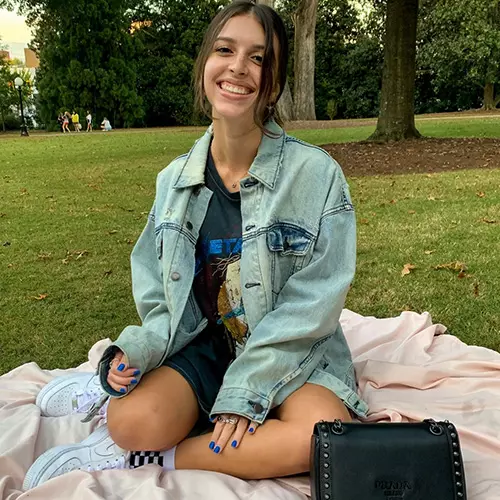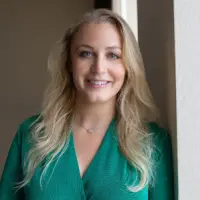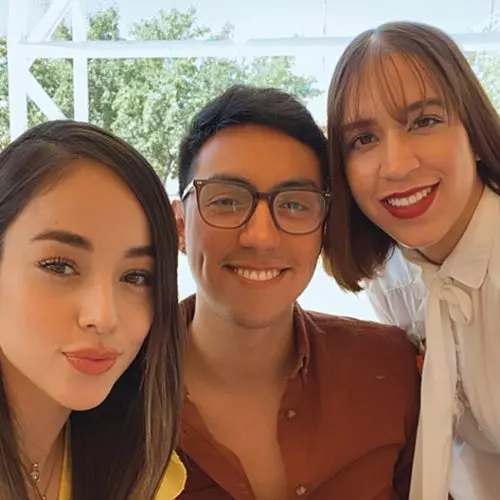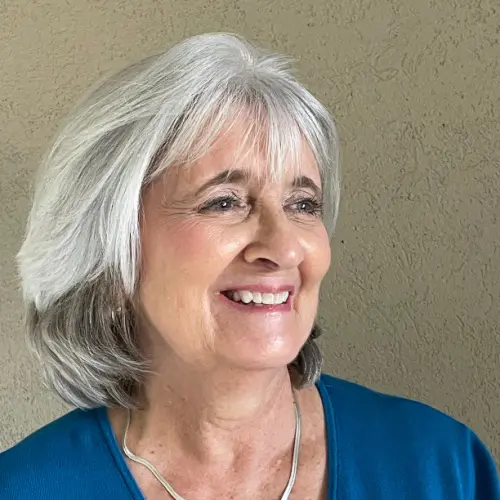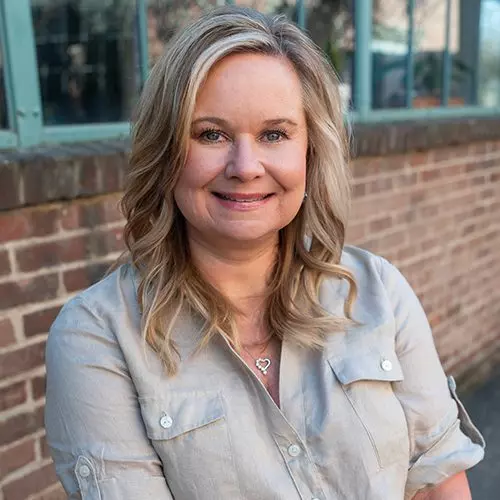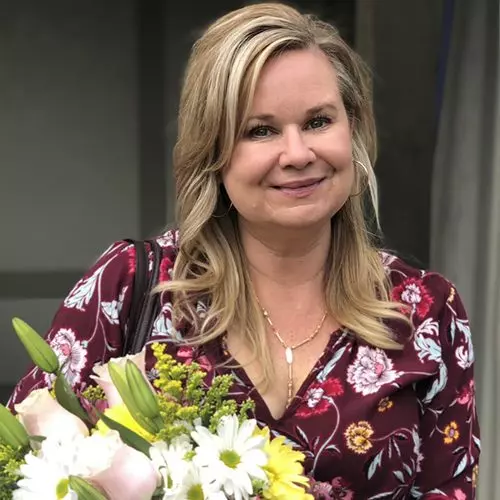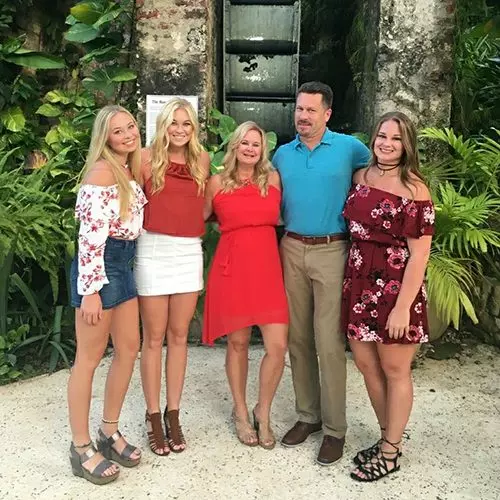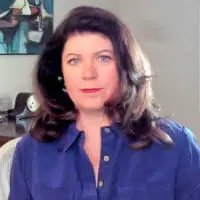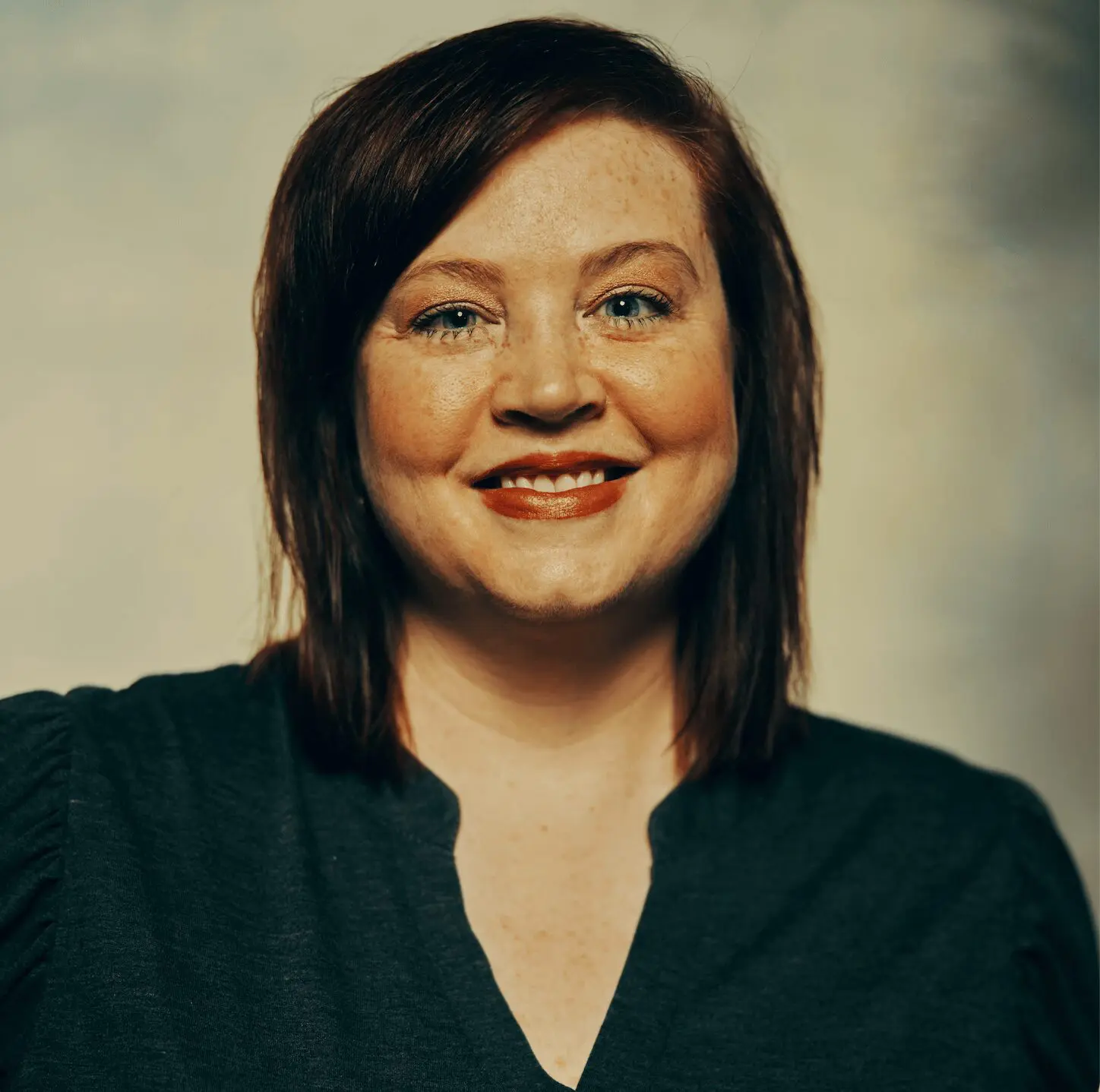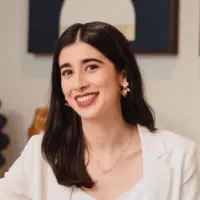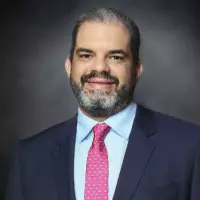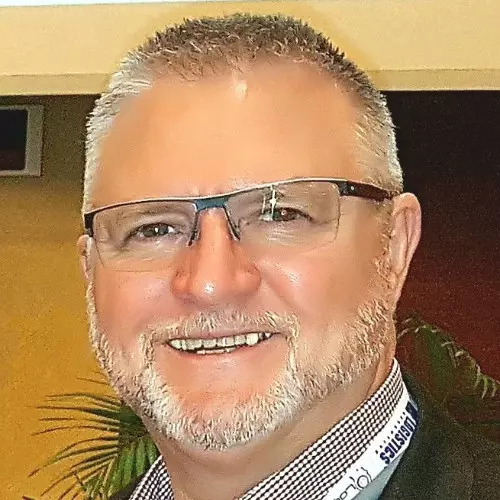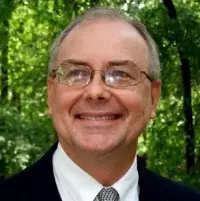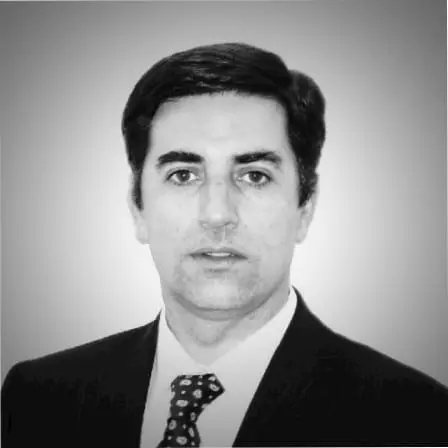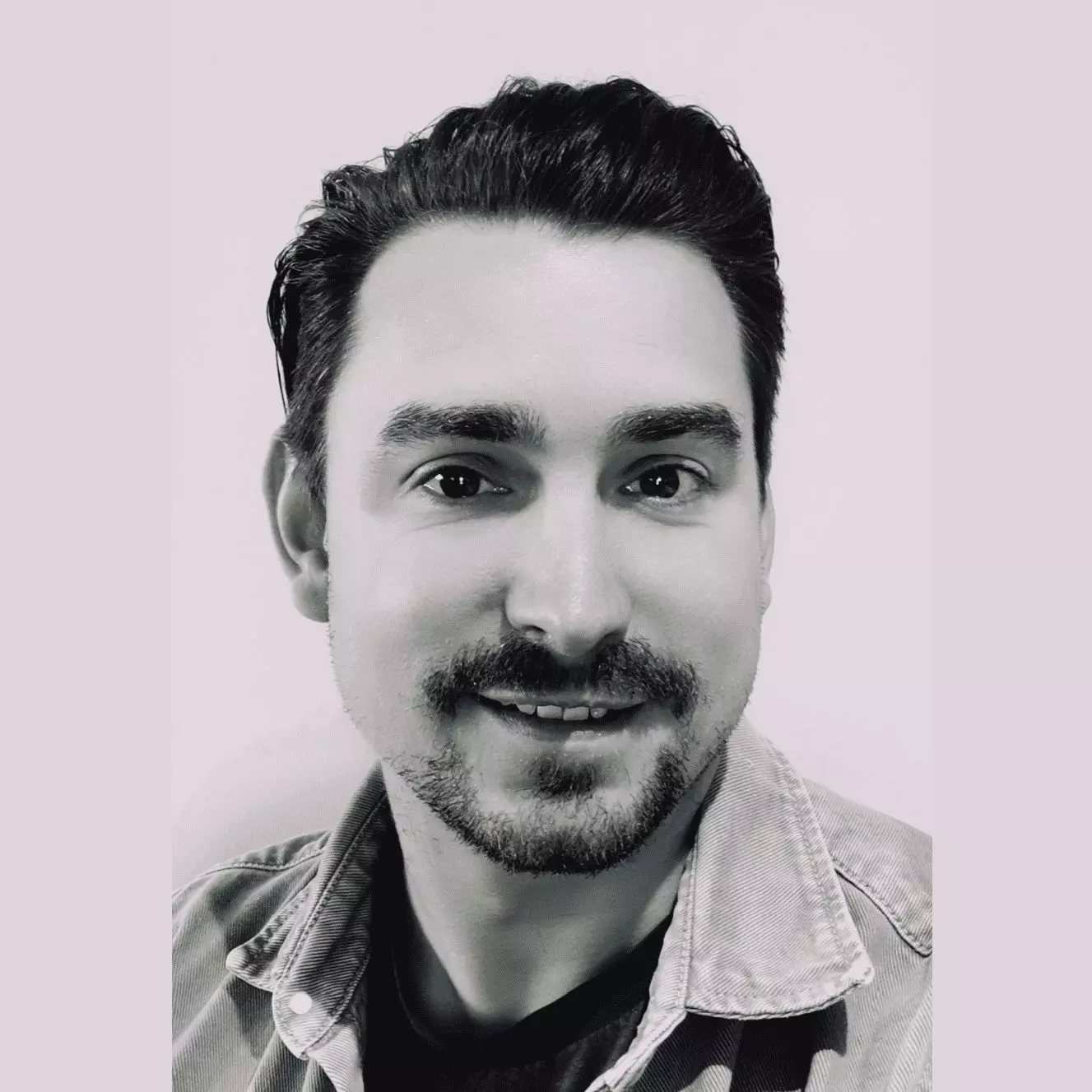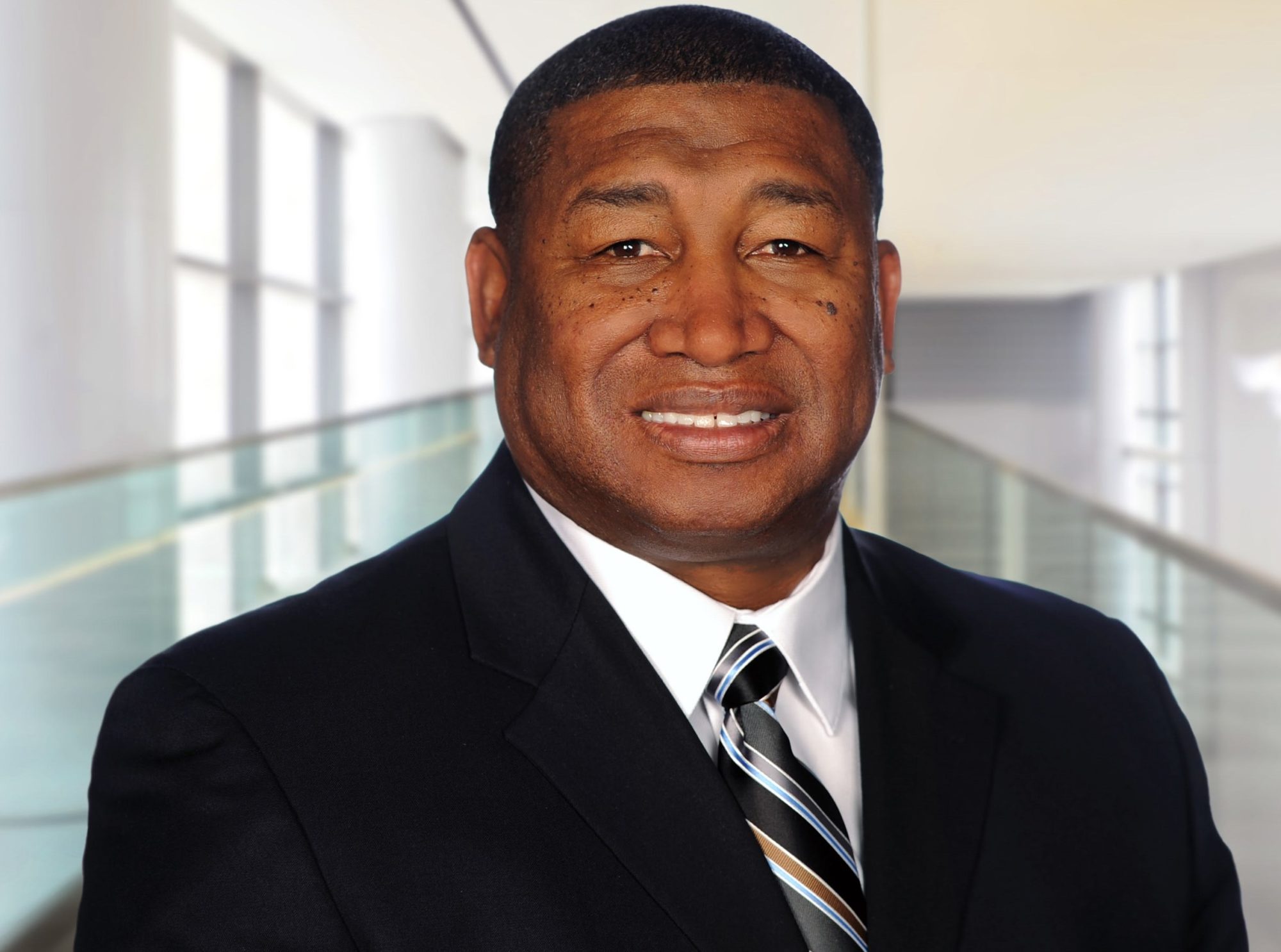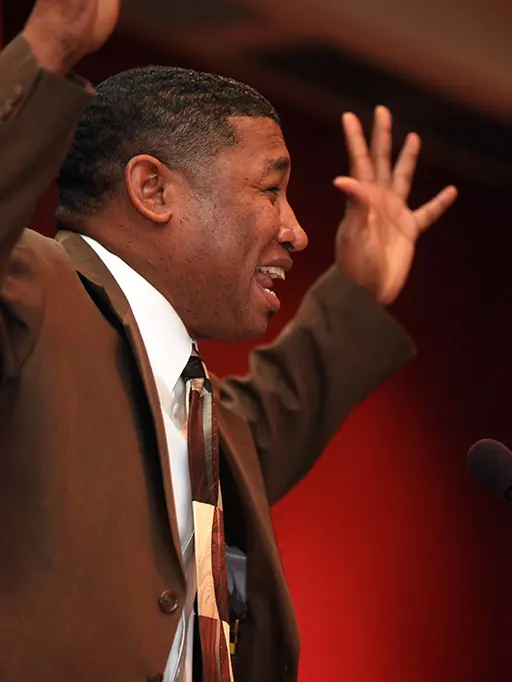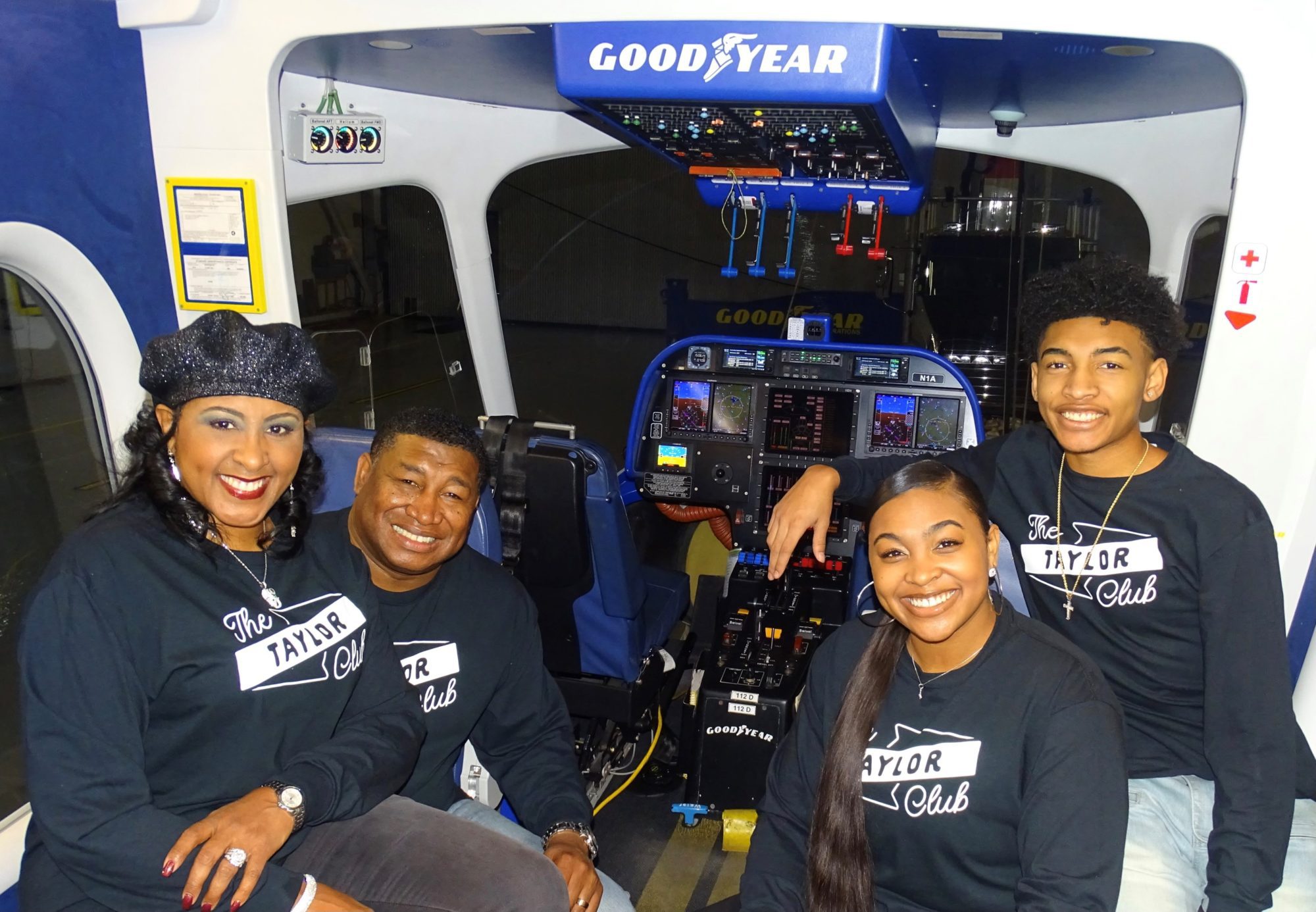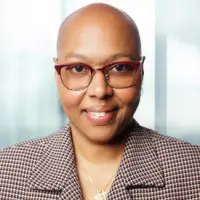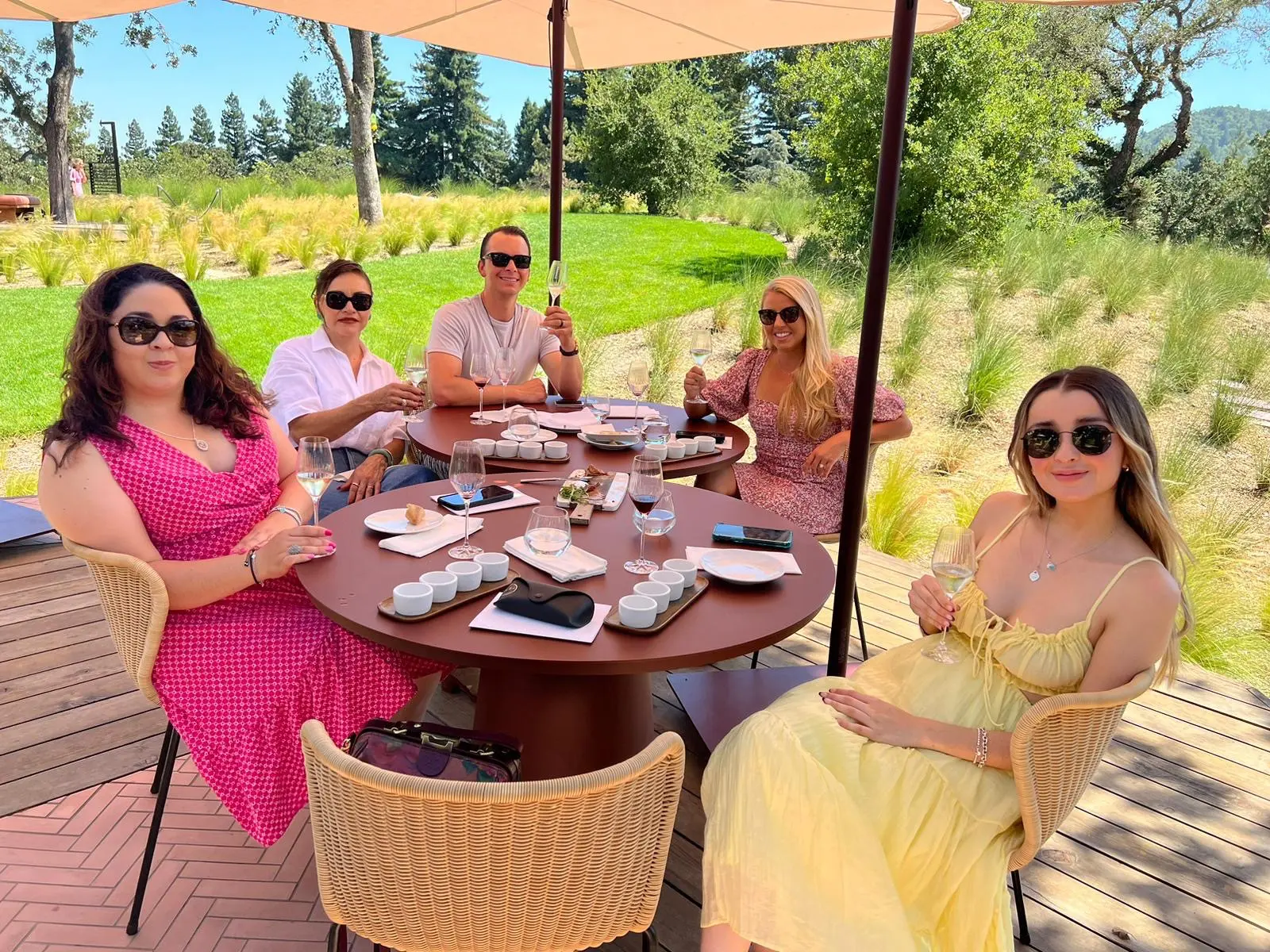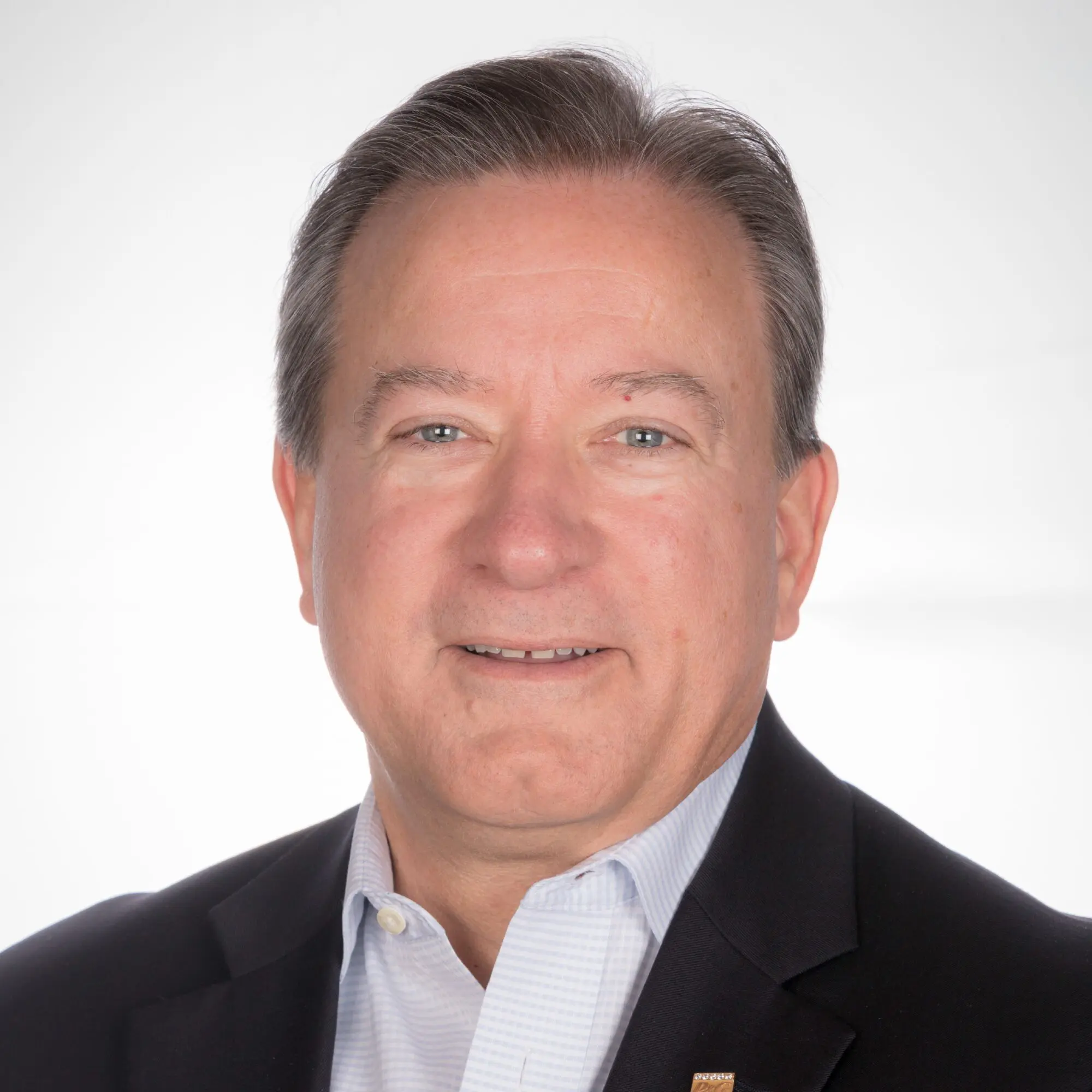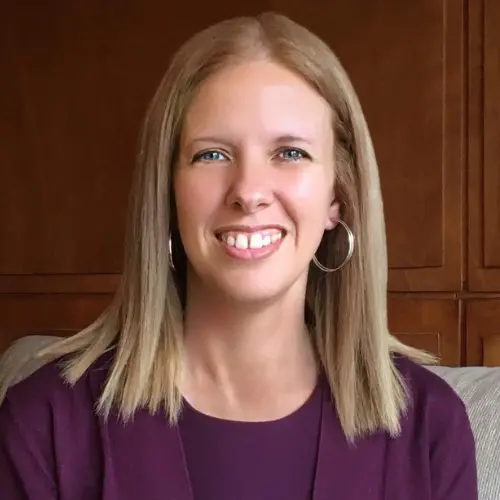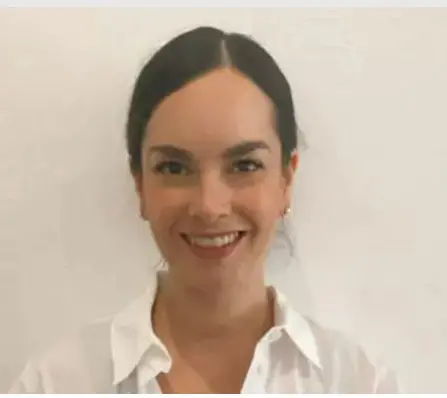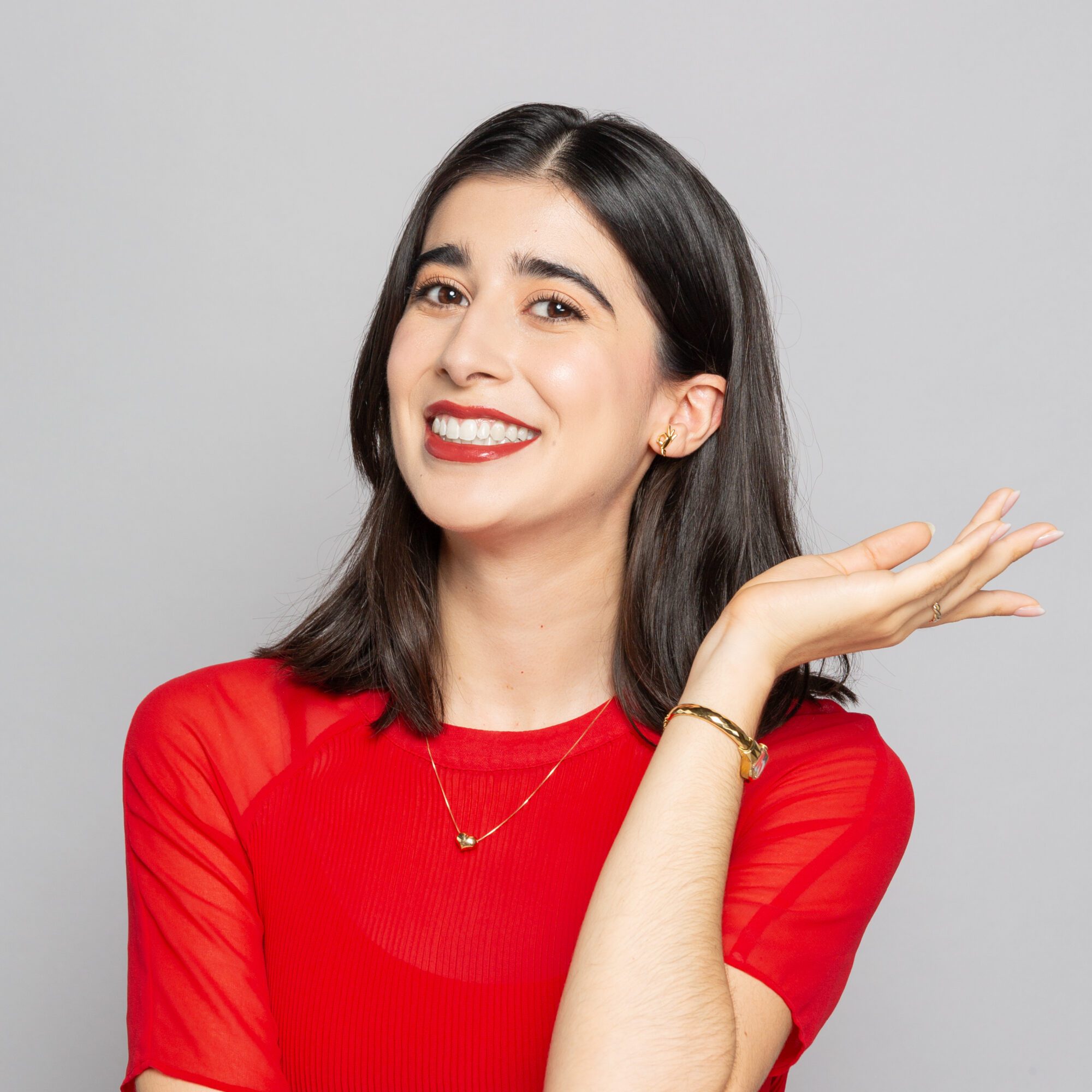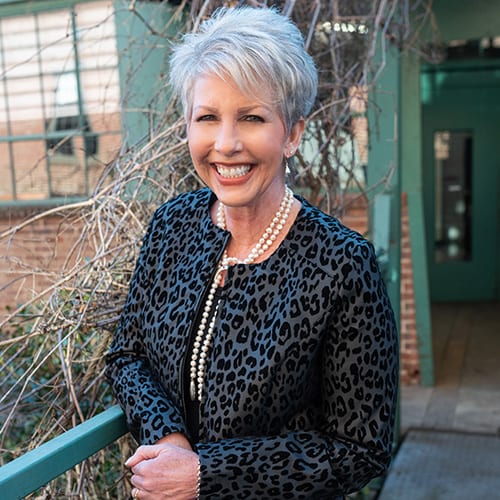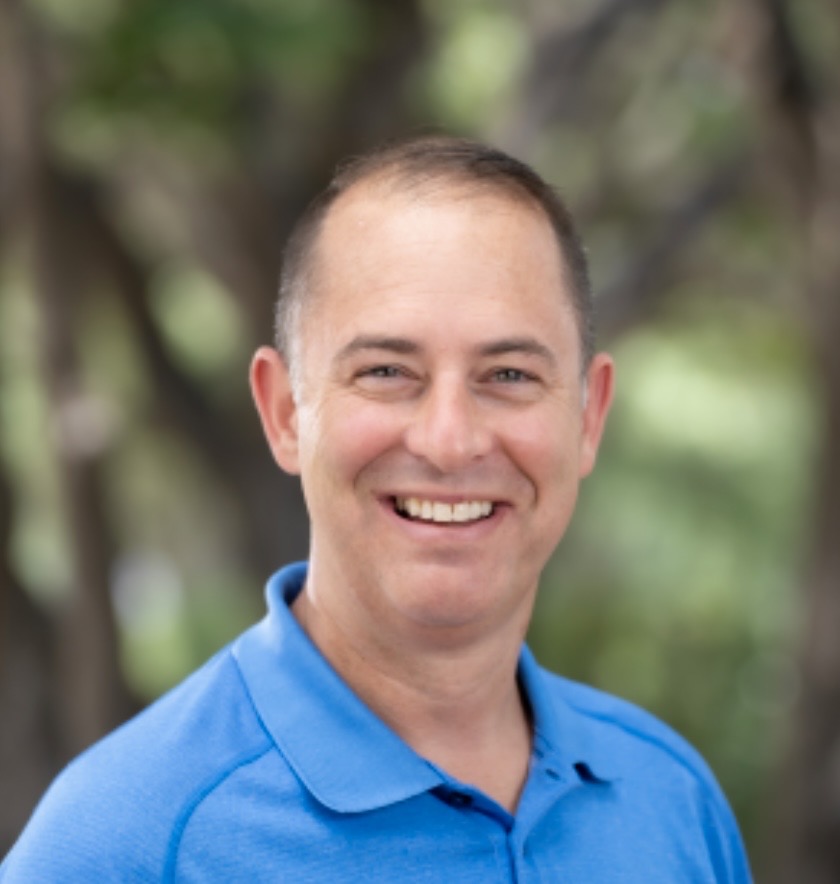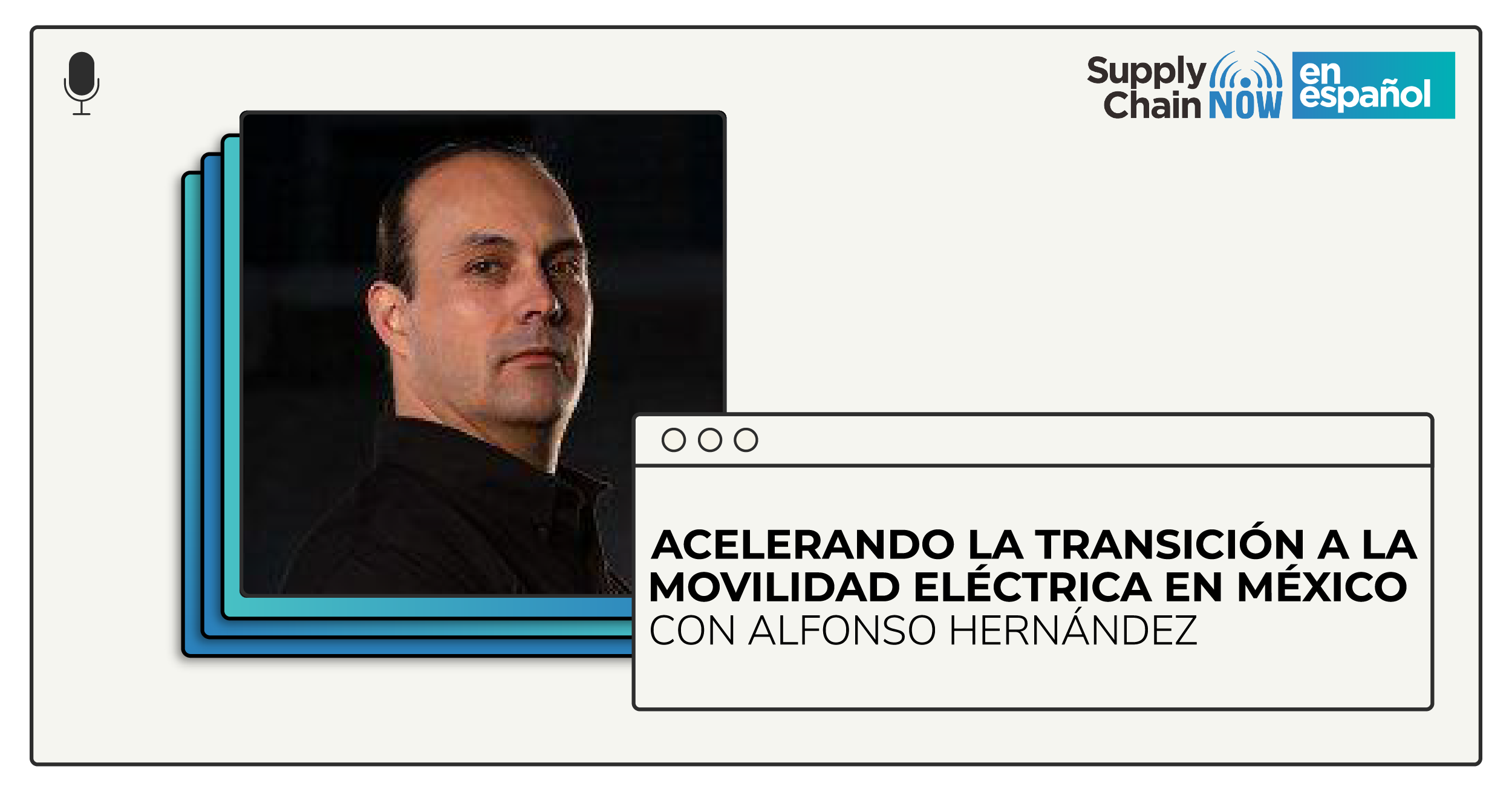
La única forma de solucionar el tema ambiental, que es un problema de salud pública, es dejar de emitir emisiones y eso solo lo pueden hacer los vehículos eléctricos.
-Alfonso Hernandez
Resumen del Episodio
¿Sabías que los coches eléctricos existen prácticamente desde la invención del automóvil?
Escuche y aprenda mientras el presentador Enrique Alvarez le da la bienvenida al podcast a Alfonzo Hernandez con Advanced Power Vehicles. Desde una pasión por los autos y las carreras de Fórmula Uno, Alfonzo comparte todo, desde su experiencia en ingeniería mecánica y diseño industrial, su deseo de construir y fomentar la tecnología dentro de México, su misión de acelerar la transición a la movilidad eléctrica en México y mucho más.
Transcripción en Español
[00:00:37] Muy buenos días. Bienvenidos una vez más a nuestro segmento Supply Chain en español. Mi nombre es Enrique Álvarez y hoy tenemos un episodio sumamente interesante en una de las tecnologías de punta y un área en la que muchas, muchas empresas le han apostado. Muchas empresas que están metiendo inversión, capital, dinero y esfuerzo. Y bueno, en México no se queda atrás y tenemos a una persona, a un emprendedor. Alfonso Hernández, director de Advanced Power Vehicle. ¿Alfonso qué tal? ¿Cómo estás?
[00:01:09] ¿Qué tal? Buenas tardes. Pues gracias Enrique, aquí por invitarme al podcast.
[00:01:14] Muchísimas gracias por estar aquí. Como lo decía un poco es lo que nos vas a presentar. ¿Y bueno, antes de meternos a eso, vamos a hablar un poco de ti y de tu carrera, pero una industria sumamente interesante y bueno, desafortunadamente también muy impactada por la pandemia, cierto?
[00:01:30] Sí, sí, pues es una de las industrias con mayor potencial que hay ahorita y yo creo que con la mayor cantidad de startups. Pero bueno, al final es una oportunidad. ¿No?
[00:01:41] Bueno, es un orgullo. Yo soy mexicano también, Entonces es un orgullo tenerte en nuestro programa y en este episodio habla muy, muy bien de los muchos emprendedores, ingenieros y gente capaz en nuestro país y en todo Latinoamérica. Si, si quieres cuéntanos un poco quién es Alfonso Hernández, cuéntanos un poco de ti, de quién eres.
[00:02:04] Pues mira, soy originario de la Ciudad de México y prácticamente toda mi vida la crecí en Guadalajara. Y posterior tuve la oportunidad de ir a estudiar a Monterrey, al Tec de Monterrey. Inicialmente empecé con la ingeniería de mecánico administrador, la famosa IM allí en el Tec, pero luego abrieron la carrera de diseño Industrial, que me llamó mucho la atención y me cambié a Diseño Industrial. Y ya por ese lado pues empecé. ¿Siempre me gustó el tema automotriz, no? Y a finales.
[00:02:42] De la noche. Me imagino.
[00:02:43] Sí, sí, sí. Sí, sí, yo me acuerdo desde que tenía, no sé, cuatro años o cinco años, que prendí la tele y vi las carreras de Fórmula uno. Desde ahí quedé impactado, No, hasta me. El primer nombre de un piloto que recuerdo fue Nelson Piquet. Y tenía mi avalancha. No sé si te acuerdas.
[00:02:59] Sí, claro. Marca registrada. Avalancha.
[00:03:02] Sí. Y bueno, me sentía piloto y toda la vida me interesó el tema automotriz. Después de chico tuve carritos a control de más como profesionales de competencia. ¿Y de alguna manera siempre sentí el ligado a este tema, no? Y en el último semestre de la carrera y en el Tec. Tuve la oportunidad de trabajar con unos ingenieros que habían trabajado para NASA y para Scott Works, que es una división muy conocida en el tema de la aviación. Para un proyecto que ellos habían acercado al Tec para que nosotros ayudáramos a rediseñar. Y con ellos conocí un sistema que ellos habían diseñado para almacenar energía precisamente desde los ochentas, pensando en vehículos eléctricos. Ellos lo que.
[00:03:53] Es básicamente una batería para las personas que.
[00:03:56] No, no el sistema que ellos habían diseñado es un dínamo o lo que le llaman en inglés es un fly while que almacenan energía al estar rotando altos de revoluciones y al tú frenarlo de cierta manera y recuperas esa energía y la convierte en electricidad. No es como en la bicicleta que le ponías un foquito claro y tenía el dínamo pegado al ring. No es un concepto similar. Entonces ellos diseñaron esto en los 90, incluso financiados por Kevin Costner. Pero en ese entonces a nadie le interesaba el tema. El tema eléctrico no les funcionó y terminaron precisamente vendiéndose la NASA para los satélites, que era un sistema excelente para almacenar la energía muy superior a las baterías que había en aquel entonces, que apenas iniciaban las de litio. Yo cuando conocí esto en 2004 me llamó mucho la atención y siempre me quedé con el gusanito y decía híjole, pues esto tiene mucho potencial. Más, porque las baterías seguían siendo muy caras y muy pesadas.
[00:04:55] Y poco eficientes. Me imagino que.
[00:04:57] Sí. Entonces como que siempre busqué el cómo, cómo arrancar un proyecto así. Pero bueno, pues levantar la inversión. Entonces aquí en México era muy difícil. Y ellos una.
[00:05:10] Industria bastante interesante de capital muy intenso. O sea, no es. No es cualquier cosa de inversión. Necesitas buenos inversionistas, tener una buena.
[00:05:19] Si, varios millones de dólares para arrancar un tema así y ellos ya no estaban interesados, entonces. Al final, casualmente la Fórmula uno por ahí 2008 se convirtió en híbrido. O se incluyeron en que los motores tuvieran un sistema de almacenaje de energía que le llamaban KERS en aquel entonces.
[00:05:39] Y hasta ahora están así. Disculpa que sí, sí, sí, claro, eso no sabía.
[00:05:44] Sí, pero empezó en 2008, muy pequeño el sistema y era por unos segundos. Creo que estaba como ocho segundos. Da patadas al botón, la recta y que daba una potencia.
[00:05:52] Para que te dieran más poder.
[00:05:54] Sí. Entonces. Prácticamente todos los equipos se fueron por un sistema de baterías, pero uno de ellos se fue por el sistema de que fue el equipo de Williams. Entonces yo me acerqué con ellos, los busqué mucho trabajo.
[00:06:07] Con Nelson Piquet. Me imagino dándole vuelta a tu conocimiento como Williams o algo así.
[00:06:15] Sí, no me acuerdo bien, pero creo que sí. Estuvo en Williams en algún momento de su vida, de su carrera. Pero bueno, al final logré contactar con ellos por correo. Imposible. Terminé literalmente agarrando el teléfono y hoy quiero hablar con alguien. Y empezamos a platicar. Yo les decía que me interesa la distribución tecnología aquí en México. Y me decían bueno, ahorita apenas está esto. El desarrollo ya está haciendo pruebas aquí en Londres. No tiene caso que hagamos simultánea. Ya. Pero ya que está esto listo, platicamos en unos como dos años. No sé si fue lo que hago en dos años. Casualmente en ese inter me metí mucho también al tema de energías renovables con un tío que era socio en una empresa, que iban a poner varias mini hidroeléctricas precisamente para vender energía a privados. Lo que le llaman se le llama aquí el PPA, que es el Power purchase Agreement. Entonces estaba ya muy relacionado con estos temas de energía. Y cuando finalmente Williams termina la tecnología que dice así la vamos a comercializar. Venden la división a a una empresa muy grande internacional que fabrica trenes motrices y pierdo todo el contacto. Entonces fue volver a contactar esta empresa hasta que di con con la persona que era el encargado de la de la división.
[00:07:42] ¿Y me dice sí, me interesa mucho, porque además yo la aplicación que lo quería implementar era precisamente aquí en Guadalajara, que tenemos el sistema BRT, que es el de los autobuses articulados 18 metros son todos muy pesados que van en un carril confinado, no? Claro, y es lo que me decían ellos habían estado haciendo las pruebas en los autobuses londinenses, los de doble piso. ¿Y decían pues es que la aplicación es hasta mejor la que tú tienes allá, no? ¿Porque son todavía más pesados y y por la cantidad energía cinética que traen, dicen es como el Fórmula uno, porque en Fórmula uno pesara 700 kilos, pero va hasta 150 kilos por hora, no? Entonces ya empezamos a platicar ya de números, costos, ya logré contactar a aquí a los operadores de Metrobús y revisamos el tema. Lo que sucedió es que en ese entonces el dice que era muy barato en México, si no me equivoco, en aquel entonces estaba como a 9 $ o 10 $. Y en comparación con con Londres.
[00:08:48] Pues todavía.
[00:08:49] Estaba estaban 5 $. Sí, sí. O sea, ellos andaban como 25 $ y nosotros a diez. Entonces es que los números.
[00:08:55] No dan, no van a dar.
[00:08:58] ¿Exacto, no?
[00:08:59] ¿Qué es lo que le ha pasado? Mucho daño. Si quieres un poco atrás, tú te sabes la historia mucho mejor que yo. Gustó la historia del coche eléctrico, que en sí no es nada revolucionario o tan revolucionario como la gente cree. Pero todas las empresas de petróleo y gasolina han estado haciendo lobby para que no salga, porque al final de cuentas era su su negocio lo que le estaban pegando.
[00:09:23] No platicamos con documentos porque la historia del automóvil en sí se le acredita al primer automóvil como tal la Daimler. Este, perdón, a Carlos Benz. Así que después de 60.
[00:09:38] Sí. De hecho, antes de que Mercedes fuera Mercedes Benz.
[00:09:41] O Mercedes Benz, inventa el automóvil, la combustión. Pero se dice que ya había por ahí otra persona que había inventado uno eléctrico, que era prácticamente prácticamente con las mismas funciones. ¿Pero bueno, se le reconoce a Karl Benz, que después se asocia con Daimler y hacia Avner Benz y toda la historia, no? Pero los autos eléctricos existen prácticamente desde que inició el automóvil, que es por ahí de 1884 86.
[00:10:11] Es increíble que no estemos tan atrasados de algo que es una tecnología que ya está ciertamente con muchas ineficiencias, porque el tipo de almacenamiento de energía era diferente y poco eficiente.
[00:10:24] Pero en realidad en aquel entonces la tecnología era muy superior a la de combustión. Porque si tú te tratas de visualizar en 1900 no un automóvil de combustión, para empezar, todos los automóviles eran caros. ¿O sea, estamos hablando que te costaban por ahí al equivalente hoy en día a 200.000 $, no? Claro sea, era un lujo para muy pocas personas. Eran los de combustión. Eran muy lentos, muy ruidosos, poco fiables. O sea, prácticamente necesitabas un chofer que además fuera mecánico. ¿No?
[00:10:57] Porque obviamente que se rompían cada dos o tres semanas. Me imagino que le fallaba.
[00:11:02] Oh, no, no, era casi. Casi diario. Casi. Para arrancarlo. ¿Arrancarlo? Tenías que echar mil cosas. Y además la manivela, hasta que el famoso crank para arrancarlo. Pues no cualquiera tenía la fuerza para hacerlo, sobre todo para motores grandes. Entonces y los eléctricos funcionaban como un carrito de golf. Hoy en día era exactamente lo mismo que un carrito de golf. ¿No? Entonces eran muy populares los eléctricos. Se dice que por ahí de 1900, el 50% del parque vehicular en Estados Unidos eran vehículos eléctricos, que era sobre todo Nueva York. Había puntos de carga prácticamente cada esquina. O sea, tú llegabas a una farmacia, una tienda y conectaba su coche y ni te cobran. Digo, no sé si por minutos, por horas, como, pero había la posibilidad. Toda la flota de taxis en Nueva York o la mayoría de los taxis eran eléctricos, incluso tenían sistemas de cambio de batería. Entonces una cosa quise saber como, pero.
[00:11:59] Y de repente. Bueno, de hecho es lo que estaba buscando ahorita. Creo que hay un documental que se llama Okey, bueno, vamos a poner ahí el link para la gente que sea apasionada en este tema y en coches en particular. Pero tienes razón, entonces ya existía. Y ahora volviendo otra vez a tu carrera profesional, que es realmente lo interesante en esta entrevista. Empiezas a ver esto, empiezas a hablar otra vez con la gente que tenía la tecnología. Pero la gasolina no lo hacía viable. Que es ahí donde nos desviamos.
[00:12:29] Exactamente. El retorno. El retorno no era conveniente. O sobre todo para los que están acostumbradas las empresas aquí en México, que es otro punto. Aquí en México se buscan retornos mucho más cortos que en otros países, no sobre todo europeos o Estados Unidos. Entonces como que ellos. Híjole, esperar dos años para que esto no haya resultado. ¿Dije no va a haber mejor, yo voy a desarrollar lo mío, que se ajuste a las necesidades de México, no? ¿Y no estar dependiendo de la empresas de primer mundo que desarrollen para allá, no? Y afortunadamente en ese entonces conocía más o menos como trabajaban los fondos de Conacyt. Y apliqué. O sea, se creó la. Sí, se creó el proyecto, aplicamos el fondo y nos otorgaron el fondo el primer año. Y con eso pudimos arrancar el proyecto. Inicialmente yo quería que el proyecto fuera con los slides. La idea era utilizar los frijoles que te había comprado la tecnología esta empresa de Williams. Pero no, no pudimos llegar a un acuerdo, como que más bien ellos estaban como haciendo una reingeniería de todo el proyecto este. Entonces tuve que recurrir a las baterías. Para ese entonces ya las baterías de litio eran bastante más eficientes, capaces, menos pesadas, más baratas. Comparación a lo que estaban unos años antes. Pero si en ese entonces estábamos hablando que el kilowatt andaba por ahí de 1.000 $, hoy en día en la industria automotriz anda por ahí de 150 $. O sea, ha bajado muchísimo.
[00:14:14] Sí.
[00:14:15] Exacto. Entonces cuando sabes.
[00:14:17] Mejor teóricamente, porque tú lo conoces más, es mejor que el Feliway. O sea, la parte o el Floyd sigue siendo una tecnología superior, pero a lo mejor más complicada o las baterías ya están a la par. Cómo están esas dos formas de.
[00:14:31] Es una pregunta interesante. Nunca me la habían hecho.
[00:14:34] Yo soy ingeniero mecánico. A lo mejor. A lo mejor por eso.
[00:14:38] Pero dime si el flagyl tiene muchas ventajas, porque incluso por ejemplo, bueno, el proyecto que yo conocí de estos ingenieros que habían trabajado para la NASA o que se los vendieron a NASA. Me acuerdo que ellos hablaban por ahí de que el sistema había hecho por ahí de 30.000 ciclos sin haber fallado. Cuando las baterías normales te dan 3000 ciclos, hay baterías ya de 10.020 mil, pero son mucho más caras. He. Tienes la ventaja que te pueden entregar la potencia casi instantánea.
[00:15:10] Más que la batería.
[00:15:11] Sí, mucho más. Y los puedes cargar más rápido que la batería. En realidad, el tiempo de carga de un flag while, pues depende del motor que uses para para hacerlo girar y de la cantidad energía que le puedas meter. No, no, no dañas el sistema como en el caso de algunas baterias, que si la cargas muy rápido y la dañas. Entonces. En aquel entonces, obviamente sonaban mucho, muy superiores. Pero no había proveedores. Claro, claro. Pues en el mundo no sólo había un fabricante que estaba para vehículos. Nosotros se usan mucho en sistemas de almacenamiento, energía. Porque su respuesta también es muy rápida. No puede ser incluso más rápido que una batería. Entonces más bien la limitante fue la proveeduría. Yo pienso que hoy en día ya la tecnología baterías estaría superando el fly wild para la aplicación, porque no dejas de tener un elemento mecánico. ¿Dentro de un vehículo en movimiento, no? Claro, y además los tienes que tener a la par, porque si no las fuerzas centrífugas que pueden generar allí efectos son varias cosas que hoy en día no están tan resueltas como para un vehículo. De hecho, Williams, que lo tenía para su Fórmula uno, creo que lo tuvieron cuatro o cinco años y luego terminaron pasando a batería. También.
[00:16:30] Morí otra vez, perdón otra vez que te desvíe de tu carrera. Pero bueno, volviendo otra vez a lo que estás haciendo, te vas por las baterías. Ya nos explicaste aquí la explicación de cuales son las ventajas y desventajas de una tecnología contra la otra y y adelante.
[00:16:47] Si la idea fue entonces continuar con las baterías porque realmente no.
[00:16:52] Había de otra.
[00:16:53] Si te lo digo en momento y en ese entonces casi odiaba las baterías, no porque sean pesadas, voluminosas, tardan en encargarse. Pero bueno, ya en ese entonces había baterías mucho más con mejor potencial. ¿Los costos todavía están muy elevados, entonces hicimos este prototipo muy limitado en capacidad, pero era lo que le llaman en la industria las startups, el MVP, que es el mínimo del producto o el producto mínimo viable para demostrar que tu tecnología funciona, no? Entonces escogimos convertir este autobús, que es un típico autobús de transporte aquí de Guadalajara en ese entonces. Pero lo hicimos pensando con la capacidad del microbús que son estos autobuses de 18 metros articulados. Este otoño lo pusimos un motor mucho más potente. Este camioncito trae un motor de 180 caballos. Le pusimos uno de 340.
[00:17:51] Para simular todas las condiciones que tuviera el.
[00:17:55] Para simular todas las condiciones que tuviera el articulado y hacer todas las pruebas y todo el desarrollo.
[00:18:00] Y aunque quedó de hecho, creo que ahí tienes un. ¿Un breve clip de en qué año estamos para situar un poco a la gente que nos está escuchando este qué año es?
[00:18:09] Estamos por año 2015 2015. Si deja de ponerlo por actual ley y estamos por ahí del 2015 cuando hicimos este desarrollo. 2016.
[00:18:19] Ese es el camioncito.
[00:18:20] Este es el camioncito que convertimos, que es el.
[00:18:22] Que te lo da el gobierno, o cómo sacaste el camión o con el.
[00:18:26] ¿Cual tuvimos el fondo y ya con nuestros fondos, pues tú haces tu proyecto, no? Tú dices yo necesito este dinero para hacer esto y estos son mis objetivos y entregables y tú mandas tus reportes y te auditan y todo. Pero pues ahí estaba el autobús físico.
[00:18:42] Que no había nada en todo México en ese momento.
[00:18:45] Pues con tecnología moderna fue el primero que se hizo aquí en México por medio de la conversión. Ahí se ve el motor, que es un motor que incluso va directo a diferencial, no trae caja y esas son las pruebas que hicimos simulando el Metrobús. De hecho vamos por el trabajo.
[00:18:58] En la calle. Sí.
[00:18:59] Sí, ese es el carrito.
[00:19:01] A lo mejor te lo prestaban a las dos o 03:00, me imagino.
[00:19:04] Exacto. Ya que terminó el microbús de hacer sus rutas, este ya pudimos hacer las pruebas con ellos. Pero bueno, eso fue para demostrar precisamente que el motor tenía la capacidad de arrastre con el peso, con las pendientes, porque es una ruta casi única en el mundo para este tipo de Guadalajara.
[00:19:22] Tiene mucha subidas, bajadas, tiene bastantes pendientes.
[00:19:27] Sí, tiene una pendiente de hasta casi 12 grados, que para esto es mucho, incluso el vehículo. Los autobuses que ellos tienen, los articulados que la mayoría son Volvo, se hicieron con el máximo torque que se podía, no en cuestión del motor, de la caja de las reducciones, todo. Porque en un vehículo de 32 toneladas, subiendo pendientes de 12 o 14 grados, si es sí, es complicado y sobre todo que lo haga velocidad, porque lo que querían es que fuera ahí despacito. Entonces deja de ponerlo por aquí. Si logramos hacer este, este desarrollo, logramos hacer todas las pruebas.
[00:20:09] Que sin embargo digo por lo que me estás platicando y lo que estamos pudiendo ver, digo fueron exitosas, me dijeron que bien recibidas.
[00:20:16] Sí, sí, sí. El único tema fue los costos, como siempre.
[00:20:20] Claro, estuvimos hablando, no es siempre la.
[00:20:24] Si que aquí que el emprendedor fue del desarrollo de la tecnología, que en ese entonces aquí por ejemplo, nuestra idea era que por medio de la conversión el cliente pueda ahorrar parte del costo. ¿No? Pues estás hablando que en aquel entonces los articulados eléctricos que ya los empezaba a ver en Europa, ya estaban también haciendo pruebas, pues costaban por ahí de 1.200.000 $. Sí, y nosotros en ese entonces calculábamos que podíamos hacer la conversión por. Por la mitad. Sacrificando un poquito la autonomía. Porque obviamente, al ser un vehículo no diseñado para eso, no había los espacios ideales donde distribuir las baterías. Y la idea era que hubiera que cargarlo dos o tres veces en el día con carga rápida. Pero hay que empezar a funcionar. Aún así, los costos lo hacía muy difícil. Si estás hablando que costaba el doble de su versión en Dicen. Entonces estábamos ahí como diciendo Bueno. ¿Cómo le hacemos? ¿En lo que esperamos a que bajen los costos? De las baterías, que el país esté preparado para hacer esto y en ese entonces se está impulsando mucho lo que es el tema del gas natural, que también podemos platicar hoy de las diferentes tecnologías que hay. Entonces pues bueno, luego se vino el cambio de gobierno aquí en México, que todo se pone en pausa. No todas las inversiones, sobre todo este tipo, pasa. Y luego se le ha dado mucha prioridad en este gobierno a los combustibles con el tema de las refinerías. ¿Todo esto y luego se viene la pandemia, no?
[00:22:07] Bueno, y antes, antes de llegar ahí, porque, bueno, obviamente eso es básicamente un nuevo reto para ti y tu equipo y para la tecnología en general. ¿Bueno, sé que estuviste en Forbes como un emprendedor que quiere hacer el transporte de México, este eléctrico, de qué nos puedes platicar? ¿En parte ah, siendo mexicano, pero hablando un poco para la gente que nos ve de todo el mundo, por qué es para ti en lo personal tan importante, no? ¿El tener un vehículo eléctrico? ¿Por qué es tan importante el enfrentar los retos que esto conlleva? ¿Cuál era tu objetivo final?
[00:22:43] Pues mira, por uno estaba como que muy metido en la mente con la tecnología, no por por todas mi experiencia previa. Pero por otro lado veía el tema de la contaminación, claro, y decía es que es la única forma de empezar. Incluso yo explicaba en ese entonces el tema de la contaminación, que es como si estás en un una lanchita en el lago y te estás hundiendo porque tienes un agujero en el fondo. Y si tú pones vehículos de menos emisiones, no como dicen este, que yo les digo menos sucios en realidad que si el euro 4 €, 5 €, eso de gas natural. Pues en realidad lo único que estás haciendo es haciendo el agujerito más chiquito, pero que sigues poniendo porque sigues aportando contaminación. La única forma de que te dejes de hundir es tapando el agujero. Y luego ver como sacas el agua. Lo primero, detén el problema, entonces. En las zonas altamente pobladas, como son todas las ciudades Guadalajara, Monterrey, Ciudad de México, todas las grandes del mundo. La única forma de solucionar el tema ambiental, que es un tema de salud pública, es dejar de emitir emisiones, o sea, detener las emisiones y solamente los vehículos eléctricos lo pueden hacer. Ya después viene todo el tema, que es donde generas la energía. ¿Es que las botellas, que son tomas secundarios que tienen solución, sí, pero ya el punto de si hoy en una ciudad de 22 millones de habitantes como Ciudad de México, que estos vehículos no contaminen, ya le estás aportando muchísimo a millones de personas, no?
[00:24:14] Claro, claro.
[00:24:15] Ese es el punto. Y que también veíamos, por ejemplo Tesla, los Tesla empezó en 2006, 2007, sacaron el modelo ese en 2012 y lo empezaron a mandar a México como hasta el 2020. O sea, tardaron casi diez años en llegar a México. Y yo veía eso decía es que aquí en México tardan mucho en llegar todas estas tecnologías. La única forma va a ser empujarlo desde adentro. Creo que las las grandes empresas, las armadoras mundiales que en ese entonces ni siquiera lo estaban haciendo. Y acá que lo hagan. ¿Y de qué? Que lo quieran. En México van a pasar muchos años, no por sus cualidades.
[00:24:53] Antes de empezar a grabar unos aproximadamente unos diez años de retraso entre paréntesis a que no llegue la tecnología cuando ya hay gente capaz con emprendimientos como el tuyo. Al final de cuentas no tenemos porque esperar a que nos llegue de nadie más. Lo tenemos ya ahí, en nuestro país.
[00:25:12] Sí, exacto, si se puede hacer aquí. Obviamente no podemos desarrollar todos los componentes que necesita. ¿Esta claro? ¿Pero si poderlo podrán empezar a implementarlo, no? Hey, esa fue la soledad.
[00:25:26] Bueno, y ahora, volviendo otra vez a la historia, este relato de tu carrera profesional viene primero el cambio de gobierno, que fue el primer reto importante y luego luego la pandemia que me dijo que fue sumamente inesperada para todos, pero.
[00:25:44] Sí, sí, ese tema con gobierno. Incluso estuvimos promoviendo, fuimos varias veces a la Secretaría de Energía. Y les hablamos de hoy. Comisión Federal de Electricidad, CFE tiene miles de vehículos para para mantenimiento. No todos podrán ser eléctricos, no este y al final pues beneficia a la misma Comisión Federal. Pero bueno, fue un proyecto que no, no nos convenció por la misma prioridad que tenían en todos los temas para para Pemex. Y luego se viene la pandemia, que eso sí fue muy difícil porque. En toda esta transición nosotros nos enfocamos mucho en el proyecto de los carruajes eléctricos, que ahorita lo podemos platicar un poquito.
[00:26:31] Sí, cuéntanos, cuéntanos cómo, como saltas del autobús al carruaje. Ahí está bien. Está interesante ver cómo fue.
[00:26:40] El cambio se fue más que nada una oportunidad que precisamente nosotros estamos viendo que el mercado en México estaba, estaba, no estaba listo. Por mentalidades y por costos. No, no, no va a haber apoyos de gobierno. O sea, no había nada.
[00:26:58] No vas a tener lo necesario, obviamente, para alcanzar.
[00:27:02] Exacto. Entonces en eso escuchamos que la ciudad de Guadalajara, el alcalde que en ese entonces era Enrique Alfaro, pues que traen un tema de motorizar los carros, los carruajes a caballos, que por el maltrato animal y mucha presión de los grupos de protectores de animales y ambientalistas. Y decían que iban a hacer una camioneta pick up a diesel y hacerla como que parecía el carruaje. ¿Y dije pues eso está peor, no?
[00:27:29] Sí, sí.
[00:27:31] ¿Y cómo van a meter eso al centro? Entonces nos acercamos con ellos y les mostré el proyecto del autobús. Y les dije Nosotros podemos hacer las escaleras eléctricas, no vamos convirtiéndolas. Y ya que las fui a ver físicamente, dije no, esto no se puede convertir, estas están ya en muy mal estado o algunas muy viejas, además todas diferentes en tamaños o alturas. Todo. Entonces dije que realmente la única opción es hacerlas desde cero. Nuevas y ya no como un carruaje, sino más bien como un vehículo utilitario de turismo que parezca carruaje.
[00:28:05] Claro que. Y bueno, y para los que nos están escuchando en otras partes del mundo y en otras partes de Latinoamérica, Guadalajara es una ciudad colonial muy bella, muy bonita y todo el centro normalmente tiene estas calandrias. Con los caballos y es un paseo muy hermoso. ¿Entonces, bueno, no quieres matar tampoco esa parte de tradición y folclor, no?
[00:28:25] Exactamente. Y es que el paseo en Calanda de Guadalajara, que normalmente en muchos países se las conoce como carruajes o victorias, aquí en Málaga se les conoce como calandrias. ¿Tiene, tiene, nace históricamente porque se hicieron unas colonias, lo que le llaman la colonia moderna, sobre todo aquí en Guadalajara, donde los ricos se salieron del centro a vivir a esas colonias y tenían casas de una manzana completa, no? Todos los domingos la gente empezó a rentar los carruajes que eran más que taxis. Estamos hablando de 1900. Rentar un carruaje era como rentar un taxi. Pero los domingos iban a pasear, a ver las casas y así se institucionalizó el recorrido. Ya en los 30 o 40, cuando empezó a haber camiones y carros y todo esto, se quedaron los carruajes por el puro paseo de esas colonias. Y así se quedó. ¿Entonces como que era trágico quitarlo, no? ¿Claro, porque eso tiene más de 120 años de historia, no lo podemos quitar, pero la presión de los protectores de animales era muy fuerte, que en parte sí tiene mucha razón, no? Ya en la avenida más importante la ciudadanía a Vallarta con el tráfico a las 14:00 de la tarde en viernes. Qué hace ahí un carruaje sin.
[00:29:38] Que hace un caballo o un.
[00:29:40] ¿Caballo? Claro. Y claro que hay accidentes. No se asustan. Entonces. Les encantó el proyecto de que fuera eléctrica. Este se desarrolló. Nosotros llevamos el vehículo de cero porque nadie te vende rines de 44 pulgadas, no.
[00:29:59] Si no es un nicho de mercado muy muy muy especial y particular. Pero bueno, por eso te cambiaste también a diseño industrial, que era parte de la mayor parte de tu pasión cambiarte de carrera.
[00:30:11] ¿Me imagino que aquí fue más que nada el tema mecánico, no? Porque pues es un automóvil. Al final se hizo un chasis y es una estructura y traes ahí pues terminó pesando 1600 kilos con ocho pasajeros y las baterías. Entonces se tuvo que hacer una estructura muy bien pensada, haciendo algunos análisis de elementos finito, muy a nivel muy básico. Pero que nos diera la idea de. Bueno, la estructura va a soportar esto. Claro, con el uso diario, sobre todo por lo mismo que sucede de vez en cuando casi todos los días. Pero realmente lo atractivo es que al ser eléctrico permanecía la sensación del paseo, que es un paseo tranquilo, suave, silencioso.
[00:30:54] No hay un motor, no hay emisiones.
[00:30:56] Claro, no tienes ahí el cambio a la.
[00:30:59] Segunda para hacerla.
[00:31:01] Si no, no, no, no, no era la solución. Y bueno, fue un proyecto que cuando se presentó, que lo presentó el el presidente municipal de Guadalajara, bueno, de repente fue un boom de medios en redes. ¿Yo decía qué está pasando, no? Twitter, Facebook, Instagram, todo el mundo hablándome. ¿Salió en todos los noticiarios, en todos los periódicos, al día siguiente en primera plana, no? Este fue un proyecto muy, muy. Con mucho impacto mediático. Y de todo mundo. Nos empezaron a de todos lados, nos empezaron a hablar. Vino gente de Nueva York, de Estados Unidos, nos buscaban de Europa.
[00:31:42] Ahí es donde sales en Forbes, me imagino. Ahí lo agarran todos los medios y es donde la revista Forbes toma la historia.
[00:31:49] ¿O no? En realidad, el tema de Fort es lo que le llaman las 30 promesas y es como una convocatoria.
[00:31:58] Y fue antes. Entonces la carroza.
[00:32:00] No fue después, fue después o de hecho el el boom mediático fue con lo del carruaje. Y un poquito después por lo de Force, que también fue un empuje muy fuerte que a mí me llamó la atención, porque siendo que había habido presencia mediática en prácticamente todos los medios con este proyecto. Y también con el anterior, con el del autobús. Pero cuando fue el de Forza, la verdad que fue, o sea, fue casi al mismo nivel de impacto. Como los nombres que tiene la revista, es muchísimo. Y teníamos mucho interés de ya muchos proyectos ya apalabrados, ya cerrados. Y bueno, se viene la pandemia, se acaba el turismo. ¿Y quién quiere abordajes?
[00:32:42] No sé cómo pasan las cosas. Eso fue ya que tenías toda la maquinaria, movimiento, este cae la pandemia y se cae. Se frena el proyecto donde estás ahora, en la parte esta de. Sí.
[00:33:00] Bueno, el proyecto lo está como un poco en stand by. Y precisamente por todo esto, apenas estamos viendo que en el segmento que ustedes lo han de ver mucho ahí, en todo el tema de logística y transporte, apenas se está recuperando de la pandemia de todas las afectaciones económicas. ¿Porque también el punto es bueno, toda la afectación que tuvieron las empresas a nivel económico, pues no, no es tan fácil ahorita invertir en este tipo de tecnologías, no? Claro, y menos cuando no hay ayudas de gobierno. Por ejemplo en Estados Unidos, en el estado de Nueva York acaban de autorizar una ayuda por medio de parte del Estado de 200.000 $ para adquirir vehículos eléctricos, 200.000 $ por vehículo. Para comprar camiones eléctricos para el reparto urbano.
[00:33:44] Y que es donde hace ya toda la diferencia con algunos países de Latinoamérica. Siendo honestos, ahí es donde ya entra el trabajo en equipo entre emprendedores, ingenieros, tecnologías de punta y se lo apoyo del gobierno. Más después de una pandemia que creo que es básica.
[00:34:01] Claro, claro, porque al final. Al gobierno le va a beneficiar esto en el largo plazo. Al no obtener la contaminación en las ciudades, los beneficios son muchísimos que son difíciles de medir, no porque son intangibles, claro, o para medirlos o aunque se puedan medir son difíciles. Pero los temas de salud, de ruido, o sea, el ruido, es una fuente de estrés. ¿La gente no lo entiende, pero cuántos daños a la salud tienen todos los choferes? No pasan 12 o 15 horas manejando y tienen problemas de espalda. Pero bueno, y aparte es el ruido que también afecta o el calor que emite el motor y tienen que aprender la experiencia. O sea, todas esas cosas se eliminan con los vehículos eléctricos, que es algo muy interesante.
[00:34:53] Sí, yo creo que a lo mejor las nuevas generaciones y lo que estamos viviendo ahorita creo que los beneficios ya no están, ya no se están cuestionando tanto los beneficios, no, creo que ahora es cosa de ponernos a trabajar y hacer las cosas que se tienen que hacer, porque creo que esa parte ya no es tan. Ya no hay tanto dilema o disputa de lo dudas, no hay duda que ese es el futuro. ¿Y bueno, hablando un poco del futuro, te quería preguntar qué hay afuera? ¿Qué es qué? Qué nueva tecnología existe ahorita o que está a punto de llegar para sustituir al diesel de oído de batería, de hidrógeno y cosas así que no tengo absolutamente la menor idea de cómo es. Pero qué nos puedes decir un poco del futuro, no yéndonos de aquí a diez años en cuanto a vehículos, en cuanto a baterías.
[00:35:46] Pues mira lo que es las tecnologías. Obviamente el diesel domina el 99% del mercado, probablemente. Y hace unos años escuchaba muchos de los biocombustibles, que tú lo habrás escuchado también. No funcionaron en realidad y además carecían. La comida. En pocas palabras el maíz, porque la mayoría eran hechos a base de maíz. No funcionó. Después se empezó a hablar del gas natural en el transporte, que yo creo que es el que el que más ha penetrado ahorita, pero yo creo que esa tecnología ya perdió su momento. Yo creo que esa tecnología del gas natural debió haber empezado en los noventas y haberse empujado y a lo mejor ahorita habría estado en su auge. Y ahorita lo que viene es fuerte, es prácticamente los eléctricos que en si eléctricos hay dos formas que son los eléctricos a batería y los eléctricos a hidrógeno. Que ahí lo que cambia es que tu en la batería almacena energía. ¿Y en la otra parte, el hidrógeno es energía, no? Pues como que son dos, dos vertientes, pero todos los vehículos de hidrógeno o hidrógeno que los llaman al final son eléctricos, tienen un motor eléctrico. Entonces, en realidad simplemente el hidrógeno funciona como el combustible. Después de ese combustible lo combinas en una célula combustión que se llama como oxígeno. Genera energía y esa energía ya se va al tren motriz, al motor y tienen una pequeña batería, normalmente de litio, porque tienes que digamos como que arrancar va a ser la combustión. Ahí la ventaja es que el único resultado es agua. Entonces, por este tema se le ve mucho potencial. Y otro. Otro tema que ayuda mucho a la tecnología de hidrógeno es que es muy rápida. La carga es prácticamente funciona práctica.
[00:37:37] Porque es cómo se recarga, qué es lo que se recarga en una batería o en un coche de hidrógeno.
[00:37:42] En un vehículo de hidrógeno. Ya no es el tanque de hidrógeno, literalmente, que es un gas. En algunas ocasiones se puede poner líquido a muy altas presiones, pero es una cadena de suministro y distribución muy parecida al diesel. No vas a tener lugares muy grandes que estén generando el hidrógeno, lo vas a transportar ya sea por producto o por camiones. Vas a tener estaciones de carga. Y al pasarlo de la estación de carga a tu vehículo se hace una forma muy rápida, como si fuera gas o diesel. Entonces tu tanque lo vas a poder llenar en cinco o diez minutos. Al igual que él dice y te vas con la ventaja también, que es muy ligero. Entonces no impactas en el peso del viaje y.
[00:38:26] Podrías usar la misma sistema de distribución. O sea, podría usar las mismas tuberías y las mismas no, tendrías que hacerle el cambio o tendrías que cambiar toda la.
[00:38:36] Es toda una cadena de suministro diferente. Es muy similar.
[00:38:39] Concepto, pero no puedes usar lo que ya tienes instalado.
[00:38:43] Exacto. Qué es lo que yo le veo una limitante muy fuerte a esta tecnología.
[00:38:46] ¿Volver a empezar? Básicamente.
[00:38:49] Sí. Y, es decir.
[00:38:50] ¿Podrías reutilizar algo de esto? A lo mejor sí. Sería más práctico.
[00:38:55] Sí. Pero, por ejemplo, imagínate que quien te va a permitir en un lado los en plena Ciudad de México, poner tanques gigantescos de hidrógeno que tienen el potencial de explotar. ¿No hay muy buenas tecnologías, no ya muy, muy seguras en cuanto a los tanques, pero al final es un potencial, no? ¿Entonces claro, por ejemplo, estaciones de gas natural no te dejan ponerlas dentro de la periferia de las ciudades, no? Y dicen oye, no puede estar a tantos kilómetros de un hospital o de una escuela, o a esto hay muchos limitantes y yo creo que eso es lo que va a frenar mucho la energía del hidrógeno. Y aparte están los costos. Es muy caro porque necesitas energía para generar líquidos. El hidrógeno es el elemento más abundante del universo o de los más abundantes junto con el carbono. Pero no lo puedes encontrar en su estado natural, o sea, no natural, sino como hidrógeno. Siempre está combinado con algo. Siempre está en combinación con algo. Entonces. ¿Para tener puro hidrógeno, necesitas separarlo? Si. Que hay algo que le llaman el hidrógeno gris, el hidrógeno azul y el hidrógeno verde. El gris proviene de.
[00:40:03] De. Si. No conozco muy a detalle este tema, pero si no me equivoco, viene del gas natural, o sea, de los procesos del gas natural. De ahí se puede extraer el hidrógeno. También de algunos procesos de destilación o combustibles. Se puede extraer un poco de hidrógeno, pero por eso le llaman gris, porque claro, lo que necesitas está bien otra materia contaminante para luego tener hidrógeno. Y si hay formas de generar hidrógeno. Verde. Que sería, por ejemplo, haciendo electrólisis del agua, no separando agua para generar hidrógeno y liberas oxígeno. Muy bueno, sí, pero es caro. No, porque por cada kilowatt incluso tengo una pequeña imagen que a ver si la sí la logran ver. Esto es precisamente, no sé que también se vea, pero es una comparativa precisamente que habla de los porcentajes de del hidrógeno, del diesel. Y de la electrificación. Entonces tú tienes que dicen solamente el 22% de la energía. Y eso es lo que le llaman from for the world to wild, que es desde el pozo hasta la rueda. Sólo usas el 22% de la energía del cada litro de bici. 50% se desperdicia.
[00:41:19] Mucho desperdicio.
[00:41:20] En lo que lo extraes, lo refina, lo transportas, lo bombea al camión y luego lo utilizas solamente el 26%. Y los cálculos sin hidrógenos están hablando por ahí del 33 42%. Hoy en día el 33%, en cambio los eléctricos, hoy estamos al 77%. Entonces la eficiencia es muchísima y por cada kilowatt hora de energía que digamos, en promedio aquí en México te cuesta 3 $, tres 50. Pues en vez de generar hidrógeno, que lo tienes que transportar, solo tienes que poner vehículo como carga directamente en la batería y vámonos.
[00:41:59] Claro, claro. ¿Qué es lo que sí que es lo que decís? ¿Es lo que decías antes, no? Con el ejemplo que nos diste. Estás en el barco, en la mitad del lago y, bueno, estás. Te sigues hundiendo. Al final de cuentas no es. ¿A lo mejor ya no te hundes tan rápido, pero a final de cuentas no es la última la solución final que se necesita para resolver el problema de raíz?
[00:42:18] Exactamente. ¿No? Entonces aquí tienes. Con los vehículos a batería, tienes eficiencia energética, tienes cero emisiones, por lo menos en el lugar donde está el vehículo. No hay emisiones que si las emisiones se generan en otro lado ya está el ejemplo. También esto de las emisiones decía mira, es como si tuvieras tu aire acondicionado, la oficina que lo tienes aquí. Y al lado de ti tienes la planta diseñada para generar la energía del aire acondicionado. 24. ¿Te vas a morir por la contaminación que está generando plantas? ¿Qué es lo que haces? ¿Mandas la planta de generación al techo o lo mandas lejos donde estás? En todas las emisiones están allá y tú estás acá con la energía. Entonces eso es como el primer paso, no separar donde se están generando las emisiones para que no estén en lugares altamente poblados, ciudades donde tienes millones de habitantes, como hay muchos en todo el mundo París, Nueva York, Los Ángeles, Tokio. ¿Hay infinidad, no? Y ahí das el primer paso para para reducir la contaminación de una forma impresionante. Y también hay otro punto que poca gente habla, que es los frenos. Los frenos son altamente contaminantes. Todo el polvo que se genera, la barata. Si tú estás en la parada del camión y ese momento, llega el camión, todo el pueblo sale y no respiras. Son partículas pesadas que rápido caen al piso pero terminan en el subsuelo y al rato terminan contaminando mantos, acuíferos y cosas así. Y es otro beneficio de los eléctricos, el motor eléctrico. Con la fuerza que te acelera, con esa misma fuerza te puede frenar. Y además generas energía con los enfermado, entonces recuperas parte de la energía cinética que traías en el movimiento del vehículo. Qué es lo que hacen los Formula uno en la.
[00:44:09] Frontera y es algo que yo en lo particular. No, no lo piensas, no hablas de un vehículo de eléctrico y no te no piensas del freno, no piensas luego luego del como avanza, no como frena. Pero entonces hay un beneficio en el freno que a lo mejor no, o al menos yo no lo tenía tan claro, pero hace sentido. Y bueno, te agradezco todo lo que nos estás compartiendo. Este ha sido básicamente una clase este, esta entrevista, dándole un poco de cambiando un poquito la dinámica. Ya nos estamos acercando al final de la entrevista y nuevamente muchas gracias. Ha sido un placer platicar contigo. Vamos a poner varias de las ligas y varias de las cosas que nos estás diciendo en la entrevista para que gente lo pueda ver. Dinos ahora, pasando a ti nuevamente, dos cosas uno. ¿Qué lecciones has aprendido desde que empezaste hasta ahorita, pasando por todo lo que has pasado? ¿Qué serían las dos cosas que que pudieras comentar o compartir con nosotros? ¿Y lo otro, pues qué planes tienes? ¿Qué planes tienes tú? ¿Y qué planes tiene Advanced Power? ¿Bicos?
[00:45:14] Mira pues así como elecciones.
[00:45:17] Varias, por lo que puedes escribir.
[00:45:19] Un libro. Y a lo mejor no muy positivas. Pero bueno, emprender en México es muy difícil por el tema del financiamiento, sobre todo por proyectos de tecnología. ¿Que es muy complicado en Estados Unidos, o sea, vemos estados similares que ya valen ahorita varios millones de dólares, no? Porque es muy fácil levantar allá. Inversión Obviamente es mucho el tema del país, no la certidumbre que trae el país, las garantías. Yo lo que diría es bueno, si a alguien le interesa el tema de emprender, tienen que medir muy bien. ¿Sus tiempos, no? Porque si tú dices hoy en dos años lo tengo listo. No vas a tardar cuatro.
[00:45:58] Multiplícalo por dos o tres. ¿No?
[00:46:01] Sí. ¿Entonces a lo mejor ese sería un aprendizaje y la otra insistir, no? Yo en lo personal había estado en muchos proyectos antes, que también eran como de muy innovación. En su momento. Por ahí del 2000 estaba muy metido yo en todo lo que era animación 3D que apenas empezaba y ya cuando no había mercado. Entonces ya me desesperé, me metí en otras cosas y fue cuando empezó el mercado fuerte del tema de la animación.
[00:46:29] Siempre vas dos o tres pasos adelante, lo que pasa es que te tienes que tomar unas vacaciones de dos o tres años para que te alcance la tecnología.
[00:46:36] De la pandemia.
[00:46:37] Eso sí, ahí está.
[00:46:39] De cierto modo fue la pandemia. Sí. Y bueno, ahorita el tema con AP estamos reestructurando el proyecto para para volver a lanzar. México ya está empezando a interesarse en el tema de los vehículos. O sea, apenas el año pasado se implementó el primer ruta transporte 100% eléctrica en México, que fue aquí en Guadalajara, y trajeron autobuses chinos. Ciudad de México. Ayer, precisamente ayer, anunció que van a todo lo que es la línea tres de Metrobús, que son autobuses articulados. Ya los van a hacer los 60 eléctricos para el próximo año.
[00:47:19] Qué bien!
[00:47:20] Que ahí sabe porque se están poniendo, porque están trayendo chinos. Y si aquí no podemos.
[00:47:26] Claro, claro.
[00:47:27] ¿Ahí también se entiende mucho el tema, que bueno, los gobiernos tienden a querer lo nuevo, no? ¿No hacer un retro a un vehículo viejo que en la foto no se ve igual no? Pero no importa porque al final es es la punta de lanza sea. ¿Con esto ayuda a que se abra el mercado, a que la gente, todos los operadores de transporte que dudaban a la hora que lo vean, porque a nosotros nos pasaba mucho hoy es que cómo va a poder un vehículo eléctrico mover toneladas? ¿Cómo crees que se mueven los trenes? Los trenes son eléctricos en todo el mundo. Algunos tienen un generador diesel, pero todos tienen un motor eléctrico. Mueven cientos de toneladas. Entonces esa parte ya, ya va a quedar atrás con todos estos proyectos que están empezando y el mercado creemos que va a empezar a crecer. Y con todas las tecnologías vienen que vienen de baterías, que vienen impresionantes, el desarrollo de baterías nuevas. ¿Qué es lo que poca gente a lo mejor no termina de captar? Porque hoy en día si los eléctricos. Y todavía tiene la limitante el tiempo de carga y del peso de la batería.
[00:48:33] Claro, pero eso en cinco años o siete años va a quedar atrás. Entonces en costo van a ser igual en tiempo de carga ya no van a ser de dos o tres horas, van a ser de 20 30 minutos. Y empezó también se va a reducir muchísimo. Entonces todos esos puntos en contra que tiene el eléctrico van a desaparecer contra el diesel en cinco años. Y todo mundo saber por opción. O sea, hoy en día tenemos que empujar al cliente a que se vaya o a los transportistas, no como convencerlos. Pero en cinco años ellos solitos se van a querer, se van a querer mover porque se van a dar cuenta de que es la mejor opción. Tienes mucho menos mantenimiento, menos costos o costos más estables, tienes diferentes. O sea, lo que necesitas es energía. No importa cómo lo generes, ya lo tienes. Si usas diesel estas amarrado. ¿El diesel no? Si eso es electricidad, no importa si se genera eólica marítima con fisión nuclear o lo que sea. Mientras haya energía, tú se la pones al vehículo y te vas.
[00:49:35] Alfonso ha sido un verdadero placer platicar contigo el día de hoy. Estoy muy seguro que todos los que nos están escuchando también lo piensan así. Nuevamente Advanced Power Beagles en México les deseamos lo mejor, cuentan con todo nuestro apoyo. ¿Si las personas que nos están escuchando, si quisieran contactarte, cuál sería la mejor forma de hacerlo?
[00:49:57] Ah, gracias. Pues mira, tenemos lo que es la página de internet, que es la app mx punto com. Y en redes. Pues principalmente estamos en LinkedIn por el tema de empresarial y también en Facebook como abreviaturas por viejos. Si nos quieren contactar. Y bueno, los podemos ayudar a lo mejor a entender todo el tema eléctrico. También ayudamos con el tema de asesoría para que sobre todo a todas las empresas de logística, no que esto les va a impactar tarde o temprano. Nos apoyamos en entender esto, las ventajas, ventajas como transicionar. Y pues te agradezco muchísimo Enrique, el haberme invitado al podcast. Espero que haya sido interesante para los que lo escuchen y hayan aprendido algo de.
[00:50:41] Del claro que es de la movilidad. Y bueno, muchos nos gustaría invitarte en unos cuantos meses ya que se reactive toda la actividad e inversión en esta industria tan interesante. Y bueno nuevamente te deseamos lo mejor de las suertes. Ha sido un placer platicar contigo y mil gracias por ser parte de otro episodio más de Supply Chain o en español. Muchas gracias. Gracias a todos los que nos escuchan. Nuevamente mi nombre es Enrique Álvarez y los esperamos en otra de nuestros muy interesantes episodios. Gracias. Que tengan buen día.
Episode Summary
Did you know that electric cars have been around practically since the invention of the automobile?
Listen in and learn as host Enrique Alvarez welcomes Alfonzo Hernandez with Advanced Power Vehicles to the podcast. From a passion for automotives and Formula One racing, Alfonzo shares everything from his background in mechanical engineering and industrial design, his desire to build and encourage technology from inside Mexico, his mission to accelerate the transition to electric mobility in Mexico, and so much more.
Episode Transcript
[00:00:37] Good morning. Welcome once again to our Supply Chain segment in Spanish. My name is Enrique Álvarez and today we have an extremely interesting episode in one of the cutting-edge technologies and an area in which many, many companies have bet on. Many companies that are putting in investment, capital, money and effort. And well, Mexico is not far behind and we have a person, an entrepreneur. Alfonso Hernández, director of Advanced Power Vehicle. Alfonso, how are you? How are you doing?
[00:01:09] How are you doing? Good afternoon. Well thank you Enrique, here for inviting me to the podcast.
[00:01:14] Thank you very much for being here. As I was saying a little bit is what you are going to present to us. And well, before we get into that, let’s talk a little bit about you and your career, but an extremely interesting industry and well, unfortunately also very impacted by the pandemic, right?
[00:01:30] Yes, yes, it is one of the industries with the greatest potential right now and I believe it has the largest number of startups. But hey, in the end it’s an opportunity. No?
[00:01:41] Well, I am proud of it. I am Mexican too, so it is a pride to have you on our show and this episode speaks very, very well of the many entrepreneurs, engineers and capable people in our country and throughout Latin America. Yes, if you want to tell us a little bit about who Alfonso Hernández is, tell us a little bit about yourself, who you are.
[00:02:04] Well, I am originally from Mexico City and practically all my life I grew up in Guadalajara. And later I had the opportunity to study in Monterrey, at the Tec de Monterrey. Initially I started with mechanical engineering, the famous IM there at Tec, but then they opened the Industrial Design career, which caught my attention and I changed to Industrial Design. And that’s where I started. I’ve always liked the automotive theme, haven’t I? And at the end.
[00:02:42] Of the night. I can imagine.
[00:02:43] Yes, yes, yes. Yes, yes, I remember since I was, I don’t know, four or five years old, when I turned on the TV and watched Formula One races. From there I was shocked, No, even me. The first name of a driver I remember was Nelson Piquet. And I had my avalanche. I don’t know if you remember.
[00:02:59] Yes, of course. Registered trademark. Avalanche.
[00:03:02] Yes. And well, I felt like a pilot and I have always been interested in automobiles. After I was a kid, I had more control carts as competition professionals. And somehow I always felt the linked to this topic, right? And in the last semester of the career and in the Tec. I had the opportunity to work with engineers who had worked for NASA and Scott Works, which is a well-known division in the aviation field. For a project that they had approached Tec for us to help redesign. And with them I learned about a system that they had designed to store energy precisely from the eighties, thinking about electric vehicles. They what.
[00:03:53] It is basically a battery for people who.
[00:03:56] No, no, the system that they had designed is a dynamo or what they call it in English is a fly while that store energy when rotating high revolutions and when you brake it in a certain way and you recover that energy and convert it into electricity. It is not like on the bicycle that you put a clear bulb and the dynamo was glued to the ring. It is not a similar concept. So they engineered this in the ’90s, even funded by Kevin Costner. But at that time no one was interested in the subject. The electrical issue did not work out and they ended up selling themselves to NASA for satellites, which was an excellent system for storing energy far superior to the batteries available at the time, which were just beginning to use lithium batteries. When I found out about this in 2004, it caught my attention and I always had the bug and said hey, this has a lot of potential. More, because batteries were still very expensive and very heavy.
[00:04:55] And not very efficient. I imagine that.
[00:04:57] Yes. So I was always looking for the how, how to start a project like this. But well, then, raise the investment. So here in Mexico it was very difficult. And they one.
[00:05:10] Quite an interesting and capital-intensive industry. In other words, it is not. It’s not just any investment thing. You need good investors, you need to have a good.
[00:05:19] Yes, several million dollars to start such an issue and they were no longer interested, then. In the end, coincidentally, Formula One around 2008 went hybrid. Or they included that the engines had an energy storage system called KERS at the time.
[00:05:39] And so far they are like this. Sorry yes, yes, yes, yes, of course, I didn’t know that.
[00:05:44] Yes, but it started in 2008, very small system and it was for a few seconds. I think it was about eight seconds. It kicks the button, the straight and that gave a power.
[00:05:52] To give you more power.
[00:05:54] Yes. Then. Virtually every team went for a battery system, but one team went for the system that was the Williams team. So I approached them, I looked for a lot of work.
[00:06:07] With Nelson Piquet. I can imagine turning your knowledge around like Williams or something.
[00:06:15] Yes, I don’t remember well, but I think so. He was at Williams at some point in his life, in his career. But well, in the end I managed to contact them by mail. Impossible. I ended up literally grabbing the phone and I want to talk to someone today. And we started talking. I was telling them that I am interested in technology distribution here in Mexico. And they told me, well, this is just now. Development is already testing here in London. There is no point in doing simultaneous. Already. But since this is ready, we’ll talk in about two years. I don’t know if it was what I do in two years. Coincidentally, in that inter I also got involved in renewable energies with a guy who was a partner in a company that was going to build several mini hydroelectric plants precisely to sell energy to private companies. What they call it here is called the PPA, which is the Power Purchase Agreement. So I was already closely related to these energy issues. And when Williams finally finishes the technology that says this is how we’re going to commercialize it. They sell the division to a very large international powertrain manufacturing company and I lose all contact. Then it was back to contacting this company until I found the person who was in charge of the division.
[00:07:42] And he says yes, I am very interested, because the application I wanted to implement was precisely here in Guadalajara, where we have the BRT system, which is the one of the 18-meter articulated buses, they are all very heavy and go in a confined lane, right? Sure, and that’s what they were telling me, they had been testing on London buses, the double-deckers. And they said that the application is even better than the one you have over there, right? Because they are even heavier and because of the amount of kinetic energy they bring, they say it is like Formula One, because in Formula One it will weigh 700 kilos, but it goes up to 150 kilos per hour, right? So we started to talk about numbers, costs, I was able to contact the Metrobus operators here and we reviewed the issue. What happened is that at that time he says it was very cheap in Mexico, if I am not mistaken, at that time it was like 9 $ or 10 $. And compared to London.
[00:08:48] Well, still.
[00:08:49] It was $5. Yes, yes. In other words, they were around $25 and we were around $10. So it’s the numbers.
[00:08:55] They don’t give, they won’t give.
[00:08:58] That’s right, isn’t it?
[00:08:59] What has happened to you? A lot of damage. If you want a little bit back, you know the story much better than I do. He liked the story of the electric car, which in itself is nothing revolutionary or as revolutionary as people think. But all the oil and gasoline companies have been lobbying for him not to leave, because at the end of the day it was their business that was being hit.
[00:09:23] We do not talk with documents because the history of the automobile itself is credited to the first automobile as such the Daimler. This one, sorry, to Carlos Benz. So after 60.
[00:09:38] Yes. In fact, before Mercedes was Mercedes Benz.
[00:09:41] Or Mercedes Benz, invents the automobile, combustion. But it is said that there was already someone else who had invented an electric one, which had practically the same functions. But well, Karl Benz is recognized, who later becomes associated with Daimler and towards Avner Benz and the whole story, isn’t it? But electric cars have been around practically since the automobile began, which is around 1884 86.
[00:10:11] It is amazing that we are not so far behind of something that is a technology that is already certainly with many inefficiencies, because the type of energy storage was different and not very efficient.
[00:10:24] But in reality at that time the technology was far superior to combustion. Because if you try to visualize yourself in 1900 not a combustion automobile, all automobiles were expensive to begin with. I mean, we’re talking about the equivalent of $200,000 today, right? Of course, it was a luxury for very few people. They were the combustion ones. They were very slow, very noisy, unreliable. In other words, you practically needed a driver who was also a mechanic. No?
[00:10:57] Because obviously they were breaking every two or three weeks. I imagine it failed him.
[00:11:02] Oh, no, no, it was almost. Almost daily. Almost. To start it up. Start it up? You had to pour a thousand things. And also the crank, until the famous crank to start it. Well, not everyone had the strength to do it, especially for large engines. Then and electric ones worked like a golf cart. Today it was exactly the same as a golf cart. No? At that time, electric cars were very popular. It is said that around 1900, 50% of the vehicle fleet in the United States were electric vehicles, which was mostly New York. There were charging points on practically every corner. In other words, you arrive at a pharmacy, a store and connect your car and they don’t even charge you. I mean, I don’t know if for minutes, for hours, like, but there was the possibility. The entire cab fleet in New York or most cabs were electric, even had battery switching systems. Then one thing I wanted to know how, but.
[00:11:59] And suddenly. Well, that’s actually what I was looking for just now. I think there is a documentary called Okey, well, let’s put the link there for people who are passionate about this subject and cars in particular. But you’re right, then it already existed. And now back again to your professional career, which is really the interesting part of this interview. You start to see this, you start talking again to the people who had the technology. But gasoline did not make it feasible. That’s where we get sidetracked.
[00:12:29] Exactly. The return. The return was not convenient. Or especially for what companies are used to here in Mexico, which is another point. Here in Mexico we are looking for much shorter returns than in other countries, not especially in Europe or the United States. So they kind of like them. Wow, to wait two years for this not to have worked out. I said there is not going to be better, I am going to develop my own, that fits Mexico’s needs, right? And not be dependent on first world companies to develop there, right? And fortunately at that time I knew more or less how the Conacyt funds worked. And I applied. In other words, the. Yes, the project was created, we applied for the fund and we were awarded the fund in the first year. And with that we were able to start the project. Initially I wanted the project to be with slides. The idea was to use the beans that the Williams company had bought from the technology. But no, we could not reach an agreement, as they were rather reengineering the whole project. Then I had to resort to batteries. By that time, lithium batteries were already much more efficient, capable, lighter, cheaper. Comparison to what they were a few years earlier. But if back then we were talking about $1,000 per kilowatt, today in the automotive industry it is around $150 per kilowatt. In other words, it has dropped a lot.
[00:14:14] Yes.
[00:14:15] Exactly. So when you know.
[00:14:17] Better theoretically, because you know it better, it is better than Feliway. That is, the part or the Floyd is still a superior technology, but maybe more complicated or the batteries are already on par. How are those two forms of.
[00:14:31] This is an interesting question. I had never had it done before.
[00:14:34] I am a mechanical engineer. Maybe. Maybe that’s why.
[00:14:38] But tell me if flagyl has a lot of advantages, because even for example, well, the project I knew of these engineers who had worked for NASA or sold them to NASA. I remember them talking about how the system had done about 30,000 cycles without failure. When normal batteries give you 3000 cycles, there are batteries already of 10,020 thousand, but they are much more expensive. He. You have the advantage that they can deliver the power almost instantaneously.
[00:15:10] More than the battery.
[00:15:11] Yes, much more. And you can charge them faster than the battery. In reality, the charging time of a flag while, depends on the motor you use to turn it and the amount of energy you can put into it. No, no, you do not damage the system as in the case of some batteries, if you charge it too fast and damage it. Then. At the time, they obviously sounded far, far superior. But there were no suppliers. Of course, of course. For in the world there was not only one manufacturer who was for vehicles. We use them a lot in storage systems, energy. Because its response is also very fast. It cannot be even faster than a battery. So the constraint was rather the supply. I think that nowadays the battery technology would be overcoming the fly wild for the application, because you still have a mechanical element. Inside a moving vehicle, right? Of course, and also you have to have them at par, because if not the centrifugal forces that can generate there effects are several things that today are not as resolved as for a vehicle. In fact, Williams, who had it for their Formula One, I think they had it for four or five years and then ended up moving to battery. Also.
[00:16:30] I died again, sorry again that I diverted you from your career. But well, back again to what you’re doing, you’re going for batteries. You have already explained here what are the advantages and disadvantages of one technology versus the other and on and on.
[00:16:47] If the idea was then to continue with the batteries why not really.
[00:16:52] There was another.
[00:16:53] If I tell you at the time and back then I almost hated batteries, not because they are heavy, bulky, take time to take care of. But then again, even back then there were much better batteries with better potential. The costs are still very high, so we made this prototype very limited in capacity, but it was what startups call in the industry, the MVP, which is the minimum product or the minimum viable product to demonstrate that your technology works, right? So we chose to convert this bus, which is a typical transport bus here in Guadalajara at that time. But we did it with the capacity of the microbus in mind, which are these 18-meter articulated buses. This fall we put in a much more powerful engine. This truck comes with a 180 horsepower engine. We put in a 340.
[00:17:51] To simulate all the conditions that the.
[00:17:55] To simulate all the conditions that the joint would have and to do all the tests and all the development.
[00:18:00] And although it was in fact left, I think there you have a. A brief clip of what year it is to give a little background to the people who are listening to us, what year is it?
[00:18:09] We are for year 2015 2015. If you stop putting it by current law and we are around 2015 when we did this development. 2016.
[00:18:19] That’s the little truck.
[00:18:20] This is the little truck we converted, which is the.
[00:18:22] That you get it from the government, or how you took the truck out or with it.
[00:18:26] What did we have the fund and with our funds, you make your project, right? You say I need this money to do this and these are my objectives and deliverables and you send in your reports and they audit you and everything. But there was the physical bus.
[00:18:42] That there was nothing in all of Mexico at that time.
[00:18:45] With modern technology, it was the first one to be made here in Mexico by means of conversion. There you can see the engine, which is an engine that even goes directly to the differential, it does not have a gearbox and these are the tests we did simulating the Metrobus. In fact we are going for the job.
[00:18:58] On the street. Yes.
[00:18:59] Yes, that’s the cart.
[00:19:01] Maybe they lent it to you at two o’clock or 03:00, I imagine.
[00:19:04] Exactly. Since the minibus has finished its routes, we were able to test it with them. But well, that was precisely to demonstrate that the engine had the capacity to drag with the weight, with the slopes, because it is an almost unique route in the world for this type of Guadalajara.
[00:19:22] It has a lot of ups and downs, it has a lot of slopes.
[00:19:27] Yes, it has a slope of up to almost 12 degrees, which for this is a lot, even the vehicle. The buses that they have, the articulated buses, most of which are Volvo, were made with the maximum torque that was possible, not in terms of the engine, the gearbox, the reductions, everything. Because in a 32-ton vehicle, going up slopes of 12 or 14 degrees, if it is yes, it is complicated and above all that it is done at speed, because what they wanted was for it to go slowly. Then stop posting it around here. If we manage to do this, this development, we manage to do all the tests.
[00:20:09] However, from what you are telling me and what we are seeing, I say that they were successful, I was told that they were well received.
[00:20:16] Yes, yes, yes. The only issue was costs, as always.
[00:20:20] Sure, we’ve been talking, it’s not always the.
[00:20:24] Yes that here that the entrepreneur was from the development of the technology, that at that time here for example, our idea was that by means of the conversion the client could save part of the cost. No? Well, you are talking about the electric articulated vehicles that were already beginning to be seen in Europe at that time, which were also being tested, since they cost around $1,200,000. Yes, and we at that time calculated that we could do the conversion by. In half. Sacrificing a little bit of autonomy. Because obviously, being a vehicle not designed for that, there were not the ideal spaces where to distribute the batteries. And the idea was that it would have to be charged two or three times in a day with fast charging. But we have to start working. Even so, costs made it very difficult. If you’re talking about it costing twice as much as its Dicen version. So we were there like, “Okay. How do we do it? As we wait for costs to come down? The country is prepared to do this, and at that time we are promoting the issue of natural gas, which we can also discuss today about the different technologies available. Well, then came the change of government here in Mexico, which put everything on hold. Not all investments, especially this type, pass. And then this government has given high priority to fuels with the issue of refineries. All this and then the pandemic comes, right?
[00:22:07] Well, and before, before you get there, because, well, obviously that’s basically a new challenge for you and your team and for technology in general. Well, I know you were in Forbes as an entrepreneur who wants to make Mexico’s transportation, this electric one, what can you tell us about? In part ah, being Mexican, but speaking a little bit for the people who see us from all over the world, why is it for you personally so important, right? Owning an electric vehicle? Why is it so important to face the challenges involved? What was your ultimate goal?
[00:22:43] Well look, for one I was kind of in over my head with the technology, not for all my previous experience. But on the other hand, he saw the issue of contamination, of course, and said that this is the only way to start. I was even explaining back then the issue of pollution, which is like if you are in a little boat on the lake and you are sinking because you have a hole in the bottom. And if you put less emission vehicles, not as they say this, that I tell them less dirty actually that if the euro 4 €, 5 €, that of natural gas. Well, in reality all you are doing is making the hole smaller, but you are still putting it in because you are still contributing contamination. The only way for you to stop sinking is to plug the hole. And then see how you get the water out. First of all, stop the problem, then. In highly populated areas, such as Guadalajara, Monterrey, Mexico City, all the major cities in the world. The only way to solve the environmental issue, which is a public health issue, is to stop emitting emissions, that is, to stop emissions, and only electric vehicles can do that. Then comes the whole issue, which is where you generate the energy. Is it that the bottles, which are secondary outlets that have a solution, yes, but the point is that today in a city of 22 million inhabitants like Mexico City, if these vehicles do not pollute, you are already contributing a lot to millions of people, right?
[00:24:14] Of course, of course.
[00:24:15] That is the point. And that we also saw, for example Tesla, Tesla started in 2006, 2007, they released that model in 2012 and they started to send it to Mexico until 2020. In other words, it took almost ten years to reach Mexico. And I saw that I said that here in Mexico it takes a long time for all these technologies to arrive. The only way is going to be to push it from the inside. I think the big companies, the global assemblers that at that time were not even doing it. And here, let them do it. And of what? That they want it. He will spend many years in Mexico, not because of his qualities.
[00:24:53] Before you start recording, there is a delay of about ten years in brackets to the technology not arriving when there are already capable people with ventures such as yours. At the end of the day, we don’t have to wait for it to come from anyone else. We already have it there, in our country.
[00:25:12] Yes, exactly, if it can be done here. Obviously we cannot develop all the components you need. Is it clear? But if they can, they will be able to start implementing it, right? Hey, that was the loneliness.
[00:25:26] Well, and now, going back again to the story, this account of your professional career comes first the change of government, which was the first major challenge and then the pandemic which you told me was extremely unexpected for everybody, but.
[00:25:44] Yes, yes, that issue with government. We were even promoting, we went several times to the Energy Secretariat. And we are talking about today. Comisión Federal de Electricidad, CFE has thousands of vehicles for maintenance. Not all of them can be electric, not this one, and in the end it benefits the Federal Commission itself. But well, it was a project that did not, it did not convince us because of the same priority they had in all the issues for Pemex. And then comes the pandemic, which was really difficult because. In all this transition we focused a lot on the electric carriage project, which we can talk about a little bit now.
[00:26:31] Yes, tell us, tell us how, how you jump from the bus to the carriage. That’s good. It is interesting to see how it went.
[00:26:40] The change was more of an opportunity that we are seeing that the market in Mexico was, was, was not ready. By mentalities and costs. No, no, there will be no government support. In other words, there was nothing.
[00:26:58] You’re not going to have what it takes, obviously, to reach.
[00:27:02] Exactly. Then we heard that the city of Guadalajara, the mayor at that time was Enrique Alfaro, was bringing an issue to motorize the cars, the horse-drawn carriages, because of animal abuse and a lot of pressure from animal protection and environmental groups. And they said they were going to make a diesel pickup truck and make it look like the carriage. And I said well that’s worse, isn’t it?
[00:27:29] Yes, yes.
[00:27:31] And how are they going to get that into the center? So we approached them and I showed them the bus project. And I told them We can do the escalators, we don’t go around converting them. And since I went to see them physically, I said no, this cannot be converted, these are already in very bad condition or some are very old, plus they are all different in size or height. All. So I said that really the only option is to make them from scratch. New and no longer as a carriage, but rather as a carriage-like touring utility vehicle.
[00:28:05] Of course. And well, and for those of you who are listening to us in other parts of the world and in other parts of Latin America, Guadalajara is a very beautiful colonial city, very nice and the whole downtown normally has these calandrias. With the horses and it is a very beautiful ride. So, well, you don’t want to kill that part of tradition and folklore either, do you?
[00:28:25] Exactly. And is that the ride in Calanda de Guadalajara, which normally in many countries are known as carriages or victories, here in Malaga they are known as calandrias. It has, it has, it was born historically because some colonies were built, what is called the modern colony, especially here in Guadalajara, where the rich left the center to live in those colonies and they had houses of a whole block, right? Every Sunday people started to rent carriages that were more than cabs. We are talking about 1900. Renting a carriage was like renting a cab. But on Sundays they went for a walk, to see the houses, and so the tour became institutionalized. In the 30’s or 40’s, when there started to be trucks and cars and all this, the carriages remained for the pure walk of those colonies. And so it remained. So it was kind of tragic to remove it, wasn’t it? Of course, because that has more than 120 years of history, we can’t take it away, but the pressure from animal protectors was very strong, which is partly right, isn’t it? Already on the most important avenue the citizenship to Vallarta with traffic at 14:00 in the afternoon on Friday. What is a carriage doing there without.
[00:29:38] What makes a horse or a.
[00:29:40] Horse? Of course. And of course there are accidents. They do not panic. Then. They loved the electric project. This was developed. We take the vehicle from scratch because nobody sells you 44-inch rims, no.
[00:29:59] If it is not a very very very very special and particular niche market. But well, that’s why you also switched to industrial design, which was part of most of your passion to change careers.
[00:30:11] I imagine that here it was mostly the mechanical issue, wasn’t it? Because it is an automobile. In the end a chassis was made and it is a structure and you bring it there and it ended up weighing 1600 kilos with eight passengers and the batteries. So we had to make a very well thought out structure, doing some finite element analysis, at a very basic level. But to give us the idea of. Well, the structure is going to support this. Sure, with daily use, mostly because of the same thing that happens from time to time almost every day. But really the attraction is that being electric, the feeling of the ride remained, which is a calm, smooth, quiet ride.
[00:30:54] No engine, no emissions.
[00:30:56] Of course, you don’t have there the change to the.
[00:30:59] Second to do it.
[00:31:01] Otherwise, no, no, no, no, no, it was not the solution. And well, it was a project that when it was presented, presented by the municipal president of Guadalajara, well, suddenly it was a media boom in networks. I was saying what’s going on, right? Twitter, Facebook, Instagram, everyone talking to me. It was in all the newscasts, in all the newspapers, the next day on the front page, wasn’t it? This was a very, very, very, very, very, very, very, very, very good project. With a lot of media impact. And from all over the world. They started to talk to us from all sides, they started to talk to us. People came from New York, from the United States, they were looking for us from Europe.
[00:31:42] That’s where you get in Forbes, I imagine. That’s where all the media grab it and that’s where Forbes magazine takes the story.
[00:31:49] Or not? Actually, Fort’s theme is what they call the 30 promises and it’s like a convocation.
[00:31:58] And it was before. Then the chariot.
[00:32:00] It was not after, it was after or in fact the media boom was with the carriage. And a little later because of Force, which was also a very strong push that caught my attention, because there had been media presence in practically all the media with this project. And also with the previous one, with the one on the bus. But when it was Forza, the truth is that it was, I mean, it was almost at the same level of impact. Like the names on the magazine, it’s a lot. And we had a lot of interest in many projects already signed, already closed. And well, the pandemic is coming, tourism is over. And who wants boarding?
[00:32:42] I don’t know how things happen. That was since you had all the machinery, movement, this pandemic falls and it falls. The project is stopped where you are now, in this part of. Yes.
[00:33:00] Well, the project is kind of on standby. And precisely because of all this, we are just seeing that in the segment that you will see a lot there, in the logistics and transportation sector, it is just recovering from the pandemic of all the economic effects. Because the point is also good, all the affectation that the companies had at an economic level, well no, it is not so easy now to invest in this type of technologies, is it? Of course, and even less so when there is no government aid. For example, in the United States, the State of New York has just authorized a $200,000 grant from the State to purchase electric vehicles, $200,000 per vehicle. To purchase electric trucks for urban delivery.
[00:33:44] And that is where it makes all the difference with some Latin American countries. To be honest, that’s where the teamwork between entrepreneurs, engineers, state-of-the-art technologies and government support comes in. More so after a pandemic that I think is basic.
[00:34:01] Sure, sure, because in the end. The government will benefit from this in the long term. By not obtaining pollution in the cities, the benefits are very many that are difficult to measure, not because they are intangible, of course, or to measure them or even if they can be measured they are difficult. But health issues, noise issues, in other words, noise, is a source of stress. People don’t understand, but how much health damage do all drivers have? They don’t spend 12 to 15 hours driving and have back problems. But well, and apart is the noise that also affects or the heat emitted by the engine and have to learn the experience. In other words, all those things are eliminated with electric vehicles, which is something very interesting.
[00:34:53] Yes, I believe that maybe the new generations and what we are living now, I believe that the benefits are no longer there, the benefits are no longer being questioned so much, no, I believe that now it is a matter of getting down to work and doing the things that have to be done, because I believe that this part is no longer so important. There is no longer so much dilemma or dispute about the doubts, there is no doubt that this is the future. So, speaking of the future, I wanted to ask you what’s out there? What is what? What new technology exists now or is about to arrive to replace battery-ear diesel, hydrogen and the like that I have absolutely no idea what it looks like. But what can you tell us a little bit about the future, not going ten years from now in terms of vehicles, in terms of batteries.
[00:35:46] Well, look at the technologies. Obviously diesel dominates 99% of the market, probably. And a few years ago I was hearing a lot about biofuels, which you may have heard too. They did not really work and were also lacking. Food. In short, corn, because most of them were made from corn. It did not work. Afterwards, natural gas began to be talked about in transportation, which I believe is the one that has penetrated the most now, but I believe that this technology has already lost its moment. I believe that this natural gas technology should have started in the nineties and should have been pushed and maybe it would have been at its peak by now. And now what is coming is strong, it is practically the electric ones, which are battery electric and hydrogen electric. That there what changes is that you in the battery stores energy. And on the other side, hydrogen is energy, right? So it’s kind of two, two sides, but all hydrogen vehicles or hydrogen they call them at the end are electric, they have an electric motor. So, in reality it is simply hydrogen that functions as the fuel. After that fuel you combine it in a combustion cell which is called as oxygen. It generates energy and that energy already goes to the powertrain, to the engine and they have a small battery, usually lithium, because you have to say like starting is going to be combustion. The advantage here is that the only result is water. So, for this reason, it has a lot of potential. And another. Another issue that helps hydrogen technology a lot is that it is very fast. Charging is practically practical.
[00:37:37] Because it is how it is recharged, what is recharged in a battery or in a hydrogen car.
[00:37:42] In a hydrogen vehicle. It is no longer the hydrogen tank, literally, which is a gas. Sometimes liquid can be put in at very high pressures, but it is a supply and distribution chain very similar to diesel. You’re not going to have very large sites that are generating the hydrogen, you’re going to transport it either by product or by truck. You’re going to have charging stations. And transferring it from the charging station to your vehicle is done very quickly, as if it were gas or diesel. Then your tank can be filled in five to ten minutes. Just like he says and you leave with the advantage too, which is very light. Then you do not impact the weight of the trip and.
[00:38:26] You could use the same distribution system. In other words, you could use the same pipes and not the same ones, you would have to change them or you would have to change the whole one.
[00:38:36] It’s a whole different supply chain. It is very similar.
[00:38:39] Concept, but you can’t use what you already have installed.
[00:38:43] Exactly. What I see as a very strong limitation to this technology.
[00:38:46] Starting over? Basically.
[00:38:49] Yes. And, that is.
[00:38:50] Could you reuse some of this? Maybe it is. It would be more practical.
[00:38:55] Yes. But, for example, imagine who is going to allow you in the middle of Mexico City to put giant hydrogen tanks that have the potential to explode. Aren’t there very good technologies, no longer very, very safe in terms of tanks, but in the end it is a potential, isn’t it? So of course, for example, natural gas stations are not allowed to be located in the outskirts of cities, right? And they say hey, it can’t be that many kilometers away from a hospital or a school, or there are a lot of limitations to this, and I think that’s what’s going to slow down hydrogen energy a lot. And then there are the costs. It is very expensive because you need energy to generate liquids. Hydrogen is the most abundant element in the universe, or one of the most abundant along with carbon. But you cannot find it in its natural state, that is, not natural, but as hydrogen. It is always combined with something. It is always in combination with something. Then. To have pure hydrogen, do you need to separate it? Yes. That there is something called gray hydrogen, blue hydrogen and green hydrogen. The gray comes from.
[00:40:03] From. Yes. I do not know this subject in detail, but if I am not mistaken, it comes from natural gas, that is, from natural gas processes. Hydrogen can be extracted from it. Also from some distillation processes or fuels. You can extract a little bit of hydrogen, but that’s why they call it gray, because of course, what you need is well another polluting matter to then have hydrogen. And if there are ways to generate hydrogen. Green. That would be, for example, doing electrolysis of water, not separating water to generate hydrogen and releasing oxygen. Very good, yes, but expensive. No, because for each kilowatt I even have a small image that you can see. This is precisely, I don’t know that it is also seen, but it is a comparison that talks about the percentages of hydrogen, diesel. And electrification. Then you have to say only 22% of the energy. And that’s what they call it from for the world to wild, which is from the well to the wheel. You only use 22% of the energy from each liter of bike. 50% is wasted.
[00:41:19] A lot of waste.
[00:41:20] In what you extract it, refine it, transport it, pump it to the truck and then you use it only 26%. And calculations without hydrogens are talking about 33 42%. Today it is 33%, while the electric ones are at 77%. So the efficiency is very high and for every kilowatt hour of energy that we say, on average here in Mexico it costs you 3 $, three 50. So instead of generating hydrogen, which you have to transport, you just put the vehicle as a charge directly into the battery and let’s go.
[00:41:59] Of course, of course. What is it that you do say? That’s what you were saying before, isn’t it? With the example you gave us. You’re on the boat, in the middle of the lake and, well, you are. You keep sinking. At the end of the day it is not. Maybe you don’t sink so fast, but isn’t the last one the final solution needed to solve the root of the problem?
[00:42:18] Exactly. No? Then here you go. With battery-powered vehicles, you have energy efficiency, you have zero emissions, at least where the vehicle is. There are no emissions that if emissions are generated elsewhere there is already the example. Also this emissions thing I was saying look, it’s like you have your air conditioning, the office you have it here. And next to you you have the plant designed to generate the energy for the air conditioning. 24. Are you going to die from the pollution that plants are generating? What do you do? Do you send the generation plant to the roof or do you send it away from where you are? In all emissions they are there and you are here with the energy. So that is like the first step, not to separate where the emissions are being generated so that they are not in highly populated places, cities where you have millions of inhabitants, as there are many around the world, Paris, New York, Los Angeles, Tokyo. There is an infinity, isn’t there? And there you take the first step to reduce pollution in an impressive way. And there is also another point that few people talk about, which is the brakes. Brakes are highly polluting. All the dust that is generated, the cheap one. If you are at the truck stop and that moment, the truck arrives, the whole town leaves and you don’t breathe. These are heavy particles that quickly fall to the ground but end up in the subsoil and eventually end up contaminating groundwater, aquifers and the like. And it’s another benefit of electrics, the electric motor. With the force that accelerates you, with that same force it can slow you down. And you also generate energy with the sick, so you recover part of the kinetic energy that you brought with the movement of the vehicle. What do the Formula One drivers do in the.
[00:44:09] Border and it is something that I in particular. No, you don’t think about it, you don’t talk about an electric vehicle and you don’t think about the brakes, you don’t think about how it moves forward, not how it brakes. But then there is a benefit to the brake that maybe not, or at least I wasn’t so clear about it, but it makes sense. And well, I thank you for everything you are sharing with us. This has basically been an east class, this interview, giving it a little bit of changing the dynamic a little bit. We are nearing the end of the interview and again thank you very much. It has been a pleasure talking to you. We are going to put several of the links and several of the things you are telling us in the interview so that people can see it. Tell us now, turning to you again, two things one. What lessons have you learned from when you started until now, going through everything you’ve been through? What would be the two things you could comment or share with us? And the other thing, what are your plans? What are your plans? And what are Advanced Power’s plans? Bicos?
[00:45:14] Look as well as choices.
[00:45:17] Several, so you can write.
[00:45:19] A book. And maybe not very positive. But well, entrepreneurship in Mexico is very difficult because of the financing issue, especially for technology projects. What is very complicated in the United States, I mean, we see similar states that are already worth several million dollars right now, right? Because it is very easy to lift there. Investment Obviously there is a lot to do with the country, not the certainty that the country brings, the guarantees. What I would say is well, if someone is interested in entrepreneurship, they have to measure very well. Your times, right? Because if you say today in two years I have it ready. It won’t take you four.
[00:45:58] Multiply by two or three. No?
[00:46:01] Yes. So maybe that would be an apprenticeship and the other would be to insist, right? I personally had been in many projects before, which were also very innovative. In due course. Around 2000 I was very involved in 3D animation, which was just starting and when there was no market. Then I got desperate, I got into other things and that’s when the strong market for animation started.
[00:46:29] You are always two or three steps ahead, what happens is that you have to take a two- or three-year vacation to catch up with the technology.
[00:46:36] From the pandemic.
[00:46:37] That’s right, there it is.
[00:46:39] In a way it was the pandemic. Yes. And well, right now the issue with AP is that we are restructuring the project in order to relaunch. Mexico is already starting to take an interest in vehicles. I mean, just last year the first 100% electric transport route was implemented in Mexico, which was here in Guadalajara, and they brought Chinese buses. Mexico City. Yesterday, just yesterday, he announced that they are going to all the Metrobus line three, which are articulated buses. They are already going to make the 60 electric ones for next year.
[00:47:19] How nice!
[00:47:20] That there you know why they are getting, because they are bringing in Chinese. And if we can’t here.
[00:47:26] Of course, of course.
[00:47:27] That’s also where you get a lot of the point that, well, governments tend to want what’s new, don’t they? Not retrofitting an old vehicle that doesn’t look the same in the photo? But it doesn’t matter because in the end it is the spearhead. Does this help to open up the market, so that people, all the transport operators who were hesitating when they saw it, because it happened to us a lot today is that how is an electric vehicle going to be able to move tons? How do you think trains move? Trains are electric all over the world. Some have a diesel generator, but all have an electric motor. They move hundreds of tons. So that part will be left behind with all these projects that are starting and we believe that the market will start to grow. And with all the coming battery technologies, which are coming along impressively, the development of new batteries. What is it that few people may not realize? Because nowadays if the electric ones. And it is still limited by charging time and battery weight.
[00:48:33] Sure, but in five years or seven years that will be behind us. So in cost they will be the same in charging time, they will no longer take two or three hours, they will take 20 to 30 minutes. And it started will also be greatly reduced. So all those points against electric vehicles will disappear against diesel in five years. And everyone knows by choice. In other words, today we have to push the customer to leave or the carriers, not how to convince them. But in five years they will love themselves, they will want to move because they will realize that this is the best option. You have much less maintenance, less costs or more stable costs, you have different ones. In other words, what you need is energy. No matter how you generate it, you already have it. If you use diesel you are tied up. Not diesel? If that’s electricity, it doesn’t matter if it’s generated by offshore wind, nuclear fission or whatever. As long as there is power, you put it in the vehicle and go.
[00:49:35] Alfonso, it has been a real pleasure talking to you today. I am very sure that everyone listening to us thinks so too. Once again Advanced Power Beagles in Mexico wishes you all the best, you have our full support. If the people who are listening to us, if they wanted to contact you, what would be the best way to do it?
[00:49:57] Ah, thank you. Well, look, we have the website, which is the app mx dot com. And in networks. Well, we are mainly on LinkedIn for business and also on Facebook as abbreviations for old people. If you want to contact us. And well, we can help them to understand the whole electrical issue. We also help with the issue of consultancy so that, above all, all logistics companies do not feel that this will impact them sooner or later. We rely on understanding this, the benefits, advantages and how to transition. And I thank you very much Enrique for inviting me to the podcast. I hope it was interesting for those who listened to it and learned something from.
[00:50:41] Of course it is of mobility. And well, many of us would like to invite you in a few months as all the activity and investment in this very interesting industry is reactivated. And well again we wish you the best of luck. It has been a pleasure to talk to you and thank you for being part of another episode of Supply Chain o en español. Thank you very much. Thank you to everyone who listens to us. Again, my name is Enrique Alvarez and we are waiting for you in another of our very interesting episodes. Thank you. Have a nice day.
Featured Guests
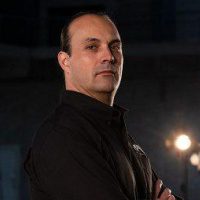
Alfonso Hernández is an Entrepreneur looking to accelerate the transition to electric mobility in Mexico since 2015 through his company Advanced Power Vehicles. Selected in 2019 by Forbes as Mexico´s 30 business promises of the year. The Startup’s first project was a public transport bus, converted from diesel to 100% electric, first in Mexico with modern technology. In 2017, he designed and developed the first electric horseless carriage implemented by the city of Guadalajara and becoming the worlds first project that successfully transitioned from horse drawn carriages to electric carriages. With a Bachelor in Industrial Design and some semesters as Mechanical engineer from the Tec of Monterrey University, he as experience in the Automotive Sector, Software industry, Merchandising industry and the Energy sector. Connect with Alfonso on LinkedIn.
